Latest Progressive Rock Music Reviews
Last 50 reviews
Gentle Giant Eclectic Prog
Review by sgtpepper
 The band does not make any trade-off in creating another ultra-complex, non-commercial output that few other
bands could match. Using no conventional song format and also not relying on loose jamming, crafting music filled
with so many ideas is a very daunting task.
Nevertheless, I still thing that this one is more memorable mainly thanks to the developed classical music inspired
singing that has become GG's trademark.
The first composition is already a masterpiece (primary falsetto vocal reminding of Focus), great elegant chord
sequences. The second track is not that distinctive but what an achievement on the King Crimson heavy-like "The
house, the street, the room". The chorus is excellent with great riffing and then mellow keyboard/vocal led
movement.
"Wreck" is another distinctive number with folk main motive and Renaissance thanks to intelligent harpsichord and
flute intermezzos. The soaring guitar complements the emotional track.
"The moon is down" is notable for its keyboard-heavy footprint be it elegant or playful.
Gentle Giant were in lead in 1971 when it comes to compositional complexity. While other progressive rock bands
may have had better playing abilities or create more symphonic pieces, GG were the most elaborate and dense.
The band does not make any trade-off in creating another ultra-complex, non-commercial output that few other
bands could match. Using no conventional song format and also not relying on loose jamming, crafting music filled
with so many ideas is a very daunting task.
Nevertheless, I still thing that this one is more memorable mainly thanks to the developed classical music inspired
singing that has become GG's trademark.
The first composition is already a masterpiece (primary falsetto vocal reminding of Focus), great elegant chord
sequences. The second track is not that distinctive but what an achievement on the King Crimson heavy-like "The
house, the street, the room". The chorus is excellent with great riffing and then mellow keyboard/vocal led
movement.
"Wreck" is another distinctive number with folk main motive and Renaissance thanks to intelligent harpsichord and
flute intermezzos. The soaring guitar complements the emotional track.
"The moon is down" is notable for its keyboard-heavy footprint be it elegant or playful.
Gentle Giant were in lead in 1971 when it comes to compositional complexity. While other progressive rock bands
may have had better playing abilities or create more symphonic pieces, GG were the most elaborate and dense.
MEMBERS LOGIN ZONE
As a registered member (register here if not), you can post rating/reviews (& edit later), comments reviews and submit new albums.
You are not logged, please complete authentication before continuing (use forum credentials).
Ruins Zeuhl
Review by bartymj
 As they did with previous album Hyderomastgroningem, insane Japanese band Zeuhl mix their regular brand of thrashing
around in a small room full of instruments, with more refined (but still heavily Avant-Garde) genuine compositional talent.
The title track gives the impression that you're in for some chaos, but at Stara Planina and Eccentric Ditch we actually
have something that's almost on the verge of catchy. Much of what follows though is noise and nonsense I'm afraid!
That's followed by live versions of some previous tracks - of no more interest than the "studio" efforts. As a musical trivia
quiz, check out the 3 minute prog rock medley at the end.
As they did with previous album Hyderomastgroningem, insane Japanese band Zeuhl mix their regular brand of thrashing
around in a small room full of instruments, with more refined (but still heavily Avant-Garde) genuine compositional talent.
The title track gives the impression that you're in for some chaos, but at Stara Planina and Eccentric Ditch we actually
have something that's almost on the verge of catchy. Much of what follows though is noise and nonsense I'm afraid!
That's followed by live versions of some previous tracks - of no more interest than the "studio" efforts. As a musical trivia
quiz, check out the 3 minute prog rock medley at the end.
MEMBERS LOGIN ZONE
As a registered member (register here if not), you can post rating/reviews (& edit later), comments reviews and submit new albums.
You are not logged, please complete authentication before continuing (use forum credentials).
Yochk'o Seffer Zeuhl
Review by bartymj
 The prolific saxophonist sticks solely with the alto sax on this album, and has almost left Zeuhl behind other than a few
reminiscent passages and the presence of brilliant Zao drummer Jean-My Truong. There's lots of programming involved,
mostly jazz fusion throughout. To be honest, not easy to be engaged with all in one go, there's only so much solo
saxophone improvisation you can take! I wouldn't pick out many tracks as highlights but Avoda is decent, as is Raspoutine
as a good example of the electronic/programmed element of Seffer's style of Jazz (and with a bit less Sax!). A lot of it is
quite atonal, which is great when used right, but I think there's just a bit too much of it here
The prolific saxophonist sticks solely with the alto sax on this album, and has almost left Zeuhl behind other than a few
reminiscent passages and the presence of brilliant Zao drummer Jean-My Truong. There's lots of programming involved,
mostly jazz fusion throughout. To be honest, not easy to be engaged with all in one go, there's only so much solo
saxophone improvisation you can take! I wouldn't pick out many tracks as highlights but Avoda is decent, as is Raspoutine
as a good example of the electronic/programmed element of Seffer's style of Jazz (and with a bit less Sax!). A lot of it is
quite atonal, which is great when used right, but I think there's just a bit too much of it here
MEMBERS LOGIN ZONE
As a registered member (register here if not), you can post rating/reviews (& edit later), comments reviews and submit new albums.
You are not logged, please complete authentication before continuing (use forum credentials).
Gentle Giant Eclectic Prog
Review by sgtpepper
 Gentle Giant started strong and aimed at on their debut album. They are certainly among TOP 10 UK progressive
bands of the 70's yet underrated by anyone but prog-lovers, probably because the high complexity and lower
accessibility. A large line-up from the first album with multi-instrumental capabilities opened wide door to the
progressive rock realm.
At a relatively young age, the band displays familiarity with hard-rock, classical music, folk music and 60's
psychedelia.
The first track is absolutely amazing, very complex but perhaps the only catchy one. GG as no fear of going through
irregular rhythm, adding exotic instruments, change styles abruptly and create sonically rich portraits (especially
when keyboards are involved).
"Nothing at all" at its 9 minutes could be mistakenly considered to be a complex opus but it is a rather pleasant
psychedelia number that is interrupted by drum soloing and avantgarde dissonant experiments.
Astonishingly strong debut!
Gentle Giant started strong and aimed at on their debut album. They are certainly among TOP 10 UK progressive
bands of the 70's yet underrated by anyone but prog-lovers, probably because the high complexity and lower
accessibility. A large line-up from the first album with multi-instrumental capabilities opened wide door to the
progressive rock realm.
At a relatively young age, the band displays familiarity with hard-rock, classical music, folk music and 60's
psychedelia.
The first track is absolutely amazing, very complex but perhaps the only catchy one. GG as no fear of going through
irregular rhythm, adding exotic instruments, change styles abruptly and create sonically rich portraits (especially
when keyboards are involved).
"Nothing at all" at its 9 minutes could be mistakenly considered to be a complex opus but it is a rather pleasant
psychedelia number that is interrupted by drum soloing and avantgarde dissonant experiments.
Astonishingly strong debut!
MEMBERS LOGIN ZONE
As a registered member (register here if not), you can post rating/reviews (& edit later), comments reviews and submit new albums.
You are not logged, please complete authentication before continuing (use forum credentials).
Impuls Jazz Rock/Fusion
Review by
BrufordFreak
Collaborator Honorary Collaborator
 Another awesome one-off from a short-lived Czech band.
Another awesome one-off from a short-lived Czech band.1. "Horni konec dolni konec" (4:07) two motifs, one funkier than the other and containing some nice dueling between trumpet, flanged electric guitar, double bass, and keyboard synth. (8.875/10)
2. "Cervanky" (4:47) slow and reflective with delicate yet-nuanced performances from all of the musicians. The music keeps getting stronger, more dynamic (and, melodically, more 1960s game show-like) over the course of its almost-five minutes. (8.75/10)
3. "Osmikraska" (5:49) opening with some bowed electric bass (or cello) that has a very interesting effect plugged into it, the song then launches with the whole band moving into a great bass-and-drum-led groove with horn section. Great syncopation from the drums and bass while guitarist Zdenek Fiser solos and Fender Rhodes player Pavel Kostiuk supports. Trumpeter Michal Gera takes the next turn in the lead while bassist Frantisek Uhl�r does some interesting moving around beneath. Bowed electric violin (or cello) gets the next turn before the band comes back together to recite the collective melody line with the horns fully involved. Cool song! (9/10)
4. "V klidu a pohode" (4:23) ominous melody line to open this slow, ruminative song of suspicion and paranoia. A little too herky-jerky for my tastes. (8.75/10)
5. "Sextant" (4:43) even though the title here seems to give a nod to Herbie Hancock, I hear a predominance of Mahavishnu Orchestra with Jan Hammer-type Moog soloing. (9/10)
6. "Cumulus" (5:03) a nod to Billy Cobham's "Stratus"? a very quirky and interesting song making footprints in several j- r fusion camps: funk, technical, Smooth, experimental, and (9/10)
7. "Riko" (4:45) smooth jazz with some admirably-tight whole-band playing--especially from the multiple instruments proposing the melody together. My favorite song on the album. (9.25/10)
8. "Povidlove hody" (5:26) from the start this sounds like an experimental practice �tude--like one of the band's warm up songs. (8.5/10)
Total Time 38:58
Very solid and nicely rendered performances of solid Jazz-Rock Fusion compositions.
B+/four stars; an album of Jazz-Rock Fusion that is, I feel, actually better than its score indicates. I recommend you try it for yourself--especially if you're into Jazz-Rock Fusion.
MEMBERS LOGIN ZONE
As a registered member (register here if not), you can post rating/reviews (& edit later), comments reviews and submit new albums.
You are not logged, please complete authentication before continuing (use forum credentials).
Nektar Psychedelic/Space Rock
Review by
Hector Enrique
Prog Reviewer
 In keeping with their tradition of not pigeonholing themselves into a particular theme, neither with tabs on the
oceans, nor with the fantastical memories that the future can generate nor the dazzling lights of the circus, Nektar,
the most German Englishmen of the progressive scene, take a new turn of the screw and get very serious with one
of the first known works regarding environmental concerns at a time when it was not yet on the global agenda:
'Recycled', the band's sixth album, released in 1975.
In keeping with their tradition of not pigeonholing themselves into a particular theme, neither with tabs on the
oceans, nor with the fantastical memories that the future can generate nor the dazzling lights of the circus, Nektar,
the most German Englishmen of the progressive scene, take a new turn of the screw and get very serious with one
of the first known works regarding environmental concerns at a time when it was not yet on the global agenda:
'Recycled', the band's sixth album, released in 1975.With no moralistic or vindicatory pretensions, Nektar exposes their visionary concerns about the future of the planet with a proposal that is closer to electronic and symphonic sonorities to the detriment of their increasingly less raspy creations, accompanied by the substantial collaboration of Larry Fast, recognised master of synthesizers, who nourished 'Recycled' with that futuristic instrumental touch that complements the album's narrative.
Separated into two major segments for a total of eleven pieces, the first half, 'Recycled - Part 1', unfolds consistently, without pause and at an agile pace, highlighting the epic melody of the opening 'Recycled' and its follow-up 'Recycled Countdown' with Allan Freeman's keyboards and Roye Albrighton's funky riffs, the industrialised arrangements of 'Cybernetic Consumption' with Fast's supreme moog, Derek Moore's robotic narration on the apocalyptic 'Automaton Horrorscope', and the fast-paced 'Unendless Imagination?' with a huge choral arrangement in Gregorian mode and the cosmic keyboard dissolving to conclude the excellent first segment of the album.
'Recycled - Part 2', which begins by picking up the keyboards where the first half ends, slows down and includes more heterogeneous rhythms, fusing Latin American elements and jazz touches on the laid-back 'S�o Paulo Sunrise' and 'Costa Del Sol' with great work from Derek Moore on bass, and reinforces its futuristic vision with the final minute synth curtain of 'Marvellous Moses', before Albrighton's beautifully arpeggiated guitars lead into the album's melancholic, orchestrated finale with the sombre 'It's All Over'.
The remastered edition of 2024, almost 50 years after the release of 'Recycled', the last album of Nektar's most classic period, includes a new mix by Geoff Emerick, and two very good sounding concerts from the 1976 tour in Toronto and Long Island. A valuable addition to the band's discography.
Very good
3.5/4 stars
MEMBERS LOGIN ZONE
As a registered member (register here if not), you can post rating/reviews (& edit later), comments reviews and submit new albums.
You are not logged, please complete authentication before continuing (use forum credentials).
Tony Banks Crossover Prog
Review by alainPP
 1. From the Undertow intro to the burning rope, latent, aerial, crystalline piano, a good GENESIS encore in fact; we
get into the subject and it's better than the sound of the group
2. Lucky Me with Kim on vocals, you have to get used to it, hard for me; Well-calibrated marshmallow romance with
an intoxicating Banks vibe
3. The Lie as an ersatz of a Genesisian title, I'll let you guess which one but yes I'm starting to think of scraps of
titles that he kept in his computer
4. After the Lie on a more airy, fresher, fruity piece, the title that we are releasing in the spring; in fact it could be a
GENESIS with Chester hitting the barrels; All that would be missing is a guitar solo from Mike who was almost as
discreet as Steve when there were still 5 of them, a dynamite consensus title which is really not bad at all, for
anyone who doesn't yet know GENESIS!!
5. A Curious Feeling continues the dynamic and then there were three, like falls from this album, but good falls!
with paradoxically more long pieces, strange or done on purpose, in any case a real joy
6. Forever Morning and an instrumental in addition to the intro; majestic, Vangelisian, admirable, of the primary
symphonic which sends you with two very high chords,
1. From the Undertow intro to the burning rope, latent, aerial, crystalline piano, a good GENESIS encore in fact; we
get into the subject and it's better than the sound of the group
2. Lucky Me with Kim on vocals, you have to get used to it, hard for me; Well-calibrated marshmallow romance with
an intoxicating Banks vibe
3. The Lie as an ersatz of a Genesisian title, I'll let you guess which one but yes I'm starting to think of scraps of
titles that he kept in his computer
4. After the Lie on a more airy, fresher, fruity piece, the title that we are releasing in the spring; in fact it could be a
GENESIS with Chester hitting the barrels; All that would be missing is a guitar solo from Mike who was almost as
discreet as Steve when there were still 5 of them, a dynamite consensus title which is really not bad at all, for
anyone who doesn't yet know GENESIS!!
5. A Curious Feeling continues the dynamic and then there were three, like falls from this album, but good falls!
with paradoxically more long pieces, strange or done on purpose, in any case a real joy
6. Forever Morning and an instrumental in addition to the intro; majestic, Vangelisian, admirable, of the primary
symphonic which sends you with two very high chords,7. You continues on the same musical line with an innocuous verse-chorus followed by a flight of synths, yes more modern, a little brightened up of the genre and the cruise has fun; the solemn tone reinforces the experienced side of the group which knows what it is playing, in short admirable; the finale with the notes that flow, that roll like on a... GENESIS, we even have the impression of hearing the archangel's flute to tell you 8. Somebody Else's Dream for the Chris and Tony association, the vocal flirting between a TOTO and an AOR group, yes you have to look a little; otherwise I'm waiting for the instrumental part, suddenly crystal clear piano and the flight... too fast, disappointment in fact; yes Tony alone makes me vibrate more 9. The Waters of Lethe and the 3rd instrumental which once again stands out; the grandiloquent symphonic side with the Vangelisian touch which does not leave one indifferent, and this progressive escapade which goes well beyond prog, an Olympian neo-classical feeling 10. For a While nursery rhyme for the piano, the ballad is all, the source dries up? 11. In the Dark for the Genesisian finale, yes I assume, an almost more beautiful ersatz space which closes with this grandiloquent organ rise which makes you grow hair on your skull, a bucolic and enjoyable pleasure in fact.
MEMBERS LOGIN ZONE
As a registered member (register here if not), you can post rating/reviews (& edit later), comments reviews and submit new albums.
You are not logged, please complete authentication before continuing (use forum credentials).
Antti Louhivaara Jazz Rock/Fusion
Review by
Matti
Prog Reviewer
 It was either JR/F or Eclectic Prog where the Finnish composer and multi-instrumentalist Antti Louhivaara was to be
placed. He himself would have preferred the latter, but I agree with the decision made by the teams. Even though this
instrumental music, in its rhythmic complexity and regular rock instrumentation, is thoroughly progressive rock, more
clearly than it is fusion (and the plain jazz nuances being absent), it's easy to hear the stylistic connections to the
jazz/fusion wing of the prog universe. My initial associations included FRANK ZAPPA, PEKKA POHJOLA and at times
ROZ VITALIS.
It was either JR/F or Eclectic Prog where the Finnish composer and multi-instrumentalist Antti Louhivaara was to be
placed. He himself would have preferred the latter, but I agree with the decision made by the teams. Even though this
instrumental music, in its rhythmic complexity and regular rock instrumentation, is thoroughly progressive rock, more
clearly than it is fusion (and the plain jazz nuances being absent), it's easy to hear the stylistic connections to the
jazz/fusion wing of the prog universe. My initial associations included FRANK ZAPPA, PEKKA POHJOLA and at times
ROZ VITALIS.After releasing two digital albums containing pieces that were composed in a long time-line, Louhivaara made his CD debut with this one compiling compositions from both Sinputus (2020) and Karmiekonytisti (2023). All instruments --guitars, bass, keyboards, software, drums -- are played by Louhivaara who's also responsible of producing, recording and mixing. The result is very, very good from the technical point of view. He's among the most convincing one-man bands I know.
Many track titles have witty wordplays that I'm not trying to explain to non-Finnish speakers. With 14 tracks all more or less oriented to nearly ADHD-ishly playful writing style highlighting the complexity and technical ambition, listening to the entire CD through gets rather exhausting. I'm not exactly sure if the best pieces come in the beginning or is it just that my ears and mind are getting tired. 'Sinputus' (the longest one at 8:39) is pretty impressive, and also 'Lirpsutus' has nice dynamics. 'Kaiutus' is a little mellower in comparison, at least partly, and would't be a disgrace at all on Pekka Pohjola's albums of the 80's or 90's.
While I like the fast, Zappa-esque xylophone/vibes parts on 'Leidit Aivan Kiinassa', it's durig this very track (No. 4) that I already begin to feel tired and start to think that this music is a bit too much for the brain and far too little for the heart, if you know what I mean. The waltz-like elements on 'Valssaan ja Poraan' are fairly amusing. 'Kujerrus' contains also a sax-sound in its diverse arrangement. Nevertheless, the further I listen to the CD, the more I start questioning whether I honestly, wholeheartedly enjoy this music. New sonic details keep coming -- for example Eastern influences on percussion in the final piece 'Allihuuppa' -- but the overall approach stays very much the same, ie. very restless, without moments for a rest and in benefit for the emotional dynamics of the whole. There are no truly memorable melodies either. This is why I'm rating this CD in the middle ground.
MEMBERS LOGIN ZONE
As a registered member (register here if not), you can post rating/reviews (& edit later), comments reviews and submit new albums.
You are not logged, please complete authentication before continuing (use forum credentials).
This Winter Machine Neo-Prog
Review by
kev rowland
Special Collaborator Honorary Reviewer
 Although this is a band, and not a project, these guys have had some issue with continuity of line-up over the years,
and this has continued through to their fourth album. After 2019's excellent 'A Tower of Clocks' there was a mass
departure, leaving singer Al Winter to bring together a brand-new group plus guests for 2021's 'Kites', which for some
strange reason I never heard. Now we are back with their most recent release, and this time apart from Al the only
musicians retained are the rhythm section of Dave Close (bass) and Alan Wilson (drums) with new members in the
shape of John Cook (guitars) and Leigh Perkins (keyboards, whistles, backing vocals) plus two guests contributing on
one track each.
Although this is a band, and not a project, these guys have had some issue with continuity of line-up over the years,
and this has continued through to their fourth album. After 2019's excellent 'A Tower of Clocks' there was a mass
departure, leaving singer Al Winter to bring together a brand-new group plus guests for 2021's 'Kites', which for some
strange reason I never heard. Now we are back with their most recent release, and this time apart from Al the only
musicians retained are the rhythm section of Dave Close (bass) and Alan Wilson (drums) with new members in the
shape of John Cook (guitars) and Leigh Perkins (keyboards, whistles, backing vocals) plus two guests contributing on
one track each.Given the turmoil in the ranks one might expect the quality to suffer, but that is not the case as yet again we have a really enjoyable neo prog release which has a lot going for it the first time it is played, with hidden depths becoming apparent after repeated plays. It is a concept release, based on dystopia and steampunk, and Al obviously has a very clear idea on what he wants to achieve, even stepping aside on "Change" for Andre Saint to guest on lead vocals on the heavier track as it is obviously what he felt that song needed. This is very much neo prog, but it has been polished and crafted for the modern age so there are elements of symphonic and even crossover in what is being presented, which means that people who are fans of commercial melodic rock will also get a lot out of this.
The last time I reviewed This Winter Machine I said they contained obvious elements of early Pallas and Marillion, combined with some Pendragon, Galahad and Grey Lady Down, and I still believe that is the case even with a total change in personnel apart from Al, yet here it is polished to a high degree. Hopefully they will find more continuity in the future, as I note they are again looking for a guitarist, as if they can deliver music as strong as this with the line-up in turmoil what is going to happen when they are stable? Yet another solidly enjoyable release.
MEMBERS LOGIN ZONE
As a registered member (register here if not), you can post rating/reviews (& edit later), comments reviews and submit new albums.
You are not logged, please complete authentication before continuing (use forum credentials).
Roz Vitalis RIO/Avant-Prog
Review by
kev rowland
Special Collaborator Honorary Reviewer
 The Latin title of this album can be translated to 'Because They Don't Know What They Are Doing' and it would be
interesting to ask Ivan Rozmainsky (keyboards) who he is aiming that at, although one can surmise. It has been five
years between studio albums, during which time the world has changed for musicians in Russia and Ukraine, but
finally here we are back with their latest release. There has been a slight change in personnel since the last one, but
Ruslan Kirillov (bass), Vladislav Korotkikh (low whistle, flutes), and Vladimir Semenov-Tyan-Shansky (acoustic & electric
guitars) are still involved, while long-time drummer Philip Semenov has now been replaced by Evgeny Trefilov who
also provides some keyboards. As is usual, we also have some guest musicians providing additional instrumentation,
of which the most key is the trumpet of Alexey Gorshkov.
The Latin title of this album can be translated to 'Because They Don't Know What They Are Doing' and it would be
interesting to ask Ivan Rozmainsky (keyboards) who he is aiming that at, although one can surmise. It has been five
years between studio albums, during which time the world has changed for musicians in Russia and Ukraine, but
finally here we are back with their latest release. There has been a slight change in personnel since the last one, but
Ruslan Kirillov (bass), Vladislav Korotkikh (low whistle, flutes), and Vladimir Semenov-Tyan-Shansky (acoustic & electric
guitars) are still involved, while long-time drummer Philip Semenov has now been replaced by Evgeny Trefilov who
also provides some keyboards. As is usual, we also have some guest musicians providing additional instrumentation,
of which the most key is the trumpet of Alexey Gorshkov.I have been following the music of Roz Vitalis for well over a decade now, and there is no doubt they are one of my very favourite Russian bands, but one is never quite sure in what direction they are going to lead us, and this album finds us in a different mood to what I normally expect. While there are still RIO elements, there are less of the modern classical (although some songs, such as "Fountain", still demonstrate those roots), and in many ways this release finds the band both experimenting with their sound and becoming somewhat more commercial. This means it is one of the easiest of their albums to enjoy the first time it is played, and I certainly do not agree with some of the comments I have seen regarding the content, arrangements or production as while this may not be as dynamic and off the wall as their wonderful live albums, they are a quite a different band in the studio and this is far more reflective.
This is their eleventh studio release, and it is nice to see a band continuing to explore what they wish to achieve and how they are going about it as opposed to going through the motions. I continue to be excited when I see they have a new release available and while this may not be as essential as some of theirs, it is still one I have enjoyed immensely and isn't that what listening to music is supposed to be about?
MEMBERS LOGIN ZONE
As a registered member (register here if not), you can post rating/reviews (& edit later), comments reviews and submit new albums.
You are not logged, please complete authentication before continuing (use forum credentials).
Ovrfwrd Heavy Prog
Review by
kev rowland
Special Collaborator Honorary Reviewer
 Back with their fifth album in ten years, all with the same line-up, instrumental quartet Ovrwfrd continue to prove it is
possible to be dynamic, exciting and engaging without a frontman. Playing a genre such as progressive rock is to
scratch an itch, not to make money and become household names (sadly), and to cut back the possible listeners even
further by forgoing the use of a singer clearly demonstrates just how much this style of music means to them all. Mark
Ilaug (electric & acoustic guitars), Chris Malmgren (keyboards), Kyle Lund (bass) and Richard Davenport (drums &
percussion) prove that when all musicians are in sync, they create a world where nothing else exists.
Back with their fifth album in ten years, all with the same line-up, instrumental quartet Ovrwfrd continue to prove it is
possible to be dynamic, exciting and engaging without a frontman. Playing a genre such as progressive rock is to
scratch an itch, not to make money and become household names (sadly), and to cut back the possible listeners even
further by forgoing the use of a singer clearly demonstrates just how much this style of music means to them all. Mark
Ilaug (electric & acoustic guitars), Chris Malmgren (keyboards), Kyle Lund (bass) and Richard Davenport (drums &
percussion) prove that when all musicians are in sync, they create a world where nothing else exists.It would be easy to say the band relies heavily on the skill and musicianship of Mark and Chris to drive the melodies, such is the interplay between them and the way they mix and weave the threads, taking over or leading the other one in, but that would greatly diminish the roles of Kyle and Richard who are key to the overall success. Take "Eyota" for example, for the vast majority of that piece it is just Mark and Chris, with the others eventually making their presence felt, but it is the not playing and allowing space to breathe which really makes this. That this album was recorded in just five days last August is hard to comprehend, which shows there must have been a lot of live interaction between them. A special note should also be made of trumpeter Dave Foley who plays on opening number "Red Blanket", taking the band much more in a JRF fashion, yet that is just for one song as here we have a band revelling in heavy prog, with some neo tendencies here and there (and some symphonic). This never feels like a prog band out to demonstrate just how clever they are, but instead there is a focus and direction which is often missing with instrumental acts.
Five albums in, and they continue to surprise and delight, long may it continue.
MEMBERS LOGIN ZONE
As a registered member (register here if not), you can post rating/reviews (& edit later), comments reviews and submit new albums.
You are not logged, please complete authentication before continuing (use forum credentials).
Gunesh Ensemble Jazz Rock/Fusion
Review by
BrufordFreak
Collaborator Honorary Collaborator
 The debut album of ethnic folk-jazz-rock fusion from Turkmenistan. Reminds me of the early albums of Chilean band
LOS JAIVAS.
The debut album of ethnic folk-jazz-rock fusion from Turkmenistan. Reminds me of the early albums of Chilean band
LOS JAIVAS.1. "Жиги-Жиги (Девушка) / The Girl" (3:42) great jazz-rock fusion rhtyhm lines with jazz-rock horns and odd 1960s- sounding group vocal singing of folk/ethnic music. (9.25/10)
2. "Туни Деря" (5:28) another set up of great, amazingly tight jazz-rock funk fusion. Then, at 0:42, everybody clears out so that an electrified traditional stringed instrument (balalaika?) steps in to solo for the next minute. It feels as if the band is all there, sitting and watching with the utmost respect as their elder tells his old tale. At 1:45 electric guitar and then drums and bass start to join in. When everybody's back in, the band sounds as if they're channelling the Mahavishnu Orchestra. By 3:00 the music has settled into a Latin-sounding rhythm pattern over which several male vocalists begin singing what feels like their traditional (Arabian) call-and-response vocals. Electric guitar takes the next solo in the fifth minute. These vocals almost sound West African! It just illustrates to me how small the planet really is-- how linked are human musical traditions. (9.5/10)
3. "Акжа Кепдери / White Dove" (4:03) opens like an old blues (maybe blues-rock) song from the 1960s with full band playing low and slow while expert jazz guitar and tenor sax play with Elvis-like male vocal crooning with deeply ambiguous feeling: He's obviously expressing deep feelings; Is he sad or happy? (9/10)
4. "Восточный Сувенир / The Oriental Souvenir" (4:58) heavy rock-based music opens this one sounding like something from Larry Coryell or some Latin percussion band. Wonderful sax-marimba interplay after the bridge in the beginning of the second minute. Eventually Stanislav Morozov's sax and rest of the band drown out the tuned percussion as the band drifts into a more smoothly-flowing motif for Stan's sax to continue his wonderful soloing. Bass and drums are outstanding, as are horn section accents and banks. I'm sure that Don Ellis would be proud! (8.875/10)
5. "Кечпелек (Баллада о судьбе) / Bitter Fate / (The Ballad of Destiny)" (7:08) more Arabic-sounding vocals with some electrified oud-like instrument and percussives supporting with flurries and flourishes. After 90 seconds the rock support solidifies in a slow, dirge-like rhythm track with Hammond, electric bass, and straight-time drums. The oud- like electric guitar continues throughout all this, even when the liturgical singer cuts out, leaving a trail of perfectly tremoloed melody lines up to the odd break and transition starting at 3:55. Bass and drums get to start the next very- Andalusian-sounding section as the full bank of horns joins in. The vocalist returns, continuing in a form and style that seems to connote religious fervor. Great bass and horn play with and beneath the singer. Once he cuts out more impressive Don Ellis-like play ensues. I swear that finish is Latin American! (13.375/15)
6. "Ялан / Cheating" (2:44) part Latin/Herb Alpert-like music, part obvious local ethnic traditional music--with support of Hammond organ and horn section. (8.666667/10)
7. "Коне Гузер / At the Old Creek" (4:15) electric guitar and electric piano support the impassioned ethnic vocal of one of the outstanding lead vocalists (wish I knew which one). Great latent tension hiding within this one--tension that the electric guitar, bass guitar, drumming, and saxophone do their best to release to the wind. So many textures and emotions conveyed in this masterpiece. (9.75/10)
8. "Арманым Галды / Separation (Parting)" (3:12) opens like a traditional South American song before turning to jazz- rock at the end of the first minute. GREAT bass, drums, rhythm guitar, and horn section work beneath the lyrics that just gets better between the vocal sections. Wow! These guys can really play! (And this lead vocalist can really sing!) (9/10)
Total Time 35:30
I've heard that Gunesh's next album, released in 1984, is even better than this one!
A-/five stars; a wonderful display of traditional/ethnic music blended seemlessly, no, virtuosically, into rock and jazz- rock and Jazz-Rock Fusion forms. Definitely an experience I highly recommend for all prog lovers.
MEMBERS LOGIN ZONE
As a registered member (register here if not), you can post rating/reviews (& edit later), comments reviews and submit new albums.
You are not logged, please complete authentication before continuing (use forum credentials).
Riverside Progressive Metal
Review by
Mellotron Storm
Prog Reviewer
 I give this band a lot of credit for making an album all about their recently departed guitarist Piotr Grudzinski. How
difficult this must have been, especially for Duda who writes the lyrics and sings them. This record is bursting with
emotion. Even the song titles, but especially the opener and closer which are just so meaningful. It opens with "The
Day After"(Piotr's passing) and the closer "The Night Before"(his passing). I have not felt emotion like this since THE
PINEAPPLE THIEF's "Little Man" and to a lesser extent GREEN CARNATION's "Journey To The End Of The Night". Both
dealing with the death of a child.
I give this band a lot of credit for making an album all about their recently departed guitarist Piotr Grudzinski. How
difficult this must have been, especially for Duda who writes the lyrics and sings them. This record is bursting with
emotion. Even the song titles, but especially the opener and closer which are just so meaningful. It opens with "The
Day After"(Piotr's passing) and the closer "The Night Before"(his passing). I have not felt emotion like this since THE
PINEAPPLE THIEF's "Little Man" and to a lesser extent GREEN CARNATION's "Journey To The End Of The Night". Both
dealing with the death of a child.This feels like a record that needed to be made and really it's a one-off in the sense they are a trio not replacing Piotr yet because the three remaining members need to do this together. Yes they brought in three guests with two adding guitar on some tracks and one adding violin on a few songs. Duda's vocals are rough at times, a different style for him but only when he's singing in a reserved manner. These guys are in mourning. Travis Smith nails the art work and we get nine tracks worth 51 minutes.
I do feel this is a four star effort, I mean they really hit some highs here but it's also inconsistent in my opinion. Also it's just too sad for me to even want to play it again. "Little Man" at least had those uplifting moments while "Journey To The End Of The Night" is about as dark an album as I have heard. No light, no hope but they would follow that up with "Light Of Day, Day Of Darkness" an incredible record. Those two are like ying and yang.
So I do have two tracks that stood out for me on this RIVERSIDE record. "Vale Of Tears" for one is just so interesting and I love when it turns heavy 3 minutes in. The next track "Guardian Angel" gives us some light at least early on but eventually I'm reaching for the kleenex. "The Struggle For Survival" is interesting in that it's a 9 1/2 minute instrumental and after 8 minutes I'm thinking PORCUPINE TREE. I feel like there is a ton of meaning in the lyrics for "River Down Below". The lyrics are so emotional on "Lament" and the violin offers that too late to end it.
I love the way the remaining three members honoured their guitarist here on "Wasteland". They certainly dealt with it head on. ONE SHOT decided to make a live album bringing back their original keyboardist but not replacing guitarist James Mac Gaw. A night of emotion no doubt for all in attendance. Keep in mind ONE SHOT is an all instrumental band. A solid 4 stars for album number 7.
MEMBERS LOGIN ZONE
As a registered member (register here if not), you can post rating/reviews (& edit later), comments reviews and submit new albums.
You are not logged, please complete authentication before continuing (use forum credentials).
Ian Gillan Band Jazz Rock/Fusion
Review by
BrufordFreak
Collaborator Honorary Collaborator
 Deep Purple-departed Ian Gillian gathered a whole bunch of A-level all-stars to make a fairly decent jazz-infused rock
'n' roll album.
Deep Purple-departed Ian Gillian gathered a whole bunch of A-level all-stars to make a fairly decent jazz-infused rock
'n' roll album.1. "Clear Air Turbulence" (7:35) atmospheric opening with butterfly-flutes suddenly burst forward with a somewhat- funky bass-led rock motif over which Ian sings (with some growling poorly-effected vocals). Reminds me of one of Jean-Luc PONTY's hyperdrive songs from the same era. Around 2:30 it suddenly slows way down for a different motif. Bass and drums are quite impressive in this section with nice electric piano support. (13.25/15)
2. "Five Moons" (7:30) solo flute opens this before Fender Rhodes takes over. Ian's treated, John Anderson-like singing joins the electric piano before the end of the first minute. At the two minute mark the full band joins in with a bombastic burst of sound but then calms back down to Fender and voice after only 25-seconds. Too bad for Ian's effected voice cuz I can't really get a sense if he's a good singer (his melodic choices are nothing to write home about). The bass is about the only element of this song that is not rock--that is kind of jazzy--though maybe the dreamy Fender Rhodes qualifies at times. It's a voice like Steve Hillage uses on his first couple solo albums. (12.875/15)
3. "Money Lender" (5:38) purely a rock song with Ian going off with some raunchy stereotypic rock singing. The music is also pure two-chord rock though horn section and jazzy bass somehow work into the song's foundation. It sounds a bit like GRAND FUNK RAILROAD with Mel Shacher in the lead. The secondary motif in the third minute is pleasant and melodic in a pop-jazz way. The rest is pretentious (unless, I suppose, you take stock of the message of his lyrics). (8.6666667/10)
4. "Over The Hill" (7:14) nice Cauca-funky bass, drums, and rhythm guitar within a driving rock-vocaled song. Some of the best musicianship of the album. Great keyboard solo in the fourth and fifth minutes. Too bad about the vocal. The moslty-instrumental second half of the song contains some great music but then Ian's "Smoke on the Water" vocal rejoins. (13.375/15)
5. "Goodhand Liza" (5:24) hand percussion opens this one for 30-seconds before bass and drums join in--voice at 0:45. Whole-group vocals join in with keys and rhythm guitar over the cruisin' conga play giving it a kind of STYX or feel. Interesting and not bad instrumental passage in the fourth minute before John Gustafson starts a STANLEY CLARKE/ RTF-like bass chord sequence at 4:00. Off set by cat-like synth sounds, John's bass and Mark Nauseef's play out to the end. (8.66667/10)
6. "Angel Manchenio" (5:17) almost a variation of QUEEN's "Another One Bites the Dust." Nice guitar and keyboard performances. The work of the steady, fast-drivin' rhythm section eventually hypnotizes the listener into liking it--as well as the THIN LIZZY-like twin-melody-making of the guitar and Fender Rhodes. (8.75/10)
Total Time: 38:38
Despite jazz elements (mostly coming from the wonderfully-talented bass player, John Gustafson), this is not Jazz-Rock Fusion, not even jazz-rock; it's just rock 'n' roll. Why the guys decided to allow their identity to be lead by their singer (who, I'm sure, had little to do with the writing of the album's music) I do not know. I guess the dude had star power-- "name recognition" as they say.
B/four stars; a nice addition to any rock-oriented prog lover's music collection.
MEMBERS LOGIN ZONE
As a registered member (register here if not), you can post rating/reviews (& edit later), comments reviews and submit new albums.
You are not logged, please complete authentication before continuing (use forum credentials).
Robert Genco Jazz Rock/Fusion
Review by
BrufordFreak
Collaborator Honorary Collaborator
 A very obscure Italian artist who only recorded this one album in 1977 but didn't get it released in CD form until 2011
(and later in digital streaming formats on Bandcamp).
A very obscure Italian artist who only recorded this one album in 1977 but didn't get it released in CD form until 2011
(and later in digital streaming formats on Bandcamp).1. "Angosia" (10:15) funky bass and drum line runs through the whole five-part jazz-rock suite. Excellent drumming and composition but the bass line gets rather old. The lead instruments over the top (flute, trumpet, electric guitar, electric piano, and reverbed voice)) do a pretty good job of distracting as do the accent horns in the third motif. (17.75/10)
2. "Beyond The life" (5:11) excellent emotional song sung very powerfully by Robert. Impressive guitar play from Giorgio Cocilovo but excellent sound and play from Tuccio Garofalo on electric piano, bassist Silvio Condemi, and Robert on drums. Beautiful Smooth Jazz. (9.75/10)
3. "All Recomposes" (5:24) a more symphonic approach to jazz pop. Sounds like a cross between Donovan and Greg Lake-led PROCOL HARUM. Robert really does have an excellent, very emotive singing voice. The song builds beautifully after Robert finishes singing the first verse, eventually climaxing in a kind of "Space Oddity" finish. (9.5/10)
4. "Nature And Transmigration" (18:32) this seven-movement suite starts out very atmospheric/pastoral for the first two movements--like a classically-formulated song, but then it gets funky with the arrival of the fifth minute. Flute solos over the first minute of this movement before Robert starts to sing, then electric guitar gets a turn to solo. The fourth "chapter" or movement starts at 6:57 and flattens out into more-Mahavishnu-like speed sprint with Hammond organ dominating the first minute but then turning over the reigns to electric piano while electric guitar shreds and bass and drums drive the song forward. At 11:18 we subtly shift into yet another motif--this one more rock-driven with the Fender taking the first solo over the hypnotic bass and hard-driving drums. When the trumpet takes over in the lead position the bass drops down an octave or two while Robert's drums get a little more adventurous. Some stop-and-go staccato play in the final portions of this allow Robert a little more show-time before settling into a slightly different pattern to support more electric guitar lead play. The sixth "chapter" finds the band settling into an-almost Canterburian rhythm for some silliness, but then, after a little Mont Campbell-like singing, everybody shifts gears to into some more jagged, angular jazz musicianship. The seventh and final "chapter" finds us listening to a flange- effected drum solo. Nothing here is quite as compelling or quite as beautiful as the other songs on the album. That third "chapter" is the best one here. (34.75/40)
5. "Passagio" (5:15) opens with a flange-effected drum solo (a continuation, obviously, of the previous song)--one that starts out impressively but then gets too simplistic. Eventually, the rest of the band joins in and establishes a kind of poppy STEELY DAN-like motif over which Griogio solos on electric guitar before and between Robert's charged singing. The guitar solo eventually sounds just like The Eagle's at the end of "I Can't Tell You Why" (sung by Timothy B. Schmit). Another beautiful song! (9/10)
Total Time 44:37
An incredibly-well recorded and produced album--especially considering its self-recorded and self-published history-- and a surprising one for its infectious melodies and skilled musicians.
B/four stars; an excellent little gem plucked out of obscurity for any prog lover historian.
MEMBERS LOGIN ZONE
As a registered member (register here if not), you can post rating/reviews (& edit later), comments reviews and submit new albums.
You are not logged, please complete authentication before continuing (use forum credentials).
The Moody Blues Crossover Prog
Review by ken_scrbrgh
 In November of 1978, while an undergraduate at the University of Notre Dame, I had the opportunity to attend a
lecture at Washington Hall on the campus by Dr. Timothy Leary. His topic was "Avoiding the Pitfalls of Terminal
Adulthood" (or something along those lines given my present, 45 plus year removal from the event.) During his
presentation, Dr. Leary had Pink Floyd's "Dark Side of the Moon" playing in the background. A young boy (perhaps
his grandson?) frolicked on the stage.
In November of 1978, while an undergraduate at the University of Notre Dame, I had the opportunity to attend a
lecture at Washington Hall on the campus by Dr. Timothy Leary. His topic was "Avoiding the Pitfalls of Terminal
Adulthood" (or something along those lines given my present, 45 plus year removal from the event.) During his
presentation, Dr. Leary had Pink Floyd's "Dark Side of the Moon" playing in the background. A young boy (perhaps
his grandson?) frolicked on the stage.The following day, I found myself in the South Bend airport, preparing to fly home for Thanksgiving. At the same time, roughly, Dr. Leary arrived to head to the next location on his tour. I couldn't resist the opportunity to shake his hand, and remark, "Dr. Leary, the Moody Blues were wrong, you're not dead . . . !" Not particularly amused, Leary responded, "Nice Suit."
Six years earlier, Mike Pinder, Ray Thomas, Graeme Edge, John Lodge, and Justin Hayward had issued forth their second musical deliberation regarding Dr. Leary, "When You're a Free Man" on "Seventh Sojourn." Their earlier "Legend of a Mind" on 1968's "In Search of the Lost Chord" contained a certain amount of satiric, but reverential treatment of Leary's propagation of LSD and psychedelics as a "shortcut" to spiritual, mystical insight.
In 1972, as Mike Pinder and The Moody Blues' "When You're a Free Man" emerged, Dr. Leary had endured any number of incarcerations for his advocacy of and promulgation of psychedelics and other prohibited pharmacological substances. Through the recent scientific studies of the efficacy of psychedelics, under carefully controlled situations, in the treatment of depression and post-traumatic stress disorder, some aspects of Leary's cause may be subject to reconsideration. Pinder's "When You're a Free Man" pays tribute to the once and future, "Give Peace a Chance" Leary, symbol, for Pinder and The Moody Blues, of a "love that will last an eternity."
I would also like to suggest that Mike Pinder's role on "Seventh Sojourn," not only in his two compositions, "When You're a Free Man" and "Lost in a Lost World," but also in his instrumental contributions bears recognition.
Since 1967's "Days of Future Passed," Pinder has fashioned a lead, almost mystical role for the Mellotron. On "Seventh Sojourn," with the addition of the Chamberlin, this function has intensified. In support, accompaniment, and accentuation, Pinder's Mellotron and Chamberlin dominate the proceedings, not only in his two compositions, but also in "You and Me" and "I'm Just a Singer in a Rock and Roll Band." Hayward and Edge's "You and Me," with its layered vocals of Hayward, Thomas, and Pinder, corresponds to Yes' contemporaneous "And You and I."
In addition to Mike Pinder's considerable contributions to this album at the Chamberlin and Mellotron, Thomas, Lodge, Hayward, and Edge all contribute substantially to each other's songs. "The Land of Make-Believe" begins and ends with Ray Thomas' flute; at certain points during "I'm Just a Singer in a Rock and Roll Band," I hear his saxophone. During this final song, of the original album, Hayward delivers a potent guitar solo, and Lodge performs an almost legendary bass line joined by Edge's dynamic, gradually forceful drums.
In "The Land of Make-Believe," Hayward exalts, "Fly little bird up unto the clear blue sky" in a fashion evocative of Yes' "sister bluebird" from "Starship Trooper."
How do you know but ev'ry Bird that cuts the airy way, /Is an immense world of delight, /clos'd by your senses five?
William Blake
"Seventh Sojourn" is the imaginative interregnum upon which the Moody Blues landed in 1972, drawing upon the musical tapestry established in their previous six albums. As with any collective effort, the five "Moodies" had attained a point in which their creative process had reached an uneasy path. However, the final product, this seventh "refuge" need not to have necessarily translated to the six year hiatus between it and 1978's "Octave." Hayward and Lodge's 1975 "Blue Jays" certainly functions as a de facto Moody Blues album. By the release of "Octave," Mike Pinder found himself no longer interested in touring, opening the door for Patrick Moraz's tenure with the band.
Dr. Leary may have passed away in 1996, but that "legendary" mind endures. Somehow, almost 55 years later, the voices of John Lennon, Yoko Ono, and Timothy Leary (among others) resonate from that hotel room in Montreal's Queen Elizabeth Hotel on June 1, 1969, proclaiming "Give Peace a Chance." Perhaps, today, this exhortation may be equally, if not, more important than in 1969 . . . .
MEMBERS LOGIN ZONE
As a registered member (register here if not), you can post rating/reviews (& edit later), comments reviews and submit new albums.
You are not logged, please complete authentication before continuing (use forum credentials).
Cave Sermon Experimental/Post Metal
Review by
siLLy puPPy
Special Collaborator PSIKE, JRF/Canterbury, P Metal, Eclectic
 There have been many one-man bands throughout recording history and in the world of metal perhaps the underground niche of black metal has attracted the most misanthropic loners who don't work well with others but in recent years it seems many other styles of metal have been finding a sole multi-instrumentalist take on the entire project without the volatile nature of fellow band members. For better or for worse this trend seems to be growing and Australia's CAVE SERMON is just one more such case. The alter ego of Melbourne based Charlie Park, the CAVE SERMON project started cranking out post-metal recordings in 2021 with both and EP and a full-length debut. While both releases pretty much flew under the radar, the same can't be said about Park's sophomore album DIVINE LAUGHTER which seems to be causing quite the raucous in the world of experimental metal. It should be mentioned however that while Park handles all instruments, the vocals are brought to you courtesy of guest screamer Pablo Miguel M�ndez of the Colombian blackened disso-death / core band Mico.
There have been many one-man bands throughout recording history and in the world of metal perhaps the underground niche of black metal has attracted the most misanthropic loners who don't work well with others but in recent years it seems many other styles of metal have been finding a sole multi-instrumentalist take on the entire project without the volatile nature of fellow band members. For better or for worse this trend seems to be growing and Australia's CAVE SERMON is just one more such case. The alter ego of Melbourne based Charlie Park, the CAVE SERMON project started cranking out post-metal recordings in 2021 with both and EP and a full-length debut. While both releases pretty much flew under the radar, the same can't be said about Park's sophomore album DIVINE LAUGHTER which seems to be causing quite the raucous in the world of experimental metal. It should be mentioned however that while Park handles all instruments, the vocals are brought to you courtesy of guest screamer Pablo Miguel M�ndez of the Colombian blackened disso-death / core band Mico.Fresh out in January 2024, DIVINE LAUGHTER is one of those albums in the modern world that is ever increasingly difficult to classify as all the once traditional subgenres of metal have confluently joined at the hip and created a rather bizarre array of hybridization efforts with traces of death metal here, sludge metal there, blackened elements, moments of core, prog, classic heavy metal melodies and so forth and so on. To convey it all on paper requires a vast list of up to six genres (at least) just to try to grasp the contents in this art metal extravaganza. While the caustic dissonance and guttural growls point first and foremost to the world of death metal, the compositional styles are fairly unique in that they don't adhere to any particular style of metal and as heard on the lengthy 9 1/2 opening "Beyond Recognition," moments of metal are dropped completely in lieu of a sprawling lysergic journey into the world of Krautrock-ish psychedelia.
But this is indeed an extreme metal album through and through with caustic sludge metal tones and drumming techniques, blackened overtones and even bouts with post-metal, CAVE SERMON certainly has done its homework in the exploration of the larger metal universe and crafted a abstractly wild beastly ugliness with DIVINE LAUGHTER. The dissonance at full decibelage enhanced by thundering tempos and frenetic blastbeats may point to Ulcerate, Artificial Brain or a number of modern bands but where CAVE SERMON differs in the completely unorthodox shifts in where the compositions take you. The core elements from deathcore, metalcore and even moments of mathcore, Park keeps you guessing what will be the next hairpin turn move yet never strays to far for too long from the crushing death sludge that squeals and churns and evokes the very bowels of hell.
A crushingly brutal album for the most part however lush psychedelic interludes occur ("Beyond Recognition") in the middle of tracks as to pacifying post-rock moments ("The Pain of an Invader"). Intros and outros also serve as the opportunity to pain the canvass with different colors of sound and although the metal aspects are dark and ominous, these contrasting elements are actually quite bright and cheerful but also fleeting in the big picture compared to the dominance of the caustic deathened sludgery. The lengthiest tracks are quite progressive and offer excursions into varying motifs, tempo shifts and even time signature deviations. The strangest head scratching track on the album is the penultimate "Birds and Machines in Brunswick" which completely drops the metal and rather offers an electroacoustic birdsong with a droning background. Sounding more like something from Nurse Than Wound than say Convulsing, this cements the fact that this album is pretty out there and attempts to take extreme metal into territories that nobody has dared gone before. However as cool as the track is, it sounds completely out of sync with anything else on the album and probably was too "artistic" for its own good.
In a way the electroacoustic turbulence is more like a 5-minute fluffer for the closing title track at 12 minutes plus which is by far the longest track. This one jumps right back into the metal with a series of stomping riffs with an accompanying atmospheric guitar sweeping all over the backdrop. The keys add a nice ambient touch as well. This one begins more as a posty death doom sound in the vein of classic Neurosis or Isis only with death metal bantering and growls. The addition of the chaotic swirls of sound above the main chugga-chug adds nice layers of tension. This last track is the most focused as it tends to use a post-metal structure of repetition which makes it easier to follow than the abstract nature of the rest of the album. It also delivers all the elements in the right doses and in the right logical procession and in a way provides a recap of what you just experienced. It's an amazingly clever slab of weirdo metal freakery!
A veritable stab of psychedelic death / sludge / progressive / experimental metal, CAVE SERMON delivers exactly what the artistic album cover insinuates and that is something completely new for the world of (mostly) death metal. While i think the album could've been streamlined a bit better in the vein of the final track, overall this is an exhilarating slab of psychedelic freakery meets technical brutality. Yeah the electroacoustic "Birds and Machines in Brunswick" seems a bit like a fish out of water without any thought as to how it relates to the rest of the album but i have a feeling this was basically just a warm up album for more to come. Despite my own thoughts about how element A should've been replaced with element B and so forth, i do find this to be an excellent listening pleasure in its own right and perfect for those who love the crushing caustic nature of extreme metal augmented by moments of psychedelia.
MEMBERS LOGIN ZONE
As a registered member (register here if not), you can post rating/reviews (& edit later), comments reviews and submit new albums.
You are not logged, please complete authentication before continuing (use forum credentials).
Psicosfera Experimental/Post Metal
Review by
siLLy puPPy
Special Collaborator PSIKE, JRF/Canterbury, P Metal, Eclectic
 PSICOSFERA is an all-instrumental quartet that emerged in the suburb of Mor�n just outside the city of Buenos AIres, Argentina in 2013. The band experienced three distinct phases, the first lineup that lasted up to and included the debut album ALPHA, the second lineup that produced the sophomore release "Beta," and the third which added a vocalist and focused more on the black metal aspects. On this debut from 2015, PSICOSFERA consisted of Gabriel Luque (guitar), Gabriel Sabatini (guitar), Juan Facundo Brinville (drums) and Juan Martin Venezia (bass, 2013-15).
PSICOSFERA is an all-instrumental quartet that emerged in the suburb of Mor�n just outside the city of Buenos AIres, Argentina in 2013. The band experienced three distinct phases, the first lineup that lasted up to and included the debut album ALPHA, the second lineup that produced the sophomore release "Beta," and the third which added a vocalist and focused more on the black metal aspects. On this debut from 2015, PSICOSFERA consisted of Gabriel Luque (guitar), Gabriel Sabatini (guitar), Juan Facundo Brinville (drums) and Juan Martin Venezia (bass, 2013-15).This idiosyncratic band has found a way to amalgamate disparate styles of metal and offers a totally new methodology of delivering. By taking the tones, dissonance and cosmic dread of Deathspell Omega, PSICOSFERA has forged a veritable blend of djent-ish post-metal that drifts mid-tempo through 9 tracks (simply titled as Roman numerals) that add up to almost 43 minutes. While sounding like a strain of black metal, the musical procession is not anything like the torturous bleakness of bands like Germany's Ascension or Blut Aus Nord but offers a touch of dissonant death metal in the vein of Ulcerate or Gorguts without really being death metal all the while meandering through semi-progressive game changers without truly being prog.
This album is a smooth flow of transitions although abrupt changes occur but despite heavy dissonant power chords ceding to clean guitar arpeggios and moments of respite erupting into loud frenzies of instrumental interplay, ALPHA logically connects and doesn't deliver a strange mix of avant-garde freakery but rather a coordinated attack of instrumental prowess most resembling a typical instrumental post-rock / post-metal act. The absence of vocals gives the entire affair an abstract feel to it but the relaxed oft sludgy chords are designed to evoke philosophical reflection and human suffering. Not sure that translated well but the darkened tones and bleak overall atmosphere certainly evokes a sense of discombobulation that doesn't resolve throughout the album's run.
The band is skilled at playing their unique spin on proggy djent delivered in a post-metal procession however the tracks begin to sound a bit repetitive by end's length and the addition of a wider pallet of influences might've served it well but as it is it's not a bad listening experience at all and allows for a nice drifting escapism albeit a noise boisterous din of one. I always admire bands that know how to develop their own style in between the cracks of the existing genre and evoke the sense of many metal styles simultaneously without really sounding like any. PSICOSFERA has certainly achieved that lofty task but at this point the band still lacks the ability to craft enough disparate ideas to take their stylized efforts to the next level. Still though a very interesting album despite it all.
3.5 rounded down
MEMBERS LOGIN ZONE
As a registered member (register here if not), you can post rating/reviews (& edit later), comments reviews and submit new albums.
You are not logged, please complete authentication before continuing (use forum credentials).
Mostly Autumn Prog Folk
Review by
VianaProghead
Prog Reviewer
 Review N� 770
Review N� 770Mostly Autumn, as its name indicates, is a name that conjures the images of an October sky, and this is precisely the month when I'm writing this review, with leaves on the ground, trees preparing to sleep trough the coming season change and shortened days. This is a season sometimes with shining moments, others with raining moments and we have also sometimes storms over us. In the fall we enter to a twilight realm in which a kind of a mystical unfolding is taking place. Alike, the music of Mostly Autumn evokes all these natural diverse qualities. They've been bringing their mysterious music to us for many years now, treading the boundaries of folk, rock, prog and Celtic music, conjuring the ghosts of a past that's still subtly hanging on to the present. We have walked in their meadows, slept by the rivers, climbed mountains, strolled through valleys and journeyed to the Middle Earth. They created a very own music world.
I have always felt a very special soft spot for Mostly Autumn but unfortunately I've never had the chance to see them live. However, if their live concerts are anything like these live releases, then I have to say that I've lost too much. Certainly, their studio albums have revealed a band of growing talent and vocal prowess, but listening their music live is a very different thing. Hearing their music live for the first time, and this was my case with this live album, it opened up to me an amazing vista of hidden treasures that I didn't recognize in their studio material. Their music sparks as if something wild has been set free and, in a certain way, it has something special when performed live. I wrote all these before about this live album, because "Storms Over London Town" was my real first contact with Mostly Autumn live.
"Storms Over London Town" is the eighth live album of Mostly Autumn and was released in 2006. It was recorded from a live concert made by Mostly Autumn at the London Astoria on Saturday 4th June 2005. This live concert was played to celebrate the launch of their sixth studio album "Storms Over Still Water", an album that was released in the same year.
The line up on "Storms Over London Town" is Heather Findlay (lead vocals and tambourine), Angela Gordon (vocals, flute, keyboards and tambourine), Bryan Josh (lead vocals and lead and rhythm guitars), Liam Davison (vocals and electric, acoustic and slide guitars), Iain Jennings (keyboards), Andy Smith (bass guitar) and Andrew Jennings (drums). "Storms Over London Town" had also the participation of Ben Matthews (lead and rhythm guitars), Troy Donockley (low whistles and Uilleann pipes) and Olivia Sparnenn and Rachel Jones (vocals and backing vocals).
"Storms Over London Town" has eleven tracks. The first track "Out Of The Green Sky" was released on "Storms Over Still Water", the second track "Broken Glass" was released on "Storms Over Still Water", the third track "Answer The Question" was released on "Passengers", the fourth track "Black Rain" was released on "Storms Over Still Water", the fifth track "Never The Rainbow" was released on "The Last Bright Light", the sixth track "Distant Train" was released on "Passengers", the seventh track "Evergreen" was released on "The Spirit Of Autumn Past", the eighth track "Carpe Diem" was released on "Storms Over Still Water", the ninth track "Finlandia" is, from what I know, an unreleased studio track by Mostly Autumn. The tenth track "Storms Over Still Water" was released on "Storms Over Still Water" and the eleventh track "The Spirit Of Autumn Past ? (Part 1)" was released on "The Spirit Of Autumn Past".
"Storms Over London Town" is a great live gig in an unforgettable night. The first two songs are played in a very fast tempo. The up-beat tempo of those two songs continues with "Answer The Question" and the other two next songs. Ben Matthews brings "Black Rain" to a higher level with his tasty guitar playing. And with the excellent vocals of Olivia Sparnenn and a nice guitar solo at the end of "Never The Rainbow" became really worthy to be listened again. With the great instrumental track "Distant Train" the live gig turns into the more symphonic side with great keyboard riff and the unmistakeable guitar solo of Bryan. "Carpe Diem" and "Storms Over Still Water", with the lovely voice of Rachel Jones, are another two classical highlights. The show ends with "The Spirit Of Autumn Past ? (Part 1)" one of their best pieces.
Conclusion: "Storms Over London Town" is an excellent live album of Mostly Autumn that represents perfectly well their excellent studio album "Storms Over Still Water". As I wrote above, this was the album that represents my first live experience with the group, beyond the view of their excellent track "Mother Nature" on the DVD "Progressive Rock Anthology", a DVD with a collection of ten progressive live concert clips from several progressive bands and artists, already reviewed by me on this site. That clip represents also my first contact with Mostly Autumn's music. Despite be far from being one of the best live albums from the band, I recommend "Storms Over London Town" to everyone who likes melodic and accessible progressive rock with a touch of Pink Floyd's style. So, and as a conclusion, this is a nice live album, especially for all their fans, because there aren't enough typical titles from the older albums from the band.
Prog is my Ferrari. Jem Godfrey (Frost*)
MEMBERS LOGIN ZONE
As a registered member (register here if not), you can post rating/reviews (& edit later), comments reviews and submit new albums.
You are not logged, please complete authentication before continuing (use forum credentials).
Devin Townsend Experimental/Post Metal
Review by
UMUR
Special Collaborator Honorary Collaborator
 "Ki" is the tenth full-length studio album by Canadian artist Devin Townsend. The album was released through HevyDevy Records (Townsend�s own label) in May 2009. It�s the successor to "Ziltoid The Omniscient" from May 2007 and marks the end of a 2 year release hiatus, which at the time was an unusually long break between releases for Townsend. After a period of hectic recording and touring activity, Townsend however decided that he would withdraw from touring, to concentrate on family life and on getting sober from his addiction to alcohol and drugs. He recorded and released "Ziltoid The Omniscient" during the first period of his isolation, but then stopped writing music for a full year, before returning to composing at full force, writing around 60 tracks, some of which ended up on "Ki". Townsend brought in drummer Duris Maxwell and bassist Jean Savoie who he had never worked with before, and also asked former Devin Townsend Band member Dave Young to join the project and play keyboards. Female vocalist Ch� Aimee Dorval (who Townsend would create the Casualties of Cool duo project with a few years down the line) sings additional vocals on the album.
"Ki" is the tenth full-length studio album by Canadian artist Devin Townsend. The album was released through HevyDevy Records (Townsend�s own label) in May 2009. It�s the successor to "Ziltoid The Omniscient" from May 2007 and marks the end of a 2 year release hiatus, which at the time was an unusually long break between releases for Townsend. After a period of hectic recording and touring activity, Townsend however decided that he would withdraw from touring, to concentrate on family life and on getting sober from his addiction to alcohol and drugs. He recorded and released "Ziltoid The Omniscient" during the first period of his isolation, but then stopped writing music for a full year, before returning to composing at full force, writing around 60 tracks, some of which ended up on "Ki". Townsend brought in drummer Duris Maxwell and bassist Jean Savoie who he had never worked with before, and also asked former Devin Townsend Band member Dave Young to join the project and play keyboards. Female vocalist Ch� Aimee Dorval (who Townsend would create the Casualties of Cool duo project with a few years down the line) sings additional vocals on the album.Compared to "Ziltoid The Omniscient", "Ki" is a completely different type of release. It�s still unmistakably a Devin Townsend album (although released under The Devin Townsend Project monicker), but it�s predominantly a non-distorted, non-metal oriented release (although it can still be pretty heavy at times). Instead Townsend have opted for a stripped down, organic, and earthy rock sound, which often works through tension and release type dynamics. It�s sometimes a pretty intense album, and often not meant for mellow listening pleasure, so it�s not one of those atmospheric and pretty acoustic guitar releases, although the album does feature a good share of mellow and laid back sections and tracks. Some of the tracks feature jam parts combined with more structured sections and the whole album feels loose and creative in spirit. Featuring 13 tracks and a total playing time of 66:50 minutes, it�s also a pretty long release.
"Ki" is probably Townsend�s most personal release in terms of the lyrical subjects which include subjects like dealing with sober life, self-discovery, and spirituality. "Ki" features a gorgeous organic and earthy sound production. It�s an absolutely brilliant production, where you can hear every detail of the music and all instruments and vocals are well balanced in the mix. It�s interesting to hear Townsend�s music presented in this type of production package, as it stands in great contrast to his usual wall of sound/multi-layered sound productions, but that�s pretty obviously the whole point of "Ki"...to produce a release which sounds vastly different from anything which Townsend had been involved in before.
Personally I find "Ki" a very hard album to get into and it�s taken me many years to get through the album and many re-visits to be able to write something about it. And it�s not because it�s an overtly complex release in terms of the song structures or challenging parts, but it�s the whole atmosphere and the sometimes slow building and repetitive nature of the music (which is often laid back and ambient), which has taken me a while (well...actually a very long time) to get into. Even after all this time "Ki" still leaves me a bit perplexed...
...I�m sure the often idiosyncratic Townsend would be delighted if he read my reaction to "Ki" and the struggles I�ve been through to understand what he has created, but at some point you do have to ask yourself if it�s worth it. Some albums just seem to alienate you even though you try everything to understand them and appreciate them. And that�s how I felt about "Ki" for many years. But understanding and appreciating music sometimes comes down to experience with different types of music, the real life situation you�re experiencing at the given moment, and maybe who you listen to the music with. Negative feelings often create a negative reaction to difficult music, because you don�t have the emotional surplus to grasp it.
The point is that "Ki" is one of the most unique but also one of the most difficult releases in Devin Townsend�s discography, and it�s one of those releases which is an aquired taste. Just because you think of yourself as a Townsend fan doesn�t mean you�ll be able to appreciate "Ki". In parts maybe, but probably not the full album in one sitting unless you�re one of those rare folks who get it right away. But while you should consider yourself warned at this point, I would still urge you to give "Ki" a listen. This is the work of a real artist trying something new and working outside his comfort zone, and while I still have a way to go before I completely surrender to "Ki", there are arguably musical treasures buried on the album, which deserve to be discovered. The only way to find them...is to keep digging. A 3.5 star (70%) rating is deserved.
(Originally posted on Metal Music Archives).
MEMBERS LOGIN ZONE
As a registered member (register here if not), you can post rating/reviews (& edit later), comments reviews and submit new albums.
You are not logged, please complete authentication before continuing (use forum credentials).
Nektar Psychedelic/Space Rock
Review by
Hector Enrique
Prog Reviewer
 A year after the stellar 'Remeber the Future', Nektar made use of experiences and sensations drawn from the circus
world and its characters to conceive and release 'Down to Earth', their fifth album (1974). A proposal that moves
away from the spatial narratives and extensive instrumentation so characteristic of the band in exchange for more
ephemeral and earthly developments, and which is made up of pieces that, although they share a conceptually
common theme, carry with them their own particular stories.
A year after the stellar 'Remeber the Future', Nektar made use of experiences and sensations drawn from the circus
world and its characters to conceive and release 'Down to Earth', their fifth album (1974). A proposal that moves
away from the spatial narratives and extensive instrumentation so characteristic of the band in exchange for more
ephemeral and earthly developments, and which is made up of pieces that, although they share a conceptually
common theme, carry with them their own particular stories.Beyond the introductory and digestible sixties rock of 'Astral Man', the album moves between gentle melodies like the sensitive 'Early Morning Clown' and its acoustic similarities to the song 'And You And I' (Yes), or the beautiful and crystalline 'Little Boy', and pieces complemented by arrangements adapted to the circus show, such as the trumpets, saxophones and trombones preceded by the introductions of Bob Calvert (late ex-singer of Hawkwind), occasional master of ceremonies, in the persistent half-time of 'Nelly the Elephant' or in the active 'Fidgety Queen', adorned with the brief and effective guitar slides of Roye Albrighton.
In the last section, and without departing too much from the general atmosphere of the album, the bubbly 'Oh Willy' picks up the pace (brief jazz interlude included) with a very active Ron Howden on percussion accompanied by the intense bass of Derek Moore, and the rousing 'Show Me the Way' with the rhythmic cadence that Allan Freeman's keyboards and Albrighton's riffs impose and a beautiful vocal counterpoint in between, precede 'Finale', the instrumental appendix taken from 'Nelly the Elephant' that brings the show to a close.
Down to Earth", which reached number 32 on the US Billboard 200, is a few steps below the contemporary "A Tab in the Ocean" and "Remember the Future", perhaps because of the lightness of its development at times, but it is a remarkable attempt by Nektar not to repeat themselves and to continue experimenting with different sonic structures, and that gives it a special appeal.
3/3.5 stars
MEMBERS LOGIN ZONE
As a registered member (register here if not), you can post rating/reviews (& edit later), comments reviews and submit new albums.
You are not logged, please complete authentication before continuing (use forum credentials).
Rauduskoivu Progressive Electronic
Review by
Matti
Prog Reviewer
 The artist addition sure was a quick one! Here's the first review for this new Finnish electronic music artist hiding
behind a moniker -- plainly a pseudonym instead of a real (sur)name. Without further speculation let's go straight to
the music. The tracks are averagely pretty short, only one piece of the twelve exceeds even five minutes. Also the
album in total remains rather short, but I don't see that as a downside here.
The artist addition sure was a quick one! Here's the first review for this new Finnish electronic music artist hiding
behind a moniker -- plainly a pseudonym instead of a real (sur)name. Without further speculation let's go straight to
the music. The tracks are averagely pretty short, only one piece of the twelve exceeds even five minutes. Also the
album in total remains rather short, but I don't see that as a downside here.Dark Ambient is a suitable description, and so is Dungeon Synth, which was a new term for me used in the promo sheet. Despite these terms, the music doesn't turn out to be distubingly sinister or depressive. In fact any listener deep into the world of Electronic Music (or "Progressive electronic") will feel fairly at home and probably think of reference artists within the genre that may come to mind. TANGERINE DREAM sounds sometimes a bit similar, for example on their soundtrack album The Sorcerer.
The overall sharp soundscape has perhaps more in common with some post-70's stuff by artists such as ROBERT SCHROEDER or ED STARINK. And something you might hear on the compilations of Innovative Communication label, although they're usually not this dark in tone. Rauduskoivu's approach is also rather minimalistic, leaving a lot of empty canvas in the background instead of building layered sonic carpets. In that sense one could think of VANGELIS at his most minimalistic (Beaubourgh for instance), with the crucial difference of tighter track structures.
On some tracks there's a threateningly throbbling low sound joined by crystal-bright higher sounds sometimes slightly reminiscent of morse coding. The low, see-sawing sound may make you think of John Williams' soundtrack for Jaws. On 'Lurking III' the see-sawing low sound sounds a lot like cello and makes me think of sleeping. This album could be used as a soundtrack for somewhat disturbing Sci-Fi/horror series. The deliberately blurry and synthetic cover art -- indeed very fitting for the music in spirit -- features a submarine and some men on its top deck, I think.
These days pure Electronic Music isn't too crowded as a genre, so initially I warmly welcome this album. However, on the long run the impression may soon wear out and the listener is bound to turn into old classics instead.
MEMBERS LOGIN ZONE
As a registered member (register here if not), you can post rating/reviews (& edit later), comments reviews and submit new albums.
You are not logged, please complete authentication before continuing (use forum credentials).
Caladan's Moon Neo-Prog
Review by
kev rowland
Special Collaborator Honorary Reviewer
 Here we have the latest project from French writer poet, vocalist and lyricist Thierry Sportouche (Anoxie, Silver Lining,
Silver Hunter), who is best known in the prog scene for running the indispensable Acid Dragon progzine. Here he has
joined forces with Florida-based keyboardist/composer Stephen Gilbert-Rivera (Azureth, Cosmic Singularity), while
Norwegian based Kenneth Aspesl'en (Blue Lynx, Wasted) guests on two tracks. With Thierry providing vocals and
flute, Stephen keyboards, and Kenneth vocals (on one track), bass, guitars, drums on the two tracks he is involved
with, here we have a prog project which is looking backwards to the Seventies, bringing in some classic ELP sounds
and styles.
Here we have the latest project from French writer poet, vocalist and lyricist Thierry Sportouche (Anoxie, Silver Lining,
Silver Hunter), who is best known in the prog scene for running the indispensable Acid Dragon progzine. Here he has
joined forces with Florida-based keyboardist/composer Stephen Gilbert-Rivera (Azureth, Cosmic Singularity), while
Norwegian based Kenneth Aspesl'en (Blue Lynx, Wasted) guests on two tracks. With Thierry providing vocals and
flute, Stephen keyboards, and Kenneth vocals (on one track), bass, guitars, drums on the two tracks he is involved
with, here we have a prog project which is looking backwards to the Seventies, bringing in some classic ELP sounds
and styles.Opening number 'On The Prowl' is one of the weakest, with the vocals and keyboards not really gelling, but in many ways it is false representation of what the rest of the album is like as from here on in there are some very positive elements indeed. To my ears it is a shame that Aspesl'en is not more involved as 'Reason of Truth' is where the guys really come alive, with the additional instrumentation providing a much broader and heavier approach. Here we have a band really firing on all cylinders, powering through the longest song on the album, the keyboards rising, guitar crunching, drums providing the backbone and vocals perfectly in sync. Contrast that to the far more thoughtful and restrained 'Intermission', where Thierry talks us through man's stupidity, then allows Stephen to provide some lovely, layered, keyboards which are both delicate and passionate, with the sung section perfectly capturing the moment.
They even manage to bring us a prog track which is only just slightly longer than 2:30, which is highly unusual, yet works well. This is an interesting project, and I certainly hope it does not take as long for the next one to come out (this took more than three years), and for that one they need to get Aspesl'en onboard as a full member as that is the direction they should be moving in as it is just so powerful.
MEMBERS LOGIN ZONE
As a registered member (register here if not), you can post rating/reviews (& edit later), comments reviews and submit new albums.
You are not logged, please complete authentication before continuing (use forum credentials).
Lars Fredrik Fr�islie Symphonic Prog
Review by hugo1995
 Track 1: Rytter av dommedag:
This is a modern prog rock masterpiece, "Rytter av dommedag," a vintage keyboard aficionado's dream
come true. From the ethereal mellotron soundscape that bookends the track to the intricate riffs on the
ARP and Moog synthesizers, every moment is a testament to the enduring power of classic keyboard
instruments.
Track 1: Rytter av dommedag:
This is a modern prog rock masterpiece, "Rytter av dommedag," a vintage keyboard aficionado's dream
come true. From the ethereal mellotron soundscape that bookends the track to the intricate riffs on the
ARP and Moog synthesizers, every moment is a testament to the enduring power of classic keyboard
instruments.Lars Hammond C3 layering adds a rich, organic texture to the mix, whether it's just heavily overdriven rhythmic chords or percussive melodies, while a symphony of other keyboards weave in and out, creating a sonic tapestry that is both intricate and captivating. But it's the eruption of the 15/8 Moog riff towards the climax that truly showcases the brilliance of this composition. As the music reaches this peak, it's impossible not to surrender to the urge to headbang. Despite not understanding the juxtaposed Norwegian verses, the sheer emotional impact of the sound transcends language barriers. This is Symphonic Prog at its finest, a testament to the enduring legacy of vintage keyboards in the modern prog scene.
Track 2: Elsted under himmelhvelvet "Et sted under himmelhvelvet" emerges as a seamless continuation/spiritual successor of the sonic journey initiated by the previous piece (despite being a standalone track). Once again, we're treated to the intoxicating allure of vintage keyboards, with the unmistakable charm of Moog tones leading the charge this time.
As the track unfolds, the rhythmic backbone provided by the chunky 12/8 Rickenbacker bassline adds depth and drive, while a sublime Moog solo takes center stage, intertwining effortlessly with mellotron strings that echo its melodic phrasing. One of the true marvels of this composition lies in its attention to detail. The flute sections, expertly mixed, blur the lines between reality and illusion, showcasing Lars' meticulous craftsmanship. The reason for this is because it is the mellotron, and unless one is extremely familiar with the instrument, you likely wouldn't be able to tell the difference between real flutes or mellotron.
As the journey draws to a close, we find ourselves back where we started, enveloped in a grand, orchestrated vintage organ soundscape. It's a fitting conclusion, tying together the thematic threads that run through both this track and its predecessor, and leaving us in awe of the masterful storytelling achieved through the language of vintage keyboards!
Track 3: J�rtegn "J�rtegn" ventures into territory reminiscent of the distinct soundscapes often found on Wobbler albums, and for fans of this unique style, that's an absolute treat. There's a sense of familiarity and comfort in the familiarity of this sound, a testament to the enduring appeal of a genre steeped in tradition. At the heart of this track lies a standout moment: Lars' theremin solo (in fact, it is definitely not a theremin but it really sounds like one). It's a masterclass in virtuosity and innovation, showcasing his ability to push the boundaries of sound and transport listeners to otherworldly realms. This solo elevates "J�rtegn" to a new level of sonic excellence, making it a standout gem in its own right.
While this track may stand alone compared to the other tunes, it doesn't exist in isolation. It's a vital part of the greater tapestry woven by the album, contributing its own unique hue to the overall sonic palette. And for vintage keyboard enthusiasts, it's yet another reason to celebrate the enduring legacy of this timeless genre.
Track 4: Naturens katedral "Naturens katedral" unfolds as a journey into darker realms, offering a tonal depth that sets it apart from its predecessors. While the rhythm remains steady, it's the atmospheric nuances that transport listeners to a place where the glorious slow headbang feels inevitable.
At the forefront of this track is Lars' vocal prowess, showcasing his ability to command attention with his unique Norwegian singing style. Whether delivering high-energy chants or soft-spoken verses, Lars proves himself a master of many trades, capable of completely carrying the album on his own.
As the music evolves, we're treated to familiar echoes of the "Rites At Dawn" era, with swinging rhythms complemented by the spectacular interplay of Moog and Leslie-treated Hammond. The mellotron adds its ethereal choir-like effect, blending seamlessly with Lars' vocals to create a majestic soundscape that envelops the listener.
But it's the sinister turn halfway through that truly captivates, evoking the raw, classical sound of 90s Norwegian prog. The atmosphere becomes imbued with darkness and cold, reminiscent of black metal and dungeon synth influences, yet firmly rooted in the progressive rock tradition. Lars' trademark organ sound and tone brings the track to a haunting conclusion, leaving a lasting impression.
As a listener from New Zealand, the music's connection to Norway feels extremely relatable, adding an extra layer of depth to the experience, and at the same time it makes me think of the wilderness and ranges near where I live. I'd been eagerly awaiting receiving this CD and have been listening to it for the past two weeks before I wrote my review. I very rarely give out a 5 star on this website, but this one simply meets the mark and requirements of an essential masterpiece.
MEMBERS LOGIN ZONE
As a registered member (register here if not), you can post rating/reviews (& edit later), comments reviews and submit new albums.
You are not logged, please complete authentication before continuing (use forum credentials).
King Gizzard & The Lizard Wizard Psychedelic/Space Rock
Review by GameSwitcher
 ...one of King Gizzard's most popular albums to date!
To me this album builds off on of their previous albums "I'm in Your Mind Fuzz" with a very similar garage rock aesthetic. To me this is what Mind Fuzz really should have been, with more progressive elements, catchier melodies, and a lot more drive to the sound. It's certainly one of their best works to date, and I'm inclined to give this one 5 stars simply because (and this is the same reasoning I had for Paper M�ch� Dream Balloon) it feels a lot closer to masterpiece than just a really solid album. The overarching story, transitions between songs to feel like the album is one long song, and the psychedelic tone on top of everything makes a really amazing listening experience. This album especially is a lot more personal to me, because it was the first I had listened to, and it opened me up to a lot more modern progressive and psychedelic music. I grew to really appreciate the compositional abilities of especially Stu Mackenzie who made this entire thing basically by himself. I don't understand the lyrics or the story insanely well, but I can sort of gather what is happening in the songs from checking people properly doing an analysis.
...one of King Gizzard's most popular albums to date!
To me this album builds off on of their previous albums "I'm in Your Mind Fuzz" with a very similar garage rock aesthetic. To me this is what Mind Fuzz really should have been, with more progressive elements, catchier melodies, and a lot more drive to the sound. It's certainly one of their best works to date, and I'm inclined to give this one 5 stars simply because (and this is the same reasoning I had for Paper M�ch� Dream Balloon) it feels a lot closer to masterpiece than just a really solid album. The overarching story, transitions between songs to feel like the album is one long song, and the psychedelic tone on top of everything makes a really amazing listening experience. This album especially is a lot more personal to me, because it was the first I had listened to, and it opened me up to a lot more modern progressive and psychedelic music. I grew to really appreciate the compositional abilities of especially Stu Mackenzie who made this entire thing basically by himself. I don't understand the lyrics or the story insanely well, but I can sort of gather what is happening in the songs from checking people properly doing an analysis.Robot Stop Really fantastic start to the entire album, it pretty much sets the stage perfectly for what's to come, a garage rock masterpiece in my opinion. It also introduces the 'Nonagon Infinity opens the door' theme that we get to hear throughout the album, and here it change keys a bunch. I believe that it's one of the first times that the band really messed with doing odd time, and it introduces in a really natural way, using a 7/4 riff to get people listening acquainted. Super energetic and driven with the groove and the double tracked drums(!!!), also has an incredibly catchy melody and lyrics throughout. It really uses e minor, and said pentatonic scale in a really groovy way, and this is what makes it so punchy and driven. The song uses chromatic and whole tone movement to open up the song and add some diversity to the changes. The solo section is a great tradeoff between all the guitars + harmonica. It also sets up a bunch of the references to other songs like Big Fig Wasp, and Hot Water (from the album I'm in Your Mind Fuzz). NONAGON INFINITY OPENS THE DOOR!
Big Fig Wasp Essentially works as a continuation off of Robot Stop with the smooth transitions, and the same tempo + e minor key. It feels a little more sharp and direct than the more grungy Robot Stop. The lyrics are a lot of fun, as are most of them on this album. It continues a lot of the pentatonic stuff that happened in the previous song, with a little more bass action which is very appreciated. Sometimes this one feels just a little too lengthy to be justified, mainly because there's no solo section in this one. That's possibly done to differentiate this one more from Robot Stop? I like the use of the wah pedal on this song (and its continued use on other sections of the album as well). The ending is really satisfying with the loop around back to robot stop, and then the key change to move to d minor which the next song is in.
Gamma Knife Best song on the album (tied with Invisible Face) for me. It's just so consistently good and constantly 1-ups itself as it goes on. Super catchy, lyrics are great, rhythm is great. The time signatures are so much fun, with the 12/8 to 11/8 kind of feel. What's cool about that is the fact that the drums are actually playing something more like 6/4 because the snare is on every 2md eighth note, but the harmonica kind of counteracts that putting the emphasis and downbeat on every 3 eighth notes. This song also has some whole tone progression stuff on the 'gamma knife, nice' part. The drum solo is great midway point of the song, with it being in 11/8 and maintaining a fun feel to it, and also the mix has it panning across the ears which is really cool. There's some nods to People Vultures and Evil Death Roll on this song.
People Vultures The lyrics are probably the most notable thing for me on this one. There's another really great main riff on this one as well. what differentiates this one from the rest of the album is probably the more active chord progression with a lot more movement, opposed to some of the more stagnant (yet awesome) riffs. This one sort of gets overshadowed to me because of the vast amount of great songs on this album. The synth adds some more high pitches that aren't really present in any off the other songs either, as well as the fun pick scrapes at the end. I don't think there are any references in this song? At least any obvious ones.
Mr Beat This one definitely has the most tedious lyrics, however I've really grown to love this song a lot. It's the midway break from all the hyper energetic music that's on this album, with the slower tempo attached to it. The organ really stands out on this one, with sort of a more vintage prog sound to it. 'Once I'm Mr. Beat, only missed a beat' in 7/4 very cheeky King Gizz moment. Apparently (and I looked this up) the verse is the same as Big Fig Wasp, just slowed down which is kind of crazy that attention to detail is put in. The synth at 3:00 is so cool, and if anyone can tell me the name of it that would be greatly appreciated. This song has the best synth use, and the most diverse to me. The soft 'Mr. Beat' lyrics near the end are a fun little addition. The very in your face Evil Death Roll reference as well.
Evil Death Roll Easily one of the best intros on any song in this album (maybe one of their best ever). The phrygian movement on this one is great, and this really adds to the psychedelic environment. One thing I wish is that they could've expanded upon the key change at the lyrics 'Evil Death Roll... Now!'. Very soft organ synths are appreciated during that section as well, that I only noticed recently. I think the part where it delves into complete silence besides the guitar is really interesting, I'm curious what brought upon that choice musically. To me the song goes on for just a tiny bit too long, because it feels like it over explores these riffs that we've already heard a lot. There's a Robot Stop and an Invisible Face reference in this one.
Invisible Face This song has my favourite groove to it by far, the rhythm is just so fun to listen to. The melody has a sort of 7/8 feel over top of the 7/4 overarching idea which is just really cool. This one has very silly lyrics, but that ambiguity and strong melody of them makes it really fun to sing along. The transition into the Latin groove is really great solid, with the added bongo percussion, and the sort of bossa comping guitars to it. The key change leading to the end is so solid, plus the tempo slow down, on first listen I thought they actually just slowed down the whole recording. No obvious references.
Wah Wah The lyrics stand out the most on this one, probably my favourite on the album with how they tell a more direct story at hand. The zurna is a really interesting decision, and could just be the fact that they were setting up to make Flying Microtonal Banana, which sort of feels like instrument foreshadowing. I think the melodic line has a really nice feel to it, with it sort of walking up and down the b minor scale. Definitely not my favourite riff on the album, but adds a different time signature with a fun energy. The vocal harmony at 2:27 I had never noticed upon relisten, but is a really cool addition. It also just has a really strong end to it that leads to the next song. Only reference I spotted was the use of the zurna.
Road Train The weakest song on the album to me. I think it's most just the place of the song on the album, because I think it's a really not a bad song, just a questionable send off back to the beginning (though I do love the ending of this song). The melody is okay, the groove stands out to me as the best thing. It makes it sort of feel like a hillbilly train song to me, would've been fun to use some banjo. 1:57 sounds great however with the low vocals and the guitar added on after.
Issues: My biggest issues tended to just be that the songs could go on for just a bit too long, and that the ending feels a little bit disappointing.
Strengths: Some of the strongest grooves, melodies, and ideas they've ever written. It working as a concept album also really helps add some more interest to the sound. Great lyrics, and it sounds like they just had a lot of fun playing this one. The mix I didn't talk about a whole lot, but is really strong because of just how perfect it fits the style of music here.
Overall the album is really outstanding, it definitely feels worthy of 5 stars to me with just how insanely well this album is crafted, also adding to the fact that these guys made 5 more albums the next year (2017). With how well received this album was, one could only say this was...
MEMBERS LOGIN ZONE
As a registered member (register here if not), you can post rating/reviews (& edit later), comments reviews and submit new albums.
You are not logged, please complete authentication before continuing (use forum credentials).
Iceberg Jazz Rock/Fusion
Review by
BrufordFreak
Collaborator Honorary Collaborator
 Same lineup as Coses Nostres and Sentiments, last album from these awesome J-R Fusionists. The band here sliding a little more into the Latin-biased sounds and styles that Chick Corea was gravitating to in his solo work of the same period.
Same lineup as Coses Nostres and Sentiments, last album from these awesome J-R Fusionists. The band here sliding a little more into the Latin-biased sounds and styles that Chick Corea was gravitating to in his solo work of the same period.1. "El caminant nocturn" (8:21) Fender Rhodes chord play is soon joined by bubble-effected bass and militaristic jazz drumming before synthesizer and electric guitar step in to take the lead. Lots of stops and goes, lots of rock and prog-sounding riffs and passages give this an almost NOVA-like feel, though something about it also reminds me of The MAHAVISHNU ORCHESTRA's last album, Inner Worlds. We've definitely entered the gratuitous world of commercial J-R Fuse that Herbie Hancock's Thrust and Return to Forever's Romantic Warrior opened up to the world. (17.5/20)
2. "C�ntics de la carn" (11:18) so like the music that Chick Corea was doing with Leprechaun, My Spanish Heart, and The Mad Hatter that I had to keep checking as I was listening to this to make sure it wasn't something from him, Al Di, or a hidden RTF album that I'd missed! Excellent performances top to bottom (despite Kitflus' rather schlocky and now-dated array of keyboard sounds). (18/20)
3. "Riu d'agost" (7:41) piano and acoustic guitar opening that sounds suspiciously like something from Al Di Meola and Chick Corea. Even the sound engineering seems perfectly imitative of some of those earlier RTF albums (not Romantic Warrior). At 1:45 the full band breaks the spell of the acoustic duo and launches into a long bridge before settling into another Latin-rhythmed dance tune. The lead instrumentalists retain their acoustic orientations while bouncing back and forth between 10-to-20 second bursts as soloists often bridged by patches in which they play together. Quite a nice, light and jolly, and impressive song of instrumental prowess--and such tight, whole-band feel coming from the quartet. (13.5/15)
4. "Embrujo" (6:14) yet another song in which the band lets their ethnic roots come shining through--though once again expressed with incredible virtuosity and intuitive interplay. These guys are really gelling! And Max has never been more effusive! (9.25/10)
5. "Cris�lide" (6:30) piano and acoustic guitar open this one until 1:20 when searing Al Di MEOLA-like electric guitar ushers in the rest of the band. This complex, never straightforward song offers some great bass playing as well as tight disco-ish drumming with Kitflus' DEODATO-like bouncy Fender Rhodes play when Max is shredding up front. (9.25/10)
Total Time: 40:04
A-/4.5 stars; a near-masterpiece of Second Wave Jazz-Rock Fusion approaching the Smooth Jazz era.
MEMBERS LOGIN ZONE
As a registered member (register here if not), you can post rating/reviews (& edit later), comments reviews and submit new albums.
You are not logged, please complete authentication before continuing (use forum credentials).
Iceberg Jazz Rock/Fusion
Review by
BrufordFreak
Collaborator Honorary Collaborator
 The third studio album release from these maturing artists: all their hard work and previous experimentation have finally paid off with this Jazz-Rock Fusion album that shows the band finally committed to one style of music.
The third studio album release from these maturing artists: all their hard work and previous experimentation have finally paid off with this Jazz-Rock Fusion album that shows the band finally committed to one style of music.1. "Sentiments" (1:50) wonderfully potent atmosphere that begins to deliver big time with the MAHAVISHNU-like finish. Wow! Great start! (5/5)
2. "Andalusia, Andalusia" (5:37) such great sound coming from the drums, hefty electric bass, and joagu�n "Max" Sunyer's Al Di Meola/Corrado Rustici-like electric guitar! It builds and forms, and fills the sonic landscape just like a RETURN TO FOREVER tune. Keyboard maestro Jos� "Kitflus" Mas has a sound palette and style that is to my ears more similar to that of JAN HAMMER than Chick Corea--and there's nothing wrong with that--though his keys are often oddly mixed just behind the other band members. Still, Kitflus and Max keep us mighty entertained with their lightning-fast runs performed in perfect synchrony. Great first full song even if a bit overly RTF. (9.25/10)
3. "A Sevilla" (5:13) another very powerful and dynamic rock-infused funky jazz song that owes much to RTF but also to Mahavishnu Orchestra and Weather Report despite its roots in Spanish folk melodies. The "dirty" sounds of the bass and electric guitar are understandable for giving the song a little edginess but Much of drummer Jordi Colomer's play reminds me of Lenny White but there's also some flashes of Cobham and even Bruford in there as well. (9/10)
4. "Ball De Les Fulles" (5:30) a song whose sound palette for some reason reminds me more of MAHAVISHNU ORCHESTRA or even GEORGE DUKE than the previous stuff. I'm not a real fan of Max's very "dirty" almost fuzzy guitar tone but I can find no fault with his play. Kiftlus' mastery of clavinet might just be more impressive than his Fender Rhodes play. Primitivo Sancho's bass playing is solid if mixed a little too open on the low end and Jordi Colomer's drumming is as masterful as ever. (8.875/10)
5. "Magic" (6:23) human-made dog barking and other sounds open this one up until a coaches whistle announces the real start to the song: a delightfully funky affair that presents some very engaging melodies amidst some quirky sounds and riffs. The funk bass seems quite reinforced and perhaps even enhanced by Kitflus' clavinet while Jordi's drums hold a pretty steady Billy Cobham-like beat but it's the keys that are definitely the star of this show! Nice, tight, easy-going. (9/10)
6. "Joguines" (3:00) a song to show off Max' prowess on steel-stringed acoustic guitar as well as Kitflus' on piano. There's still electric bass and Oberheim-like strings but it's a nice change up from the fire and smoke of the all-electric stuff.Plus, there are some very pretty lines and playing from both Max and Kitflus. (9/10)
7. "Alegries Del Mediterrani" (9:17) this one takes the listener on a musical journey that is surprisingly smooth and melodic--especially the first three minutes. The band tries to go full-speed RTF in the middle section but ends up crossing more into GEORGE DUKE or UTOPIA territory--except for that amazing drummer: Jordi Colomer is definitely on another plane of consciousness throughout this section! At the six-minute mark the music takes another detour, starting with a rather raw and raunchy bridge that opens up into another more smooth and melodic motif similar to the opening, only this time guitarist Joaqu�n Sunyer shows up with a laser sword to cut and slash his way through and over the rest of the band--at least until the final minute when everybody returns to the second full-speed motif. Nice finish! (18.5/20)
Total Time: 35:50
Though nothing on this album quite lived up to that pretentious proggy opening title song, the rest is definitely of incredibly high caliber and worthy, as a whole, of mention along side some of the greatest J-R Fuse albums of the mid-1970s. The instrumental virtuosity is all there, now the only step left for these guys is the full integration or "fusion" of the band's four members into one, fully synchronized and entrained unit making music that is holistic. That is what the next album (and, sadly , their last) will put on display. An amazing "arc" of growth to behold: self-awareness and enthusiasm turns into self-discovery and, then, finally, self-realization.
A-/five stars; a minor masterpiece of dynamic and hard-drivin' Jazz-Rock Fusion taking its inspiration from the likes of Return To Forever, The Mahavishnu Orchestra, and other masters of the domain.
MEMBERS LOGIN ZONE
As a registered member (register here if not), you can post rating/reviews (& edit later), comments reviews and submit new albums.
You are not logged, please complete authentication before continuing (use forum credentials).
Iceberg Jazz Rock/Fusion
Review by
BrufordFreak
Collaborator Honorary Collaborator
 The sophomore effort of eclectic prog from these still-green yet maturing artists from Barcelona.
The sophomore effort of eclectic prog from these still-green yet maturing artists from Barcelona.1. "Preludi I record" (2:14) sounding more like a Journey or schmaltzy FOCUS song of the Mother Focus period, there are even West Side Story references to what feels like anthemic music. Weird! I'm not even sure I would call this Jazz- Rock Fusion! (4.25/5)
2. "Nova (musica de la Llum)" (8:56) music that is both cinematic and proggy enough to warrant comparisons to bands of the time like SANTANA, YES, and even Todd Rundgren's UTOPIA. Nice drumming display (if a bit sophomoric) in the fifth and sixth minutes. They're trying so hard to be top-tier prog--or J-R Fusionists--but are just not there yet. (17.5/20) 3. "L'acustica (referencia d'un canvi interior)" (9:10) opening with a sound palette and choatic playing style that reminds me of the early songs and albums of GONG, NOVA, and STEVE HILLAGE. At 1:45 a new motif starts with some out-of-tune reverb-guitar arpeggi and electric piano notes. At 2:45 the full band finally comes together into a gorgeous space-proggy motif that reminds me of one of the early Canterbury artists (like EGG) wherein acoustic guitar and piano take turns soloing over The music and performances are so simplistic compared to what will come ahead on Sentiments and Arc-en-ciel! And the sound engineering is awful compared to what's ahead. In the end this is a pretty prog song showing a band of ambitious young musicians on the rise. (17.75/20) 4. "La d'en Kitflus" (6:49) despite the cheesy synth strings and Fender Rhodes play, here is the first song that begins to encroach the possibilities of Jazz-Rock Fusion--though there are just as many symphonic elements employed: It reminds me of early FOCUS. Some very impressive guitar and synth synchronized runs here and there! The lumbering bass-centric motif in the fourth and fifth minutes is as mystifying as it is cheesy. Again: some brilliant ideas that the band (and producer) are just too young and inexperienced to turn into fusion (or prog) gold. The skills are impressive but they're still learning how to best display and express them. (13.125/15)
5. "La flamenca electrica" (5:56) sounds like a continuation of the previous song; as if the band is using these song ideas to figure how to best express their talents instead of trying to make the composition their primary focus of their expression. Interesting and very skillfully layered but lacking the sounds from their instruments as well as the engineering acumen (or equipment) to pull off some great sound. (I'm often wondering if these were demos that never reached the finishing/polishing stages.) Again, great skills in development and aspiration; they're just not there yet. (8.75/10)
6. "A Valencia" (8:45) a song that seems to be based on working on the mastering of a borrowed riff: like any student of classical music, you work with �tudes and other practice vehicles in order to perfect your chops as well as your musical foundations. That is exactly what this song feels like--especially with its "Never Been Any Reason" HEAD EAST sound palette. There's even a couple more styles to work on in successive motifs within the song. Nice to hear Jordi's drum skills put on full display in the final motif. (17.25/20)
7. "11/8 (Manifest de la follia)" (6:54) the first of the band's songs on which I've heard a little of the Latin flavors that will continue to grow and take over their playing sound and style. Definitely a song reaching for RETURN TO FOREVER territory--and almost successfully doing so! You go, Guys! You'll get there! (13.375/15)
Total Time: 48:44
The band has definitely not evolved into its masterful RETURN TO FOREVER sound nor the incredible cohesion and synchrony of Arc-en-ciel yet; the band's engineering, compositional, and performative skills are just not up to the speed and skill level necessary to pull off those next couple albums. Give 'em a year!
B/four stars; an excellent tier-two contribution to the lexicon of progressive rock music from a band that is still finding its way, still experimenting with its preferences for style and sound (as well as still growing their skills). It's worth listening to, but if you want the peak of this band's output, seek out 1977's Sentiments or 1978's Arc-en-ciel.
MEMBERS LOGIN ZONE
As a registered member (register here if not), you can post rating/reviews (& edit later), comments reviews and submit new albums.
You are not logged, please complete authentication before continuing (use forum credentials).
Alphonse Mouzon Jazz Rock/Fusion
Review by
BrufordFreak
Collaborator Honorary Collaborator
 Alphonse's breakthrough funk album that is often cited as his best work. What a coup to get not one, not two, but
three amazing guitarists both reaching the prime of their careers in Tommy Bolin and Lee Ritenour and Jay Graydon!
Alphonse's breakthrough funk album that is often cited as his best work. What a coup to get not one, not two, but
three amazing guitarists both reaching the prime of their careers in Tommy Bolin and Lee Ritenour and Jay Graydon!1. "Mind Transplant" (4:05) hard drivin' rock with a lot of funk reveals a side of Alphonse that I do not know! Impressive but issuing no memorable riffs, melodies, or solos to make it memorable. (8.75/10)
2. "Snow Bound" (3:05) another impressive rock-oriented album that kind of goes nowhere. (8.75/10)
3. "Carbon Dioxide" (4:38) great drumming beneath those rock guitar riffs from the very opening. When the musicians settle into a flowing groove at 0:45 Tommy Bolin gets to lead into the melody, but then there is a dramatic tempo shift around 1:30 that leads into a very-JEAN-LUC PONTY-sounding high-speed chase passage in which Tommy flies around the fretboard with the more-than-adequate support of second guitarist Jay Graydon. Jerry Peters's Hammond B3 gets the second solo but it's oddly mixed behind everyone else. (8.875/10)
4. "Ascorbic Acid" (3:26) impressive drum opening that leads into a song structure in which Alphonse's snare hits feel off-center, making for a kind of odd distraction throughout. On this song Lee Ritenour gets front billing while Jerry Peters plays some pretty awesome Fender Rhodes beneath. I really admire the incredible tightness of all of the musicians' performances. (8.875/10)
5. "Happiness Is Loving You" (4:09) a bit slower and more melody-oriented, it's another excellent twin-guitar exhibition--though Lee gets the credit as the guy with all the solos. Not a great song but it does have catchy melodies and some pretty great nuanced double-guitar work between Jay and Lee. (9/10)
6. "Some of the Things People Do" (3:40) vocal screams at the beginning let one know that we're in for a Afro-funk song that sounds very much like the recent music coming from EARTH WIND & FIRE (without the horns) or KOOL AND THE GANG and/or THE OHIO PLAYERS. Alphonse's singing voice is okay--he's got plenty of confidence and swag--it's just not a great pop song. (8.75/10)
7. "Golden Rainbows" (6:56) a spacey, cinematic song in the vein of the stuff JEFF BECK, THE ISLEY BROTHERS or NARADA MICHAEL WALDEN will be doing. Nice. (13.5/15)
8. "Nitroglycerin" (3:03) as the title indicates, this one is pretty explosive: more from Alphonse and bassist Henry Davis as much as from the twin guitarists and Jerry Peters. Sounds a lot like Jeff Beck's "Freeway Jam." (9.25/10)
Total Time: 33:06
An album that is most impressive for the dominance of its hard-rockin' lines and sounds to me more like the music that would be coming out of bands like RUFUS and
B+/4.5 stars; a near-masterpiece of hard-drivin' jazz-rock fusion.
MEMBERS LOGIN ZONE
As a registered member (register here if not), you can post rating/reviews (& edit later), comments reviews and submit new albums.
You are not logged, please complete authentication before continuing (use forum credentials).
Herbie Hancock Jazz Rock/Fusion
Review by
BrufordFreak
Collaborator Honorary Collaborator
 After the final sessions with his Mwandishi collaborators, Herbie was all-in for the Funk and all-in for exploring the
latest sounds that technology could provide. Thrust is the result of his deep dive--on of the first jazz artists and jazz
albums to take music into the Second, more melodic and pop-oriented, Wave of Jazz-Rock Fusion.
After the final sessions with his Mwandishi collaborators, Herbie was all-in for the Funk and all-in for exploring the
latest sounds that technology could provide. Thrust is the result of his deep dive--on of the first jazz artists and jazz
albums to take music into the Second, more melodic and pop-oriented, Wave of Jazz-Rock Fusion.1. "Palm Grease" (10:37) using simpler structures, simpler melodic hooks, simpler more pop-oriented rhythm patterns, Herbie turns his music into a product that is more oriented toward the entertainment of the masses instead of something trying to impress the traditionalists. The musicians he has chosen to surround himself on this one are, of course, incredibly solid but also carry that single-minded vision of serving the masses and thus help in producing eminently listenable, enjoyable, and danceable songs. Great drumming from Mike Clark and great bass play from Paul Jackson while Bennie Maupin and Herbie test all the funk sound boundaries with their futuristic sounds. (17.75/20)
2. "Actual Proof" (9:40) with the smooth synth strings and floating flute, this one crosses both the Stevie Wonder-like funk and Bob James-like Smooth Jazz worlds despite the wonderfully funky bass and clavinet play. From a keyboard- perspective, this song lets me know that Herbie had heard Eumir DEODATO's hit-generating music from Prelude. From a bass and drums perspective I can hear that Paul Jackson and Mike Clark had been hearing the stuff that Buster Williams and Stanley Clarke as well as Billy Cobham and Lenny White were doing since the Bitches Brew sessions; just stupendous play from both of them! One of the coolest funk-laden Smooth Jazz songs you will ever hear! (19.75/20)
3. "Butterfly" (11:17) awesome late night cabana smooth jazz with Bennie Maupin's bass clarinet and saxello carrying a lot of the melody load--but from the back! Herbie sits back with his synth strings supporting the scene for the first two minutes before revealing his clavinet and Fender Rhodes while Bennie solos. The drums, percussion and bass are simple--like a good R&B rhythm section in relax and groove mode throughout Bennie's two-plus minute solo. Herbie takes the next extended solo--for the next five minutes!--on his Fender. Lovely. What a great earworm of a bass riff! At 7:00 Herbie moves to his clavinet for a bit and, with it, the band into a great funkified variation of the main theme before he returns to a more vibrant solo form on his Fender. (19/20)
4. "Spank-A-Lee" (7:12) an exercise in pure funk � la the recent STEVIE WONDER work (think "Boogie on Reggae Woman"). The four rhythmatists are wonderful--and obviously having a great time grooving with one another, but from the one-minute mark on it's really the Bennie Maupin show and I'm not really a sax man. While not as catchy or melodic as the previous songs, it is still demonstrative of some mighty high talent. (13.375/15)
Total Time 38:46
I think that humble, uber-talented bandleader Herbie Hancock here demonstrates that he is finally convinced that his keyboard playing can be front and center--as the main attraction--and that all of the funk tendencies taking over the radio waves and technological advances going on in keyboard instrumentation needed tending to--and advantage taken of. While I loved his 1960s work and his Mwandishi period, I am LOVING this stuff WAY more!
A/five stars; a certifiable masterpiece of Second Wave Jazz-Rock Fusion and one of my favorite albums in the J-R Fuse lexicon.
MEMBERS LOGIN ZONE
As a registered member (register here if not), you can post rating/reviews (& edit later), comments reviews and submit new albums.
You are not logged, please complete authentication before continuing (use forum credentials).
The Smile Crossover Prog
Review by David_ProgCritique
 Thom Yorke is an artist who benefits from a certain aura. Not that the "Rock Critic" microcosm cries genius with each
new appearance of the character?but not far off. The man who knew how to embody from the beginning of the 90s
the successful mixture of the disillusioned revolt of Kurt Cobain and the charismatic but disturbing British elegance of
Bowie , never compromised, tracing his path to integrated artist impervious to carrier currents. And yet, the group
Radiohead, of which he is the singer, has achieved the feat of combining both massive public success and an ambitious
artistic approach. But, no more Radiohead today, at least for now. So we find our Thom as a member of The Smile with
his Radiohead sidekick Jonny Greenwood and drummer Tom Skinner . So, is this set a way to record an excess of
musical ideas, a laboratory for creativity, or a real group with a vision and its own identity? The Smile's second studio
album, 'Wall Of Eyes' seems to tip the scales towards the third possibility.
Thom Yorke is an artist who benefits from a certain aura. Not that the "Rock Critic" microcosm cries genius with each
new appearance of the character?but not far off. The man who knew how to embody from the beginning of the 90s
the successful mixture of the disillusioned revolt of Kurt Cobain and the charismatic but disturbing British elegance of
Bowie , never compromised, tracing his path to integrated artist impervious to carrier currents. And yet, the group
Radiohead, of which he is the singer, has achieved the feat of combining both massive public success and an ambitious
artistic approach. But, no more Radiohead today, at least for now. So we find our Thom as a member of The Smile with
his Radiohead sidekick Jonny Greenwood and drummer Tom Skinner . So, is this set a way to record an excess of
musical ideas, a laboratory for creativity, or a real group with a vision and its own identity? The Smile's second studio
album, 'Wall Of Eyes' seems to tip the scales towards the third possibility.A light and swaying acoustic guitar rhythm opens the eponymous track "Wall Of Eyes". It is around this rhythm that the group will develop its ideas, featuring a zig-zag harmonic progression and the support of strings trying to put everything back on the right path. Under a hypnotic and uniform aspect, the title presents a real complexity which seems to be the direction chosen on this record.
Arrival of the atmospheric electronic elements so characteristic of "Teleharmonic". Once again the group adopts an almost jazz attitude, based on great freedom of expression in a space of immense dimensions. Don't look for the verse-chorus-bridge format here, the codes are largely ignored.
A priori more traditional in format in the guitar-bass-drums vein, "Read The Room" combines an atypical rhythmic twist with a repetitive riff and freewheeling drums. I haven't mentioned it yet, but Thom Yorke 's voice is of course the element linking the whole, incredible in amplitude and expression, his forays into the bass in particular are remarkable.
In the same vein, "Under Our Pillows" is even more reminiscent of Radiohead, and Thom Yorke once again surprises with his ability to lay fluid and accessible singing over an ever-changing rhythm and harmony. The title gradually evolves towards a hypnotic turn which can recall certain psychedelic experiences from the time of Jimi Hendrix for example ("Third Stone from the sun").
"Friend Of A Friend" is one of the highlights of the record with its unusual start in low voice, joined by a piano and drums with a very rhythmic approach. The piece is also the subject of an orchestral crescendo which will of course recall "A day in the life", an inevitable reference on this kind of figure.
On the long lament "I Quit", a few electronic, percussive or orchestral elements seem to break the torpor of a development that is a bit too flat.
Second peak of the album (in my opinion), "Bending Hectic" is built in part around a vaporous guitar plan marked by a "bend" towards infinity adding tension to the velvety atmosphere. The title is enhanced by the orchestral arrangements, completely free drums, and singing that flies towards the stars (or rather towards the ground given the lyrics: "The ground is coming for me now"). The title ends in a saturated deluge that we didn't see coming.
The closing track "You Know Me!" sees the piano return as a central element accompanying Thom Yorke 's high-pitched vocals . This ensemble evolves towards almost Indian sounds with the support of the London Contemporary Orchestra, and thus closes this album on a new hypnotic note.
'Wall Of Eyes' is the testimony of a group, although recently formed, perfectly in control of the space it grants itself. He navigates freely between Rock, Jazz, Electro, Pop, and many other musical genres, to create a style of his own. Certainly, those nostalgic will find that the Himalayan peaks of Radiohead have not been reached, but The Smile drives home with this record the point of asserted independent creativity.
Review originally posted on www.progcritique.com.
MEMBERS LOGIN ZONE
As a registered member (register here if not), you can post rating/reviews (& edit later), comments reviews and submit new albums.
You are not logged, please complete authentication before continuing (use forum credentials).
Kyros / ex Synaesthesia Crossover Prog
Review by David_ProgCritique
 If you're familiar with the 80s and 90s, some of the sounds in 'Mannequin' should sound familiar. Indeed, the British
group Kyros has chosen to draw on synthetic sounds which were legion in those years, and to mix them with
progressive rock with a more contemporary touch. We will also find other genres in this abundant and intriguing disc,
but the whole maintains a coherence based on solid writing and high-end production.
If you're familiar with the 80s and 90s, some of the sounds in 'Mannequin' should sound familiar. Indeed, the British
group Kyros has chosen to draw on synthetic sounds which were legion in those years, and to mix them with
progressive rock with a more contemporary touch. We will also find other genres in this abundant and intriguing disc,
but the whole maintains a coherence based on solid writing and high-end production.I sold you some 80s synths...it's a failure on "Taste the Day" , a little melodic sweetness with an acoustic ambiance, which doesn't at all predict what's to come. And from "Showtime", we are there: synthesizers, bass, percussion, brass, etc? an impressive instrumental demonstration of the group's abilities to play complex music but which does not forget the melody. This title would have worked perfectly as theme music for an American series from the 80s like "Miami Vice".
Listen to this drum sound full of reverb that opens "Illusions Inside", I find a taste of "Drive", the hit by The Cars . And the rest of the title remains in this slightly nostalgic 80s vein served by synthesizer sounds, bass shots or very fitting choirs. We push the cursor again with the extraordinary "Esoterica" which is bathed in electronic madness supported by a very "straight" Rock rhythm. The beginning made me think (I will certainly be the only one to have this reference) of the crazy 80s electro punk of Sigue Sigue Sputnik . The title then develops on a "Genesis-ien" type terrain until leading to a pop/dance chorus worthy of the greatest hits of the 90s. It is constantly changing, whether in terms of sounds, rhythms or tones, but always falls back on these legs for a piece that is ultimately quite accessible.
What if Stock , Aitken and Waterman, rather than churning out sound mush on hits, had started a Progressive Rock band? Well it might ultimately have sounded like "The End in Mind", whose instrumental complexity (this bridge?) contrasts with the apparent simplicity of its vocal melody.
Return to instrumental music on "Digital Fear" which evokes Blockbuster Original Soundtracks from the 80s like "Blade Runner", and takes the form of a tribute to Vangelis .
A little leap in time with "Ghosts of You" which takes us to the end of the 80s, beginning of the 90s when the music scene was dominated by New Jack Swing sounds. The title is embellished with a Rock solo of the most beautiful effect, and can even recall Prince 's New Power Generation at certain moments.
The synths are largely out on "Liminal Space", again a 1986 hit released in 2024, on which we also find unexpected brass parts.
As in each of their previous albums, there is "Technology Killed the Kids". The "IV" this time, epic of more than 7 minutes which constantly varies the atmospheres. The most Proggy track on the record (along with the next one), fascinating to listen to, but impossible to describe... Of substantially similar duration, the last track "Have Hope" displays the same ambition: complex rhythms, fiery solos, demonstrations of instrumental mastery, refined melodies, for a result that is not immediately accessible but impressive.
In the same vein as what Voyager proposed with 'Fearless in Love' a few months ago, namely the successful marriage of synthetic pop and progressive metal, Kyros skillfully integrates Synth Pop elements very marked 80s to its Progressive Rock of an ambitious nature. The result at times evokes Yes , Frost* , Depeche Mode , Haken or Rush to name just a few groups, and more generally a whole section of popular music from the 80s, a period during which the synthesizer dictated its law. In the end, 'Mannequin' constitutes one of the nice surprises of the start of 2024, which will hopefully see many more.
Review originally posted on www.progcritique.com.
MEMBERS LOGIN ZONE
As a registered member (register here if not), you can post rating/reviews (& edit later), comments reviews and submit new albums.
You are not logged, please complete authentication before continuing (use forum credentials).
Strange Pop Crossover Prog
Review by alainPP
 Strange Pop continues to explore analog sound with this third raw, fresh and atmospheric recording keeping the
nostalgic climate to confront its legends in view of the passing of time distorting our perception.
Strange Pop continues to explore analog sound with this third raw, fresh and atmospheric recording keeping the
nostalgic climate to confront its legends in view of the passing of time distorting our perception.'All My Nights' organ from yesteryear, time when we took it, siren, slamming door, sound of footsteps; a fruity air of funky soft, jazzy, dark art-rock � la Sade; a soulful, plaintive voice, air flowing like a cloud of milk with a guitar solo � la Al di Meola. 'Disco' follows, danceable, fruity, on a herbie Hancock, trumpet in the distance, we imagine the sound coming out of a night bar now, from a soundtrack like that of Roger Rabbit; the throbbing sound and voice with the ambulance sirens in the distance, everything is diffuse, cottony like the mist over the city at the end of the night; atmospheric spleen psyche ambiance. 'The Child' has 10CC organ in the background, a metronomic tune, redundant like a musical spiral in which we are stuck, like an endless day; its haunting. 'Wave/Night' reminiscence of the DIY projects of Amarok and Riverside for a progressive approach, search for new sounds; violin and phrased then rapped voice that rolls, a choir that returns in waves; reverberant, shrill guitar, a musical oxymoron to challenge; vocal lament before the start of consensual rock, soft, illuminated, hypnotic.
'Nocturnal Lifestyle' river title, spatial flute, a Gilmourian guitar that of Pablo, the piece explodes suddenly with the cold electronic ambience, of linear Massive Attack in the background; moment to think about this city escaped by going to recharge your batteries in nature; reminiscent of Daft Punk, Japan, minimalist ambient music; contemplative like that of Lunatic Soul, helping to reflect on our society; final metronomic spatial more than atmospheric. 'Step Out of the City' interlude given the duration for the solemn dark ambient track; on a Lacrimosa then on the electronic flights of the 80s, note this purity of notes for the escapade outside the city and the benefit experienced. 'Splendid Solitude' with the song which denotes, like a film trailer title, the moment you raise the seat to go home, far from this teeming city, once again hypnotic and promoting regression. (3.5)
MEMBERS LOGIN ZONE
As a registered member (register here if not), you can post rating/reviews (& edit later), comments reviews and submit new albums.
You are not logged, please complete authentication before continuing (use forum credentials).
Hatfield And The North Canterbury Scene
Review by
UMUR
Special Collaborator Honorary Collaborator
 "The Rotters' Club" is the second full-length studio album by UK progressive rock/jazz-rock act Hatfield and The North. The album was released through Virgin Records in March 1975. It's the successor to the band's eponymously titled debut full-length album which was released in February 1974. Hatfield and The North formed in mid-1972, released two full-length studio albums and disbanded in 1975. So it was a relatively short-lived act, but at the time it was a sort of Canterbury scene supergroup featuring members and ex-members of acts like Delivery, Matching Mole, Gong, and Caravan, which meant that Hatfield and The North got some attention. The four-piece lineup who recorded the debut album is intact on "The Rotters' Club". Phil Miller (guitars), Dave Stewart (Hammond organ, Fender Rhodes, piano, MiniMoog, tone generator), Richard Sinclair (bass, lead vocals, additional guitar), and Pip Pyle (drums, percussion)...
"The Rotters' Club" is the second full-length studio album by UK progressive rock/jazz-rock act Hatfield and The North. The album was released through Virgin Records in March 1975. It's the successor to the band's eponymously titled debut full-length album which was released in February 1974. Hatfield and The North formed in mid-1972, released two full-length studio albums and disbanded in 1975. So it was a relatively short-lived act, but at the time it was a sort of Canterbury scene supergroup featuring members and ex-members of acts like Delivery, Matching Mole, Gong, and Caravan, which meant that Hatfield and The North got some attention. The four-piece lineup who recorded the debut album is intact on "The Rotters' Club". Phil Miller (guitars), Dave Stewart (Hammond organ, Fender Rhodes, piano, MiniMoog, tone generator), Richard Sinclair (bass, lead vocals, additional guitar), and Pip Pyle (drums, percussion)......all of the above incredibly accomplished and experienced musicians and it's audible. "The Rotters' Club" is a very well performed release featuring many great musicial moments and details. Stylistically Hatfield and The North play a soft progressive rock/jazz-rock style, which is often laid-back and pleasant, but definitely not devoid of musical experimentation. Opening track "Share It" is a bit deceiving with it's nice pop melody and Sinclair giving a polished vocal performance (not completely unlike some of his most "light" work with Caravan), but already from track number two "Lounging There Trying", the band start showing their true colors. Jazz/fusion rhythm work, odd time-signatures, and a general disregard for regular vers/chorus structures or normal pop/rock compositional rules. In that respect Hatfield and The North are definitely closer to jazz music than they are to pop/rock. The album features several sections with improvised jamming ("The Yes No Interlude" is probably the best example of that) but also more structured compositions.
While it's a step up from the rather incoherrent debut album, "The Rotters' Club" does suffer from some of the same inconsistency issues as the debut album did. It's predominantly the songwriting which could have been more memorable, because as the case is with the debut album, "The Rotters' Club" is a both well produced and well performed album. There's no arguing that it's through and through a quality release featuring many intriguing musical ideas, but to my ears it often sounds a bit random and it's sometimes hard to know where the improvisation and the structured composed parts start and end. A 3.5 star (70%) rating is deserved.
MEMBERS LOGIN ZONE
As a registered member (register here if not), you can post rating/reviews (& edit later), comments reviews and submit new albums.
You are not logged, please complete authentication before continuing (use forum credentials).
Anna von Hausswolff Crossover Prog
Review by
Mellotron Storm
Prog Reviewer
 An excellent live document of Anna's "Dead Magic" album which dominates the concert. While this recording was
released in 2022 it was recorded in 2018 the year "Dead Magic" was released. Recorded at Montreux Jazz Festival in
2018, in Auditorium Stravinsky. About two thirds of this is "Dead Magic" material with the rest coming from the
previous album "The Miraculous". A seven piece band here with two guitarists and another member adding keys and
percussion when needed. Anna's sister adds vocals, we also get bass, drums and Anna singing, playing organ and
acoustic guitar.
An excellent live document of Anna's "Dead Magic" album which dominates the concert. While this recording was
released in 2022 it was recorded in 2018 the year "Dead Magic" was released. Recorded at Montreux Jazz Festival in
2018, in Auditorium Stravinsky. About two thirds of this is "Dead Magic" material with the rest coming from the
previous album "The Miraculous". A seven piece band here with two guitarists and another member adding keys and
percussion when needed. Anna's sister adds vocals, we also get bass, drums and Anna singing, playing organ and
acoustic guitar.I was a a little surprised that I only heard that dusty old organ on the opener "The Truth, The Glow, The Fall" and it's not that there isn't anymore on this record but it doesn't lead the way or standout much either. Her vocals are in fine form with those theatrical expressions and yells every once in a while. We get crowd noise and applause. It was interesting hearing that second track "Pomporipossa" from "The Miraculous" for the first time as it so reminded me of PINK FLOYD the way the sounds cascade downwards.They close the concert with the other "The Miraculous" track "Come Wander With Me/ Deliverance" at over 15 minutes.
My top three are all "Dead Magic" tracks including the opener I already touched on but also "The Mysterious Electra" and Electra is one of Anna's middle names and my favourite "Ugly And Vengeful" a monster at over 19 minutes and the centrepiece here. It has it all. Interesting in the liner notes that they grouped the songs into three sections with "Ugly And Vengeful" having it's own section "II" and the first three tracks "I" while the final two are the "III" section.
A solid 4 stars and the art work is beyond cool as it conveys the style of music Von Hausswolff plays so well.
MEMBERS LOGIN ZONE
As a registered member (register here if not), you can post rating/reviews (& edit later), comments reviews and submit new albums.
You are not logged, please complete authentication before continuing (use forum credentials).
Iconoclasta Jazz Rock/Fusion
Review by
memowakeman
Special Collaborator Honorary Collaborator
 A nice album by Iconoclasta's duo format!
A nice album by Iconoclasta's duo format!Iconoclasta has to be one of the most iconic Mexican progressive rock bands ever, with over 40 years of existence and a rich amount of releases, they have definitely left their footprints and legacy on this musical genre. Bands and people are in constant change, and this time was not the exception, because after all the band members reunited some years ago for a wonderful 35 anniversary concert, they decided to put the band on a hiatus, knowing the different visions and life-plans each of the members had.
However, Ricardo Moreno and Greta Silva wanted to continue this project and accept the changes and all the challenges it implies, so now, as a two-headed band, they released in 2023 the album 'Alter-ego', whose title perfectly describes this new era. Released via Azafr�n Media, it consists of 10 tracks and 2 bonus tracks, with songs composed prior to the pandemics (some reworks, actually), along with a couple of covers. Ricardo Moreno plays guitars, bass, keyboards and percussion, while Greta Silva plays bass and adds her great vocal skills.
Of course, since the first track 'La vida es...' we can appreciate the distinctive guitar sound Iconoclasta have provided for years, and with the vocals it seems that time has not passed and we are listening to the same essence they had since their 2009 release, the first one with Silva on vocals. I love 'Sacb� (Tributo a los hermanos Toussaint)', a heartfelt instrumental rendition to some iconic musicians from Mexico whose legacy in the jazz scene is undeniable.
The sound can be peaceful and tender, an example is 'Tita de Tito (Tributo para un gran hombre: A.E.R.), an instrumental composition that could work as a lesson for kids that want to enter to the musical world. But the album also brings some challenging moments where the prog rock essence is evident, like in 'Noche lluviosa de verano en Quer�taro', which happens to be the longest composition, and, to my ears, my favorite track here. It is a challenging song and a proof that the duo compositional skills are intact, it has great changes in mood and tempo, it wonderfully flows and I particularly love the keyboard arrangements and the dymanic bass notes and lines. Great!
'Rep�telo 28 veces' is a nice shorter track that takes us to Iconoclasta's 80's essence; and then the proggy soul returns with 'Viaje astral', which is to me another of the highlights of this album, and a proof of how great they understand each other in this new duo era because there is a moment where they share their skills with their instruments, creating passages full of freedom, like walking their own path, which at the same time, is the same for both.
'Manantial' is a rework from that classic track they released back in 1983, with their debut album. 'Hijo (dedicado a Alb�niz Moreno) is a song they included in their 'Resurrecci�n' album back in 2009, and one they used to play in their 35 anniversary shows (and before), so I recognized it right away and even sang what I remembered. A heartfelt and tender track full of love. 'No puedo ser lo que no quiero ser' is another rework, taken from their 1994 release 'De todos uno'.
The album finishes with 'Ejecuci�n con final feliz' which is a nice fast-tempo track with a sound full of joy, so yeah, it represents its title.
There are two bonus tracks which are covers. First 'Fanrarria ol�mpica M�xico 1968' originally composed by Carlos Jim�nez Mabarak for the Olympic Games in Mexico; and then 'Storia o leggenda', original by Italian prog legends Le Orme. Both of them are very nice renditions.
Don't know if they plan to make new music as a duo, or if Baldovinos or Orteg�n would comeback, but in the meantime, this is a nice album that can be appreciated by the band's fans.
MEMBERS LOGIN ZONE
As a registered member (register here if not), you can post rating/reviews (& edit later), comments reviews and submit new albums.
You are not logged, please complete authentication before continuing (use forum credentials).
Asceta RIO/Avant-Prog
Review by
memowakeman
Special Collaborator Honorary Collaborator
 Looking for music with no boundaries?
Looking for music with no boundaries?Asceta is an ensemble from Chile who would perfectly fit-in in that description. Formed in 2020, they have now released two studio albums where concepts such as avant-garde, chamber music, rock in oposition (RIO) lie, and though yeah, we could label their musical style, what they create is full of freedom.
For this second released entitled 'Erebus, la suite de las sombras', the 7-piece ensemble (and their two guest musicians) developed a 50-minute album where darkness reigns, where a somber and tense atmosphere leads the path to an spiritual realization. The album starts with 'Preludio' and yeah, I can tell they have been influenced by acts such as Art Zoyd or Univers Zero. The music sounds like a nightmare, however, there are moments of tranquility which, in fact, could be confusing, however this musical journey could be a simile to our own life journey.
'Pseudo-fon�a del tormento' is an exquisite track where we can appreciate how good the ensemble understand each other, we can hear every of the instruments played in a great way, clean, pure and emotional. Violins, bassoon, cello, piano, drums and much more, all adding their grain of sound and also creating colorful moments, because though we can clearly listen to some obscure grey passages, there are several instants where their diversity of sounds provoke brighter atmospheres and color palettes.
'Concilio de brujas' is a beautiful and surprising track, because I thought it would be another passage where obsurity reigns, but no, here we perceive a shiny, cheerful meeting where calm takes over. Love the wonderful amalgam between strings and winds. But when the next track arrives, darkness and tension are implemented once again. This is an extraordinary epic track divided in two, first 'El hereje y el devoto' brings what RIO is about, music with no boundaries, with high quality and with a considerable amount of difficulty (both, to play and to dig). I love the music changes, so challenging, so full of quality and personality. There is a constant dialogue between the instruments, but I highlight the work of flute and clarinet creating the brighter side, while bassoon and cello defend the darker side. 'Profanos y arcanos' is quite interesting because it is a mixture of colors, nuances and emotions, we can create some images in our heads, I can picture a meeting of gods and ascetics, who are dialoguing in order to live in harmony. This is a great track.
'En lo alto y en el abismo' has a more vertiginous rhythm and sound, the faster the more tense, drums here are wonderful throughout the track, delicate but intense, fabulous. Of course that softer piano moment also caught my attention here, but later where the passages explode, it is exquisite to listen to the strings at unison developing the song's different episodes.
'Por sobre mi cad�ver' is a great example of a proggy avant-garde track. I love its short and constant changes in tempo and mood, it can sound a bit chaotic, and maybe its intended, but what I love is their capacity of bringing brief moments of disguised tranquility and then embrace us with the chaos once again. The album finishes with 'La danza de los condenados' in which the rhythm in moments, represent a dance indeed, "dance of the damned", it could perfectly work for a silent film. So after the different passages of the album, where light and darkness where shared, the ascets have nothing left but accepting their fate, and live under Erebus' rules.
A great album from this Chilean ensemble. Applauses!
MEMBERS LOGIN ZONE
As a registered member (register here if not), you can post rating/reviews (& edit later), comments reviews and submit new albums.
You are not logged, please complete authentication before continuing (use forum credentials).
Sigh Experimental/Post Metal
Review by
UMUR
Special Collaborator Honorary Collaborator
 "Heir to Despair" is the eleventh full-length studio album by Japanese avantgarde/progressive metal act Sigh. The album was released through Spinefarm Records in November 2018. It�s the successor to "Graveward" from 2015, and the album features the exact same quartet lineup who recorded the predecessor.
"Heir to Despair" is the eleventh full-length studio album by Japanese avantgarde/progressive metal act Sigh. The album was released through Spinefarm Records in November 2018. It�s the successor to "Graveward" from 2015, and the album features the exact same quartet lineup who recorded the predecessor.As always Sigh have managed to incorporate new musical elements to their progressive blackened heavy/speed metal style and this time around it�s the inclusion of traditional Japanese instruments and the fact that Mirai Kawashima (keyboards, vocals, vocoder, programming, main composer) have learned to play the flute (and occasionally use it on the tracks like he does on album opener "Aletheia"), which are the most dominent new elements. There are of course other new adventurous ideas on the album, but if you�re familiar with the preceding releases from Sigh you of course wouldn�t expect it any other way. Kawashima just never ceases to amaze. He is such an incredible musical capacity, who seems to be able to do anything he sets his mind to (learning to play the flute before recording this album was probably a walk in the park for him).
The main vocal style is the usual raspy blackened snarling, but the extreme metal vocal style is complimented by both male and female clean vocals, vocoder parts, and a varity of choirs and backing vocals. In addition to the traditional Japanese music influence there is also a strong middle eastern music element featured on the album. The basic guitar, bass, drums rock/metal band instrumentation are combined with Kawashima�s different keyboards/synths/organ/piano layering and his classical music influences are heard throughout the album.
Avantgarde/progressive heavy/speed metal with raw snarling blackened vocals may be the best overall description of the music, but Sigh are as always almost impossible to give a label which makes sense for the reader. Compared to "Graveward" my ears tell me that "Heir to Despair" is a slightly more well developed and tasteful release featuring a sound production, which is also a step up from the sound production of the predecessor (it�s clearer and more powerful sounding). This album is even close to being accessible at times. As an example take a listen to the sophisticated and very melodic Iron Maiden influenced lead- and harmony guitars on "Homo Homini Lupus" or the uplifting and melodic rocking "Hunters Not Horned". Avantgarde music never felt this pleasant and easy going before.
When that is said "Heir to Despair" is still a complex and demanding release featuring many layers of instruments and vocals, and a generally unconventional approach to composing music. Most tracks have recognisable vers/chorus parts, but everything else going on are quite unique when heard in this context. Upon conclusion "Heir to Despair" is another high quality release from Sigh, who are still one of the most original and creative acts on the scene. A 4 star (80%) rating is deserved.
(Originally posted on Metal Music Archives).
MEMBERS LOGIN ZONE
As a registered member (register here if not), you can post rating/reviews (& edit later), comments reviews and submit new albums.
You are not logged, please complete authentication before continuing (use forum credentials).
David Maxim Micic Progressive Metal
Review by Noam Navon
 This BILO IV album is a little bit different from the previous three by DMM.
The first half of the piece is quite slow and evolving, and might remind one of a Studio Ghibli movie soundtrack. The album is full of airy sections with minimalist content and a lot of texture and is continuous for most of the tracks. However, the first half of the album doesn't contain any lyrics, as it's preparation for the second part of the album.
Take tracks like "of grief-Fading Memories" for example, to understand how breathy this album is.
An impressive quality of the album is its dynamic range. Listening in a loud environment, you will find yourself dialing the volume frequently, so listening in a quiet environment will benefit a more therapeutic sensation.
The second part (starts at "Away") is the more turbulent part of the album, while still preserving the fantastic sophistication of the first part. The piano in "Cry," for example, might remind one of piano pieces by Bela Bartok. The LoFi style of "of hope" is a cool addition as well.
As for the theme, the album narrative is cohesive, and a direct continuation of BILO III with a more individual experience orientation. The longing in "Cry" is probably related to the death of David's mom, and the lyrics of "Are We There Yet?" along with the soundscapes (water boiling in kettle-like sounds at "Fading Memories," family dinner sounds at "Are We There Yet?") indicate a strong mindfulness-relationships importance in the message of the piece.
This BILO IV album is a little bit different from the previous three by DMM.
The first half of the piece is quite slow and evolving, and might remind one of a Studio Ghibli movie soundtrack. The album is full of airy sections with minimalist content and a lot of texture and is continuous for most of the tracks. However, the first half of the album doesn't contain any lyrics, as it's preparation for the second part of the album.
Take tracks like "of grief-Fading Memories" for example, to understand how breathy this album is.
An impressive quality of the album is its dynamic range. Listening in a loud environment, you will find yourself dialing the volume frequently, so listening in a quiet environment will benefit a more therapeutic sensation.
The second part (starts at "Away") is the more turbulent part of the album, while still preserving the fantastic sophistication of the first part. The piano in "Cry," for example, might remind one of piano pieces by Bela Bartok. The LoFi style of "of hope" is a cool addition as well.
As for the theme, the album narrative is cohesive, and a direct continuation of BILO III with a more individual experience orientation. The longing in "Cry" is probably related to the death of David's mom, and the lyrics of "Are We There Yet?" along with the soundscapes (water boiling in kettle-like sounds at "Fading Memories," family dinner sounds at "Are We There Yet?") indicate a strong mindfulness-relationships importance in the message of the piece.Overall, this album is the best DDM has introduced yet, and deserves a place of honor as the first album of his ever printed on vinyl.
MEMBERS LOGIN ZONE
As a registered member (register here if not), you can post rating/reviews (& edit later), comments reviews and submit new albums.
You are not logged, please complete authentication before continuing (use forum credentials).
Tako Psychedelic/Space Rock
Review by
VianaProghead
Prog Reviewer
 Review N� 769
Review N� 769Tako was a Yugoslavian progressive rock band formed in 1974. Tako is something unusual as a Yugoslavian jazz- rock and symphonic progressive rock band formed in those years. Those were years of difficult times to the progressive rock music in that country. Between 1974 and their split up in 1981 Tako released two classic progressive rock albums, their eponymous debut studio album 'Tako' in 1978 and their second studio album 'U Vr'ci Za Spavanje' in 1980.
Tako from Belgrade was perhaps next to Igra Staklenih Perli, also formed in Belgrade, the most famous progressive rock act from the former Yugoslavia. Their two albums 'Tako' and 'U Vreci Za Spavanje' were for a long time next to the first eponymous debut studio album of Igra Staklenih Perli the rarest and most sought album of the Yugoslav's progressive rock. A few years ago, both Tako albums were re-released on CD by the Brazilian Rock Symphony label.
Tako was formed in 1974 by Dusan 'Dule' Cucuz (bass guitar), Djordje Ilijin (keyboards), Sava Bojic (guitar and vocals) and Milan 'Mica Zorz' Lolic (drums). Initially, beside their own songs, the band performed Jimi Hendrix Experience and Santana covers. During 1975, they made their first demo recordings in the Radio Belgrade studios. In 1977, guitarist and singer Miroslav Dukic and drummer Slobodan Felekatovic replaced Bojic and Lolic. Tako became an opening band on a Bijelo Dugme tour. In 1977, Tako and the progressive acoustic rock band S Vremena Na Vreme organized a concert in Belgrade. Tako had a successful appearance at the 1978 Novi Sad Boom Festival. The band released their self-titled debut album in 1978. It featured prog music with some jazz influences. The album was promoted on a free concert.
Tako is purely a prog rock band. Spherical keyboard carpets are a source of inspiration from Pink Floyd, touches of distinctive heavy riffs stand for the aforementioned British rock tradition in the wake of Deep Purple & Co., while the band's remembers the tingling fusion variation of the 70's in time honoured jazz rock outfits. Tako have united on their debut album these three stylistic cornerstones to a really worth listening of Symphonic Rock, which can offer not only elegiac sound surfaces but also pungent rock inlays, which at times don't stop at discreet fusion outings. The music on 'Tako' is clearly attributed to the classic prog rock era of the 70's. The 'exotic' origin is recognizable only on vocals. The dominant instrument is the guitar. Sometimes even electric piano is in the foreground and provides for slight jazz influences. A few beautiful flute inserts are also available. Especially with 'Minijatura' it becomes apparent that the name of Jethro Tull was not unknown even in Yugoslavia. But that doesn't mean that Tako was a pure clone of the British prog rock bands, even though that the influence of other genre greats such as Pink Floyd is always audible.
'Tako' has six tracks. The first track 'Probudi Se' (Wake Up) is a marvellous piece that sounds really good. It's a very spacey track with a good tune and an excellent vocal work. It sounds to me a bit like Pink Floyd and Eloy, which isn't a strange thing to me, really. The second track 'Sinteza' (Synthesis) is more into the jazz-rock style with some nice piano parts. It's an excellent track, really energetic. It has some nice piano parts and the strange blues-like harmonica section adds to the track a very special feeling, indeed. The third track 'Utapanje Sunceve Svetlosti Pescanu Memoriju' (Merging Sunlight Into The Memory Of Sand) is a spacey piece where the band goes through several changes. It's a complex track very well played by electric piano, guitar and drums. This is a very interesting piece with several different parts, fiery interplays and some multiple breaks. It has a nice vocal section too. The fourth track 'Lena' is an easy instrumental piece dominated by flute. It's one of the most emotional and dramatic tracks on the album. All band's members made an excellent work here. The fifth track 'Minijatura' (Miniature) is the shortest track on the album. It's another flute dominated piece, which brings to my mind Jethro Tull. This is a piece with some very strong classical leanings. The sixth track 'Druga Strana Mene' (Second Side Of Me) is the epic track on the album. This is the centrepiece of the album. It's very spacey and incorporates diverse influences from the classic prog with several parts combined. The composition is very tight and well built, resulting to a magnificent and thrilling piece of inspired music.
Conclusion: 'Tako' is a classic prog rock album. This is a very good album very well played and without weak tracks. The instrumentation, vision and execution on the album are really great. It represents a very nice surprise to me that confirms all the good things I've heard about it. This is one of the greatest albums released in the East Europe when those countries were more or less separated of the rest of the world. When I heard this album it comes to my memory some of the greatest prog names, such as, Pink Floyd, Camel, Jethro Tull, Ozric Tentacles, Tangerine Dream and even the classical music of the Baroque period. So, this is a very good and interesting proposal. This is definitely one of the better albums by the Eastern European standards, at the time. It isn't a masterpiece but is great enough to be checked.
Prog is my Ferrari. Jem Godfrey (Frost*)
MEMBERS LOGIN ZONE
As a registered member (register here if not), you can post rating/reviews (& edit later), comments reviews and submit new albums.
You are not logged, please complete authentication before continuing (use forum credentials).
Brian Ellis Psychedelic/Space Rock
Review by
Mellotron Storm
Prog Reviewer
 Brian Ellis is a gifted multi-instrumentalist as well as being a Producer and much more. He has a lot of hats. Brian is
probably most known for leading ASTRA along with his buddy Conor Riley. They both closed that chapter and opened
a new one with the band BIRTH which oddly enough is also the name of the first track here. It is an inspiring track so I
get it. "Quipu" was actually ready to be released in 2008 when the record label he was on folded so it sat for three
years until being released in 2011.
Brian Ellis is a gifted multi-instrumentalist as well as being a Producer and much more. He has a lot of hats. Brian is
probably most known for leading ASTRA along with his buddy Conor Riley. They both closed that chapter and opened
a new one with the band BIRTH which oddly enough is also the name of the first track here. It is an inspiring track so I
get it. "Quipu" was actually ready to be released in 2008 when the record label he was on folded so it sat for three
years until being released in 2011.Brian relates in the liner notes that he had taken a new step musically with this one which would have been his third solo album at the time but the delay now makes it his fourth with him releasing "Yellow Light District" in 2009. He decided not to use any samples or sequencing, instead playing the instruments live in a more traditional multitracking situation. He mentions also in the liner notes that it was a very creative time for him and that this is some of his most unique work to date. Understatements abound here, this is a masterpiece. Ellis plays everything except the drums on the last three tracks which were done by David Hurley from ASTRA.
I'm trying to calm here but this is a huge discovery for me. Brian is a big music fan like all of us here are. He is into Jazz/Fusion, Psychedelic and more including Zeuhl. One person who wasn't calm in talking about this record is Julian Cope. He raves about this one and mentions that he thought of albums like "Devotion" by John McLaughlin, "Continental Circus" by GONG, "Agharta" by Miles Davis and he doesn't mention an album but he also mentions MAGMA.
Discogs has this listed under Jazz/Fusion and I agree that that is the predominant sound. Mostly from the gorgeous electric piano but horns too. And yes the sound of Miles is all over this and in particular the electric piano with the reverb and all the percussions bringing "Bitches Brew" to mind. We also get ethnic sounds and there's that psychedelic influence as well. And that final track will knock the socks off of Zeuhl fans it's called "Walomendem" and Brian does his best Blasquiz impression, okay not really but he's got that chanting down and he clearly has got the MAGMA thing going on. It's over 14 minutes long! On another solo album he covers "De Futura", just sayin'.
The 9 1/2 minute opener has ethnic sounds to opena dnend it. Sounds like sitar being played like a harp to start and then late it sounds like the cry of a zurna. Some Miles sounding stuff inbetween. "Canyon Star" is the shortest at 6 minutes and the organ gets the spotlight here it's also quite spacey earlier and so much going on. "Count To Ten" impresses late with the dissonant sax. "Funeral March" is one of the best and it feels like a march. The electric piano sounds so good.
"Gossamer" at over 8 minutes is the first to Have Hurley drumming along with the next two final tracks. You just have to hear this music. Check out "Gossamer" right from the start and that upfront bass, percussions, electric piano and more. Just too good. "Psaw" again bring Miles to mind like the last tune. All of the echo and reverb and it's like everyone is doing their own thing(okay Brian and David) but within the same atmosphere and eventually groove. Headphone music.
"Walomendem" ends it with Zeuhl and I like how Julian Cope ends his little review with a question to Christian Vander "What is Kobaian for extremely well done?" It opens with this distorted atmosphere that hovers before high pitched sounds arrive and suddenly I'm thinking during my first listen "Is this Zeuhl?" Then the wordless vocals arrive and my question is answered rather quickly and we're just getting started. Full blown at 2 1/2 minutes. Guitar is great here. This one is a ride folks and we're heading for Ork.
I can't wait to spend time with his 2011 release with a full band in play. As for this one, 5 stars is a given and the art work is pretty cool but better on the vinyl where the lower part isn't cut off like on the cd losing the full affect of it.
MEMBERS LOGIN ZONE
As a registered member (register here if not), you can post rating/reviews (& edit later), comments reviews and submit new albums.
You are not logged, please complete authentication before continuing (use forum credentials).
Poor Genetic Material Crossover Prog
Review by alainPP
 Initially chronicled on ProfilProg:
POOR GENETIC MATERIAL explores rock by experimenting with sounds that are much more complex than one
might think.
Initially chronicled on ProfilProg:
POOR GENETIC MATERIAL explores rock by experimenting with sounds that are much more complex than one
might think."Possibilities" symphonic entry with the organ, Philip's didgeridoo, Stefan's solo appetizer and the Floydian air; a gradual drift that flows smoothly. The Teutonic voice, you will have to get used to it; orchestral ambient break with rolling drums, latent bass for a sophisticated Oldfieldian moment before Pia's flute; of the crossover � la BARCLAY JAMES HARVEST. "Rain" a Hackettian arpeggio before the percussion entry and Dominik who gives it his all; the organ smells like that of BANKS; consensual ballad and chorus reminiscent of another from GENESIS second version; break which breaks the rhythm and sends on a tortured keyboard solo; flute and vocals for a soft return to the melody, a few touches of ALAN PARSONS and the airy, intoxicating chorus.
"A Spark of Ideas" the sound echoes, tune starting loud; the orchestration is meaningful, effective, a guitar solo behind it like TANGERINE DREAM did so well, bang oriental break, bluffing; the tune starts with a disconcerting bluesy guitar solo, warm with the Mellotron in the background; the nervous guitar brings the most, helped by Dennis' bass which keeps the direction; very good piece. "Old Buffoon" for the radio edit worthy of the BEATLES, the bucolic sound with Martin from BEGGARS OPERA on vocals, taking the tune to that of 'Seaside Rendez-Vous' by QUEEN, to the recognizable one of GENESIS, an Anglican title incidentally.
"An Island in Time" begins without waves; consensual tune, chorus by ALAN PARSONS; acoustic arpeggio and flute break, it smells of reminiscences of Mike OLDFIELD; the second break with a languorous Frippian guitar returns to the bewitching vintage sound; chorus with warm choirs then flute solo surrounded by roaring bass and metronomic drums; Stephan's guitar solo is complex, followed by a piano variation becoming the centerpiece playing with stereoscopic notes, crystal clear for the spleen moment; final tormented jazz-rock guitar solo � la AGUSA leading to "Contingency" with a PINK FLOYD tune; the flute appears supported by Dominik's demonstrative drums; tune from KING CRIMSON's 'Discipline' with Philip's languorous voice; title led by Pia to continue to captivate us.
MEMBERS LOGIN ZONE
As a registered member (register here if not), you can post rating/reviews (& edit later), comments reviews and submit new albums.
You are not logged, please complete authentication before continuing (use forum credentials).
Dzamble Jazz Rock/Fusion
Review by
BrufordFreak
Collaborator Honorary Collaborator
 A very successful album release this Polish band that sadly disbanded soon after its publication.
A very successful album release this Polish band that sadly disbanded soon after its publication.1. "Święto strach�w" (5:10) (8.66667/10)
2. "Hej, pom�żcie ludzie" (2:45) a song with an anthemic chorus that sounds like it was probably a big hit in Poland. (4.5/5)
3. "Muszę mieć dziewczynę" (3:02) violin is prominent contributor to this one. (8.66667/10)
4. "Naga rzeka" (4:57) the flute-led instrumental passage in the middle is founded on a motif sounding very much like Carole King's "I Feel the Earth Move." Nice song. (9/10)
5. "Dziewczyna, w kt�ra wierzę" (3:44) great Latin-oriented CHICAGO-like beat and rhythm track supports some interesting choral vocals that sound like something coming from a Cuban brass band! Once again the motif used for the instrumental section feels borrowed. (8.75/10)
6. "Masz przewr�cone w głowie" (3:28) sounds like a borrowed Aretha song usurped by macho men and a gospel choir. (8.5/10)
7. "Wymyśliłem ciebie" (2:59) half Bond cinema, half Chicago/Andrew Lloyd-Weber Jesus Christ Superstar. (8.75/10)
8. "Szczęście nosi twoje imię" (3:15) except for the John Coltrane-like soprano sax work, this one is very close/imitative of BLOOD, SWEAT AND TEARS. (8.5/10)
9. "Wołanie o słońce nad światem" (10:36) a not very successful blend of DOORS-like pop music with big band progressive jazz. I wish it weren't the case but this is the weakest song on the album--a blending of styles that feels more like a medley of hits than a prog/jazz suite. (17/20)
Total time: 39:59
More proggy and brass poppy than Jazz-Rock Fusion, it's very vocal-centric. I'm told that I would like this album much more if had command of the Polish language. Vocalist Anrzej Zaucha commands a very respectable voice sounding like a cross between Greg Lake and David Clayton Thomas. I don't like or approve of the band's habit of usurping music from big American hits for the instrumental passages even if they do have good taste in the song motifs they "borrow." It's masterful but hardly indicative of a band that wants to create their own compositions and sound--more like that of a cover band in the process of converting to/experimenting with original compositions.
C+/3.5 stars; a creative and synthesizing band of pop-oriented rockers whose music draws a bit too much from other artists. As musicians they are very good. Their excellent vocalist would go on to achieve martyr-legendary status after an early death.
MEMBERS LOGIN ZONE
As a registered member (register here if not), you can post rating/reviews (& edit later), comments reviews and submit new albums.
You are not logged, please complete authentication before continuing (use forum credentials).
George Duke Jazz Rock/Fusion
Review by
BrufordFreak
Collaborator Honorary Collaborator
 George's second solo studio album release of 1974, this one containing a few guests who were not present on Faces in Reflection.
George's second solo studio album release of 1974, this one containing a few guests who were not present on Faces in Reflection.1. "Funny Funk" (5:18) George experimenting with more new sounds. (8.75/10)
2. "Love" (6:06) a partly vocal song featuring Frank Zappa using Ernie Isley's guitar tone. (8.75/10)
3. "The Once Over" (4:39) a spacey, moody HERBIE HANCOCK-like start before a mood change occurs in the second minute prompting a reset into rhythm-oriented foundation. The return to reverberating Fender Rhodes chords at 2:20 is interesting, but it remains a percussionist's song untill its RTF-like final second flourish. (8.875/10)
4. "Feel" (5:40) more vocals--this time with electric piano and synths backing them. At the end of the first minute the rhythm section joins in as George flies through a short but effective synth solo. Then we settle into a gentle, syrupy pop song that predicts the smooth R&B jazz pop music of GEORGE BENSON, NARADA MICHAEL WALDEN, and MICHAEL FRANKS. More extraordinary synth soloing over the Fender Rhodes-led rhythm track. Definitely a top three song despite its lack of jazz orientation. (9/10)
5. "Cora Joberge" (3:50) dynamic electric piano with delay effect eventually gets support from flourishes from synth and drums before funkified bass and steady cymbal play join in. Poor recording of "dirty" effected electric piano. There are parts of this that remind me of Terry Riley or somebody else in the pioneering phase of electronic keyboards. (8.75/10)
6. "Old Slipper" (5:41) funky jam with multiple keys filling the sonic field as well as serving as lead instruments. The multiple personalities of George Duke! Perfect syncopated support from Ndugu and John. Interesting but not very noteworthy. An unstable" synth note introduced around the three-minute mark signals the upcoming transition into a proggy and then Parliamentarian passage--the latter of which find Frank Zappa's very-distorted guitar jumping in and shredding away. (8.75/10)
7. "Tzina "(2:01) dreamy/spacey keyboard play from multiple keyboard instruments/tracks (including some strings emulator) results in a kind of cinematic interlude. (4.375/5)
8. "Yana Aminah" (4:33) Airto's wife, Flora Purim, graces this Latin song with her vocal tracks, singing in English. Too bad the lyrics weren't more poetic nor the layered vocal tracks more polished and better synchronized. Overall this sounds very much like a song Stevie Wonder would have written for his wife, Syreeta Wright. STill, it's a pretty decent song; George could very easily have had a career in writing/producing pop songs. (8.75/10)
9. "Rashid" (3:36) starts out as a KOOL & THE GANG or CAMEO kind of funk song, then turns a sharp left at 1:49 onto a speedway for a hyperspeed synth solo that plays out for the rest of the song. (8.66667/10)
10. "Statement" (1:15) another pretty little cinematic interlude sounding like something from Patrick Moraz's solo album, I. (4.5/5)
Total time 42:39
More of the same sound issues I had with Goerge's previous album (from the same year). I have to say that there has been a slight improvement in performance contribution from both Ndugu and John Heard.
B/four stars; another excellent album to add to any Jazz-Rock Fusion lover's music collection. Not quite as good as his other 1974 release, Face in Reflection, but still worthy of listening to (and enjoying).
MEMBERS LOGIN ZONE
As a registered member (register here if not), you can post rating/reviews (& edit later), comments reviews and submit new albums.
You are not logged, please complete authentication before continuing (use forum credentials).
George Duke Jazz Rock/Fusion
Review by
BrufordFreak
Collaborator Honorary Collaborator
 The peak of George Duke's solo Jazz-Rock Fusion work.
The peak of George Duke's solo Jazz-Rock Fusion work. 1. "The Opening" (3:18) rollicking RTF-like racing music.. (8.875/10)
2. "Capricorn" (5:06) bluesy like a slavery field work song. I can feel the deep emotions being released. (8.875/10)
3. "Piano Solo No 1+2" (2:21) not really the piano I was expecting: a strangely electrified piano and ? piano? Nice music. Part two is definitely different and yet clearly a continuation of the same sound(s). (4.33333/5)
4. "Psychosomatic Dung" (5:03) funky schlock that will become all the rage within the next three years minus all the dynamics from the rhythm section. Ndugu gets some shine in the fourth minute before George lets loose on the wah- wah clavinet and Fender Rhodes. (8.75/10)
5. "Faces In Reflection No.1" (Instrumental) (3:37) nice foundation with some excellent soloing and sound use but lacking fullness and development. (Perhaps George should've had one more collaborator). Probably one of my top three songs. (8.875/10)
6. "Maria Tres Filhos" (5:09) this one not only sounds like a Chick Corea song, it may be! (It isn't: it's written by the great Brazilian songwriter Milton Nacimento.) Nice percussive work throughout from Ndugu but even more so during his extended solo in the fourth minute. (8.75/10)
7. "North Beach" (6:26) a long keyboard solo that sounds like wah-pedal rhythm guitar play and a bunch of sound effects. It's actually kind of cool. (8.875/10)
8. "Da Somba" (6:18) a song that races along on the power of the collective energy of all three highly-attuned musicians. John Heard's extended bass solo pales when compared to other contemporary bass players like Stanley Clarke, Buster Williams, Ron Carter, or Eddie Gomez. (8.75/10)
9. "Faces In Reflection No.2" (Vocal) (2:19) a final vocal supporting song--the tension here is quite cool--making the listener crave for more. My favorite piece on the album. (5/5)
Total time 39:37
Clearly influenced by Chick Corea's RETURN TO FOREVER releases, there is no arguing with George Duke's talent and skill. The biggest issues I have with the music on this album are in the sound recording and reproduction department as well as in the area of composition. Perhaps George needed an escape from the crazy control that was even the world of Frank Zappa. The heavy sound effects used on bassist John Heard's double bass seem to mimic those of RTF bass player STANLEY CLARKE. Leon "Ndugu" Chancler's drum playing is quite good but the sound engineering of his drums (not cymbals) suffers from a murky-muted compressed feel.
B+/four stars; an excellent addition to any Jazz-Rock Fusion lover's music collection. Definitely an album that gets better with repeated listens.
MEMBERS LOGIN ZONE
As a registered member (register here if not), you can post rating/reviews (& edit later), comments reviews and submit new albums.
You are not logged, please complete authentication before continuing (use forum credentials).
Dr. Dopo Jam Jazz Rock/Fusion
Review by
BrufordFreak
Collaborator Honorary Collaborator
 Wonderful theatric psychedelic avant-garde jazz music from Roskilde, Danemark.
Wonderful theatric psychedelic avant-garde jazz music from Roskilde, Danemark.1. (25:04) a very entertaining and enjoyable adventure in musical theatre. I have to admit to being quite surprised at how well it flows, how well recorded it is, and how engaged I remained throughout. I love the forward mixing of all the instruments and the stellar clarity and definition of each and every instrument. The music does get a little too-rock 'n' roll at times--especially in the Elvis-like final movement. (47.5/50) - a. Opening "HELLO" - b. Essentia I, Sanquine - c. Essentia II, Choleric - d. Essentia III, Melancholic - e. Essentia IV, Phlegmatic - f. Qvinta Essentia: VITA - g. Overture: Absorbia g.a. Heart-Theme, Solaria g.b. Brain-Theme, Lunaria g.c. Liver-Theme, Jupiter g.d. Kidney-Theme, Venus - h. VI: The Complete Pentagram
2. "Samelam-Samelam" (4:10) blues-rock feeling as if resuscitated from the late 1950s. Great in the instrumental portion after Lars says, "Sock it to me, Baby." How can I help but not like this music?!(8.875/10) 3. "Entree's" (3:54) a little 1960s game show theme music or else an overture to a peppy moralistic hippie-happy stage musical. Whatever this is, it's delightful! Keyboard artist and band leader Kristian Pommer should get more credit for his wonderful clavinet playing here. The rhythmists Bent Clausen and Niels "Vejmand" Christensen as well. Heck! Everybody is spot on with this one! (9.25/10)
4. "Spring-Theme-Summer-Theme" (3:55) a delightful piece of music very much in the vein as Billy and Gene Page's big 1964 hit, "The In Crowd." (9.3333333/10)
5. "In The Morning" (2:01) another gorgeous piece that feels as if it would be a perfect fit for the American Tribal Love- Rock Musical, Hair. (5/5)
6. "Desserts: Forest-Flower-Picking-Preludium" (7:29) sounds very much like something SUPERSISTER would have been putting out at the same time: quirky yet sophisticated and driven by the attention span of someone with Attention Deficit Disorder. Nice extended lead (fuzz) guitar work from Lars Rasmussen Probably the weakest total package on the album (it feels like a bit of studio jamming filler)--both compositionally and sound engineering-wise--but still better than 95% of the stuff out there! (8.75/10)
Total time 46:33
While never too complex musically, the ideas are quite wild and expressive in an almost-spontaneous way. All the music is actually quite melodic, pretty, and even quite danceable. Well recorded and engineered, lead singer/vocalist Lars Bisgaard is quite talented--blessed with a beautiful voice and a perfect English accent. The comparisons to the music of both Frank Zappa and the Canterbury Scene artists are quite warranted as well as Brass Rock bands like Chicago and Blood, Sweat and Tears. The musicianship is quite high with all instruments being present with absolute confidence and competency. I'm going to have trouble grouping this album with the true jazz-rock fusers yet the amazing number of styles and sounds experimented and fused with here definitely deserve some kind of major recognition, however, at the same time, I will understand all of the people who will exclaim that if I admit this album into my J-R Fuse compendium then Frank Zappa's stuff should be as well. Maybe I will!
A/five stars; an excellent masterpiece of chameleonic music theater from some pretty focused musicians.
MEMBERS LOGIN ZONE
As a registered member (register here if not), you can post rating/reviews (& edit later), comments reviews and submit new albums.
You are not logged, please complete authentication before continuing (use forum credentials).
Nektar Psychedelic/Space Rock
Review by
Hector Enrique
Prog Reviewer
 Returning to the progressive vein they had left aside in their rough and rudimentary "...Sounds Like This", Nektar
released in the same year (1973), one of their most mature and ambitious albums, "Remember the Future", the
fourth in their discography. The relationship between a blue bird from another dimension, rejected for its
appearance, and a blind boy to whom it transmits visions of the past and the future, serves as a conceptual theme
to develop a unique suite with the same title as the album.
Returning to the progressive vein they had left aside in their rough and rudimentary "...Sounds Like This", Nektar
released in the same year (1973), one of their most mature and ambitious albums, "Remember the Future", the
fourth in their discography. The relationship between a blue bird from another dimension, rejected for its
appearance, and a blind boy to whom it transmits visions of the past and the future, serves as a conceptual theme
to develop a unique suite with the same title as the album.Divided into two major parts and ten sections, "Remember the Future" flows in a generally gentle atmosphere, prioritising melodic and rhythmic structures with brief experimental moments, rather than their usual exuberant displays of instrumental virtuosity. After Roye Albrighton's initial lively funky guitars and the vocal chorus of "a) Images of the Past", "Part I" is highlighted by the excellent harmonies of "b) Wheel of Time" guided by Albrighton's riffs and Allan Freeman's Hammond, and the guitarist's spatial ramblings supported by the persistent wall of sound generated by Freeman's keyboards and Ron Howden's percussion on "d) Conclusion".
"Part II", while maintaining the same character as the first, has a greater musical versatility, adding elements of jazz and blues, as in the accentuated "h. Tomorrow Never Comes" or in the arpeggiated half-time of the emotive and radiant "h. Path of Light" and Albrighton's vigorous solo, pieces that converge harmonically, until reaching the final stretch of the work that returns to the initial Funky sonorities in "i) Recognition" and the counterpoint between the singer's voice and his guitar, as well as in the conclusive "j) Let It Grow", giving a very good closing to the album.
"Remember the Future", undoubtedly one of the most representative works in the career of the Hamburg-based Englishmen, reached position 19 in the US Billboard charts, being, if not the biggest, one of Nektar's biggest commercial successes.
Very good.
3.5/4 stars
MEMBERS LOGIN ZONE
As a registered member (register here if not), you can post rating/reviews (& edit later), comments reviews and submit new albums.
You are not logged, please complete authentication before continuing (use forum credentials).
The Muffins Canterbury Scene
Review by
kev rowland
Special Collaborator Honorary Reviewer
 Between 1989 and 1996 three cassettes were released of live recordings from between 1974 and 1981, with the
second of these then being reissued on CD in 2018 as a limited edition, with the other two currently still unavailable.
Actually, I can't find this for sale anywhere either, so it is possible this is no longer available either so if you spot any of
them then grab them! This particular CD features track from 1974 to 1975, which means we get the original core line-
up of Dave Newhouse (keyboards, woodwind, trumpet), Billy Swann (electric bass), Tom Scott (woodwind, bell tree,
yelling) and Michael Zentner (guitars, violin, piano) along with drummer Michael Bass and Scott Rafael who plays on
four tracks with alto sax and violin. Their debut album would not be released until 1978, by which time only Dave, Billy
and Tom would remain, so this is a great opportunity to hear what the band sounded like in the early days.
Between 1989 and 1996 three cassettes were released of live recordings from between 1974 and 1981, with the
second of these then being reissued on CD in 2018 as a limited edition, with the other two currently still unavailable.
Actually, I can't find this for sale anywhere either, so it is possible this is no longer available either so if you spot any of
them then grab them! This particular CD features track from 1974 to 1975, which means we get the original core line-
up of Dave Newhouse (keyboards, woodwind, trumpet), Billy Swann (electric bass), Tom Scott (woodwind, bell tree,
yelling) and Michael Zentner (guitars, violin, piano) along with drummer Michael Bass and Scott Rafael who plays on
four tracks with alto sax and violin. Their debut album would not be released until 1978, by which time only Dave, Billy
and Tom would remain, so this is a great opportunity to hear what the band sounded like in the early days.I think a good word would be "anarchic", and do not think any of these songs were later recorded in the studio, at least not under these names with these arrangements. Here we had great musicians working under the basis that they had no-one to please but themselves and that they could do whatever they wanted. With multi-instrumentalists in tow they could change instruments between songs to give them a different approach, or even change them during, meaning the audience (and other band members) did not know what was coming next, providing an excitement and vitality to the performance. My album of 2023 was the incredible 'The Baker's Dozen' boxed set of rare live recordings, and I don't think any of these appear on there, so perhaps those nice people at Cuneiform might consider releasing the three tapes as a new set? Please? Here we have a band pushing the limits, not even seeing the boundaries as they take Canterbury to new heights. Superb.
MEMBERS LOGIN ZONE
As a registered member (register here if not), you can post rating/reviews (& edit later), comments reviews and submit new albums.
You are not logged, please complete authentication before continuing (use forum credentials).
The Muffins Canterbury Scene
Review by
kev rowland
Special Collaborator Honorary Reviewer
 What we have here is the final studio album by The Muffins, released in 2012 by Dave Newhouse (keyboards, baritone
& tenor saxes, bass clarinet, accordion), Tom Scott (flute, soprano & alto saxophones, clarinet, alto clarinet, oboe,
bassoon, keyboards, trumpet, vocals), Billy Swan (fretless bass, acoustic bass, acoustic & e-bow guitars) and Paul Sears
(drums). The original live rhythm tracks were recorded in 2008, long before the release of the previous album,
'Palindrome', and we have on here just one fully live recording, 'Going Softly', which was recorded at ProgDay in 2010.
No guests on this one, just the four Muffins demonstrating their musical prowess as they develop an album which is
incredibly thoughtful and multi-layered.
What we have here is the final studio album by The Muffins, released in 2012 by Dave Newhouse (keyboards, baritone
& tenor saxes, bass clarinet, accordion), Tom Scott (flute, soprano & alto saxophones, clarinet, alto clarinet, oboe,
bassoon, keyboards, trumpet, vocals), Billy Swan (fretless bass, acoustic bass, acoustic & e-bow guitars) and Paul Sears
(drums). The original live rhythm tracks were recorded in 2008, long before the release of the previous album,
'Palindrome', and we have on here just one fully live recording, 'Going Softly', which was recorded at ProgDay in 2010.
No guests on this one, just the four Muffins demonstrating their musical prowess as they develop an album which is
incredibly thoughtful and multi-layered.I have not heard all of their studio albums (something I do need to fix), but this album is far more laid-back and constructed than what I have come to expect from their live works. Given that three of the quartet are multi- instrumentalists, two of them ridiculously so, I guess it is no surprise that when time is not an object that the music becomes more reflective and thoughtful, although it is somewhat surprising to realise just how different they can be to the highly improvisational quartet who first came together more than 30 years prior to this recording taking place. I do not know when they decided to call it a day, whether they knew this was going to be their final album or if that decision was made later but coming to this a dozen years after its release one can almost hear the goodbyes as the band wind down with just a few songs, such as "Beat 10" showing a more up tempo and exciting feel to proceedings.
Strangely, even though this is arguably the most commercial album of theirs I have heard, this is one which took me quite a while to get into, but now I have I can honestly say it is one I have enjoyed a great deal. Yet another classic Canterbury infused jazz prog album worth discovering.
MEMBERS LOGIN ZONE
As a registered member (register here if not), you can post rating/reviews (& edit later), comments reviews and submit new albums.
You are not logged, please complete authentication before continuing (use forum credentials).
The Muffins Canterbury Scene
Review by
kev rowland
Special Collaborator Honorary Reviewer
 In 2004 The Muffins released 'Double Negative' with the line-up of Dave Newhouse (organ, grand piano, soprano,
baritone & tenor saxes, bass clarinet, percussion), Tom Scott (flute, soprano & alto saxophones, clarinet, percussion),
Billy Swan (bass, guitar, percussion) and Paul Sears (drums, guitar, trombone, percussion). They had some guest
musicians involved on some of the tracks, including Knoel Scott (alto saxophone) and Marshall Allen (alto saxophone)
and perhaps unsurprisingly, this led to a series of improvisations between the six, which were recorded and released
in 2005 as a companion album to the original. Marshall Allen is of course famous for leading the reed section in The
Sun Ra Arkestra from the time he joined in 1958 for more than 40 years, and is now leader of the Arkestra and is still
playing (in his 90's!) while Knoell is a mere whippersnapper having been born in 1956 and joining the Arkestra in 1979.
In 2004 The Muffins released 'Double Negative' with the line-up of Dave Newhouse (organ, grand piano, soprano,
baritone & tenor saxes, bass clarinet, percussion), Tom Scott (flute, soprano & alto saxophones, clarinet, percussion),
Billy Swan (bass, guitar, percussion) and Paul Sears (drums, guitar, trombone, percussion). They had some guest
musicians involved on some of the tracks, including Knoel Scott (alto saxophone) and Marshall Allen (alto saxophone)
and perhaps unsurprisingly, this led to a series of improvisations between the six, which were recorded and released
in 2005 as a companion album to the original. Marshall Allen is of course famous for leading the reed section in The
Sun Ra Arkestra from the time he joined in 1958 for more than 40 years, and is now leader of the Arkestra and is still
playing (in his 90's!) while Knoell is a mere whippersnapper having been born in 1956 and joining the Arkestra in 1979.The Muffins are a band built on improvisation and bouncing ideas off each other, while at the time of this recording Scott and Allen had been in the same band for 25 years, and it is an absolute delight to hear the interplay between the six of them. The only thing which would make this better would have been if there had been a camera in the studio capturing what was going on, as I can imagine the guys going between smiles and intense concentration as they try to work out where the muse is taking them and what their contribution needs to be to further that. At times there are four saxophones at play, while the rhythm section swaps and changes as they look to further their Canterbury avant garde approach to progressive music.
This will not be to everyone's taste, as it is moving The Muffins in an even more avant-garde direction, yet to my battered ears this is a delight, and I can sit and listen to this all day. Experimental music driven by horns is rarely better than this.
MEMBERS LOGIN ZONE
As a registered member (register here if not), you can post rating/reviews (& edit later), comments reviews and submit new albums.
You are not logged, please complete authentication before continuing (use forum credentials).
Latest Prog News, Shows and Tours
- Mike Pinder R.I.P.
- David Gilmour Announces New Album
- Oceans of Night release their new CD - Mindstorm.
- Refestramus' returns with long awaited new album
- Leon Alvarado Covers Pink Floyd's Brain Damage
- Captain Of The Lost Waves New Music Tour and More
- "Live In Ghent" New Album by Transport Aerian.
- Ryan Mark Elliott - 'Remedy' - New Single Release
- Inner Prospekt - Unusual Movements
- Roz Vitalis-new live album-semi-acoustic
- New Patchwork Cacophony album: Hourglass
- 1st single/video of Arkange's rock-metal prog LP
- Reissue Of Mirthrandir - For You The Old Women
- The Round Robins open community
- New Nick Magnus album coming
- Rainbow Face in Portland
- Soleil Zeuhl festival from March 6 to 9 in Paris
- Big Big Train European Tour 2024
- SOLD- Cruise to the Edge 2024 (Balcony Cabin)
- Big Big Train US mini tour
- Gouveia GAR 2023 (Portugal)
- Italy's Goblin live in San Diego Sunday.
- Yesterdays (HU) @ Winter's End 2024
- Lifesigns and Magenta 16.9.23
- Coven US & Canada tour in November
- Emme Phyzema & The Mercury Tree - Live
- Kayo Dot "Choirs of the Eye" + iNFiNiEN
- Peter Gabriel Home - i/o Tour - Poland 2023
- Steve Hackett Foxtrot 2023 G�teborg
- Jon Anderson with the Band Geeks
Latest 3 Progressive Rock Videos
All videos
-
 Hiro Kawahara and Peter Frohmader official trailer (Cuneiform Records)
Hiro Kawahara and Peter Frohmader official trailer (Cuneiform Records)
(4 min 46 sec )Added by kev rowland
-
 Heretic Live Kyoto 85 and Tokyo 88 official trailer (Cuneiform Records)
Heretic Live Kyoto 85 and Tokyo 88 official trailer (Cuneiform Records)
(3 min 9 sec )Added by kev rowland
-
 Heretic Drugging For M official trailer (Cuneiform Records)
Heretic Drugging For M official trailer (Cuneiform Records)
(9 min 58 sec )Added by kev rowland


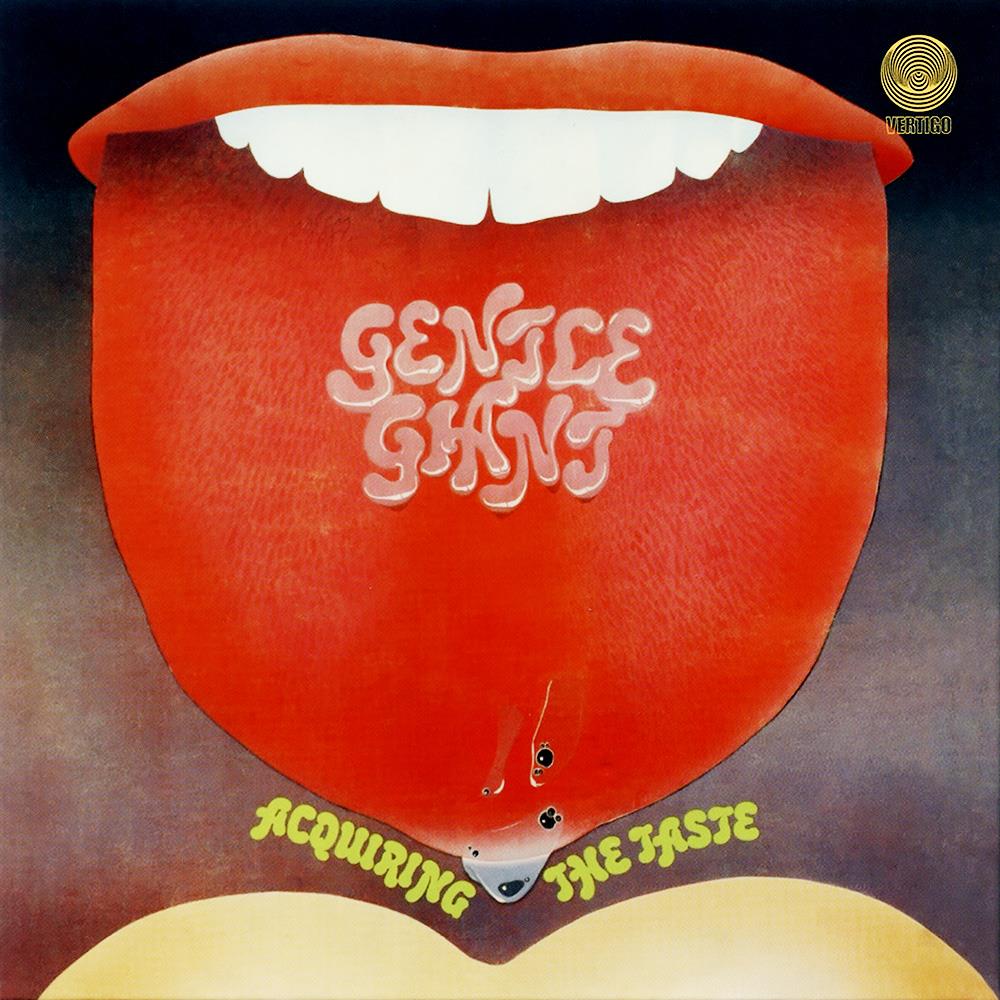
 |
| 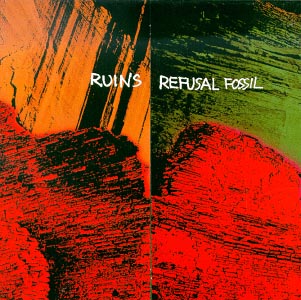
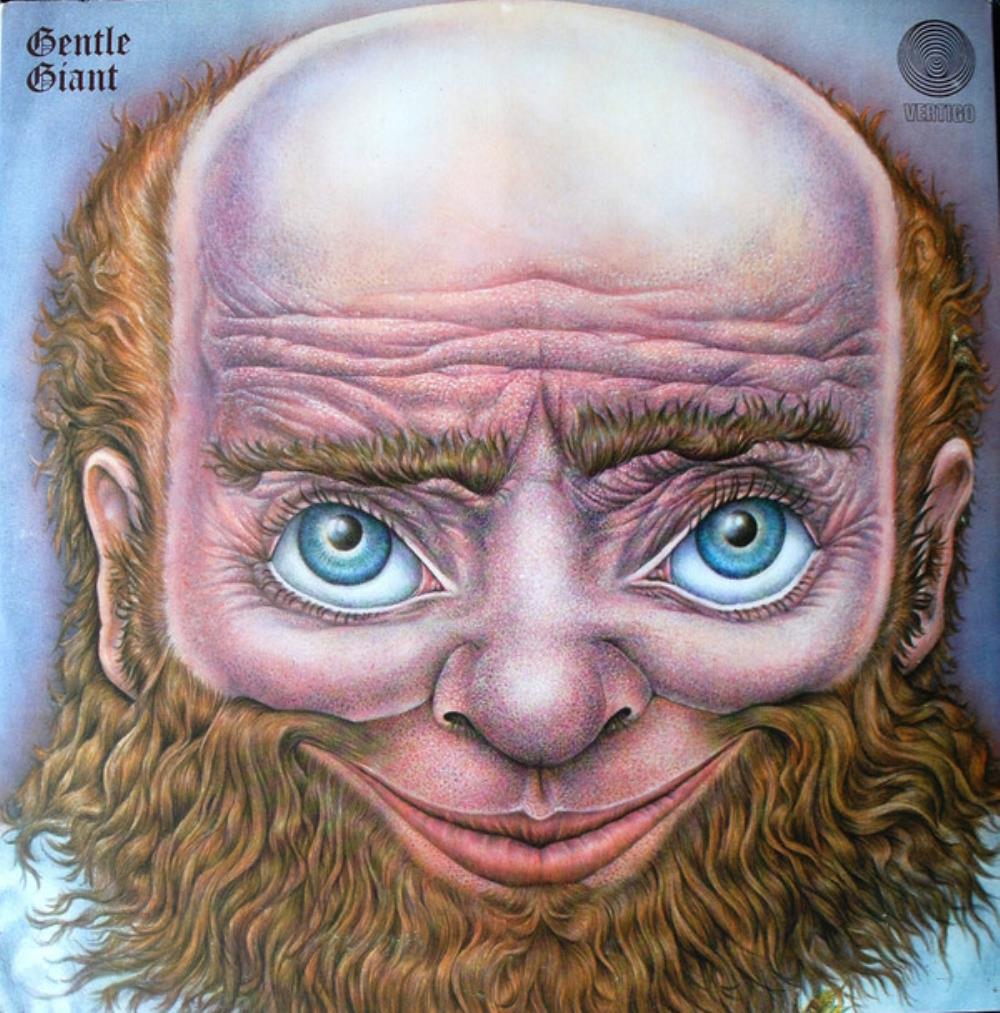

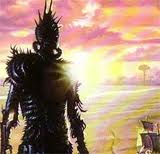

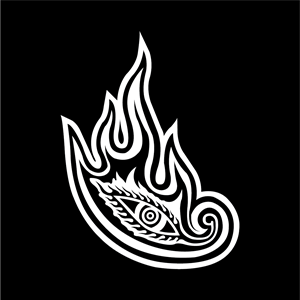
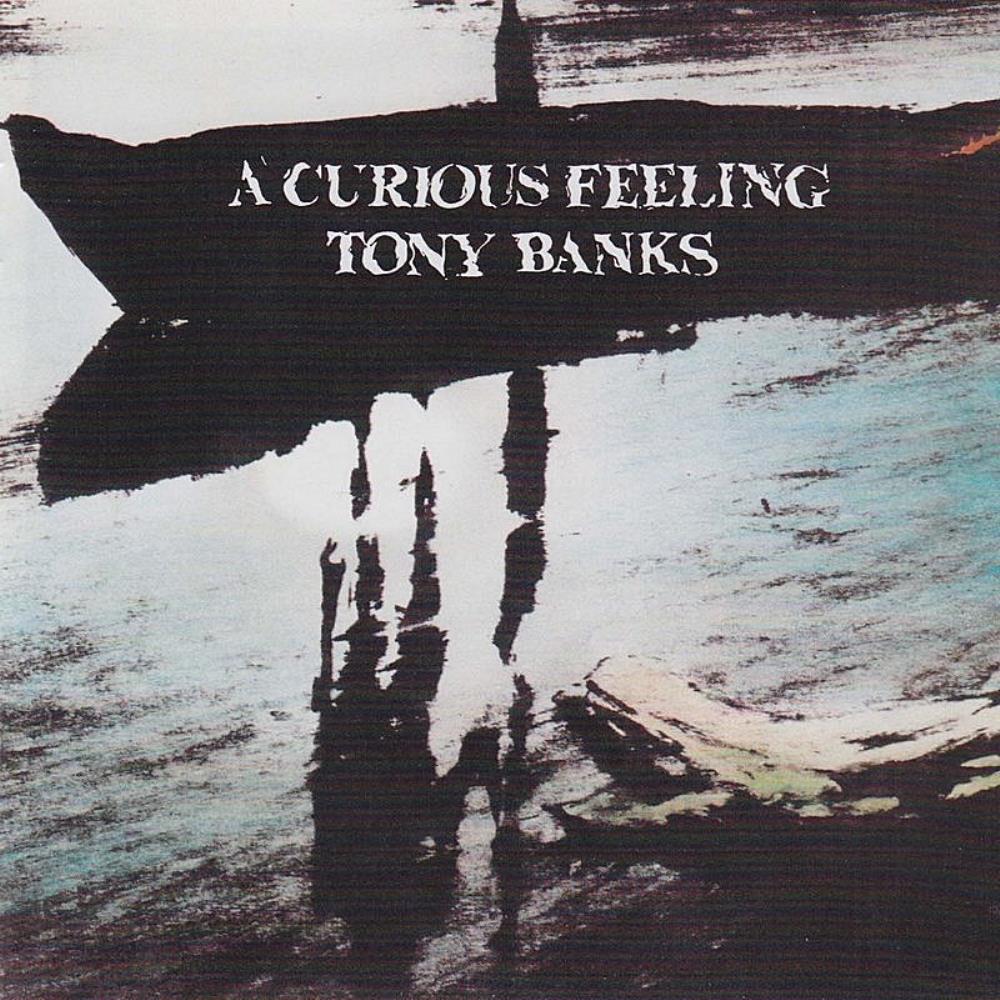
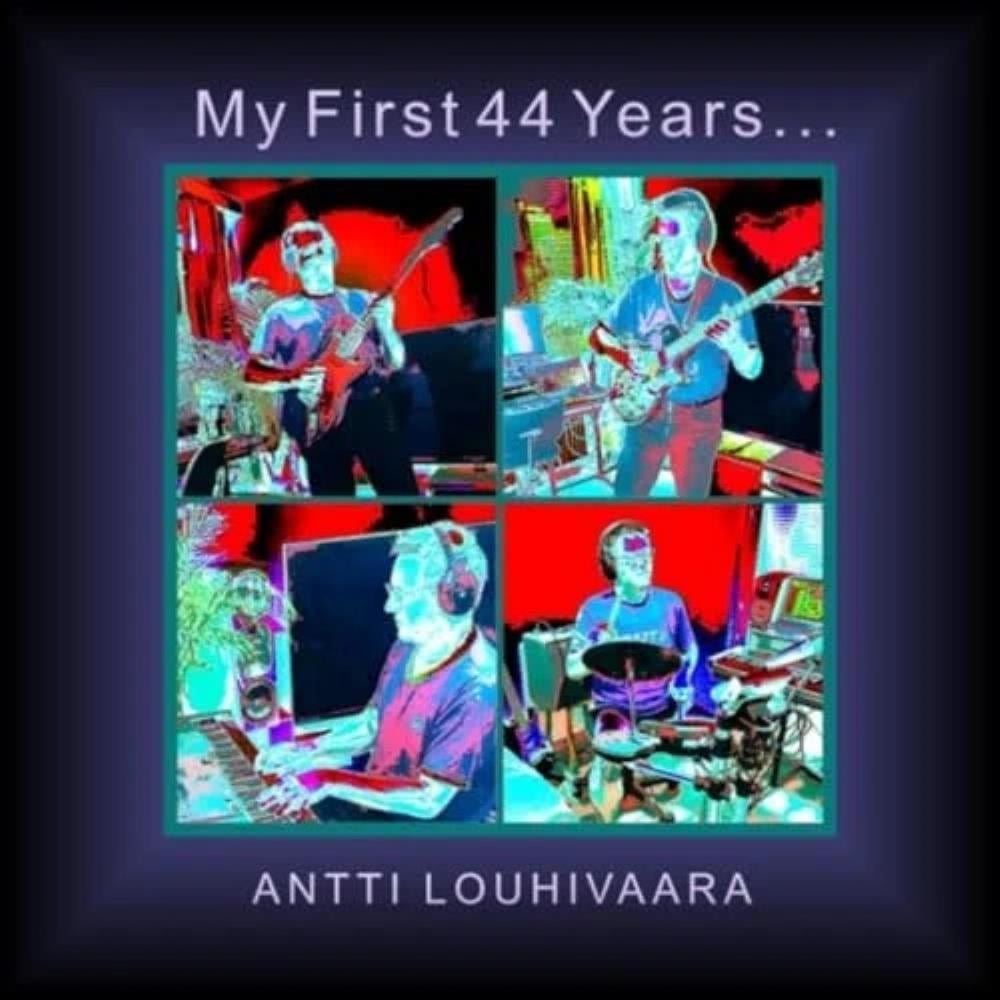
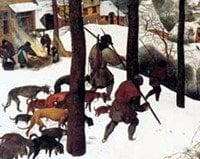
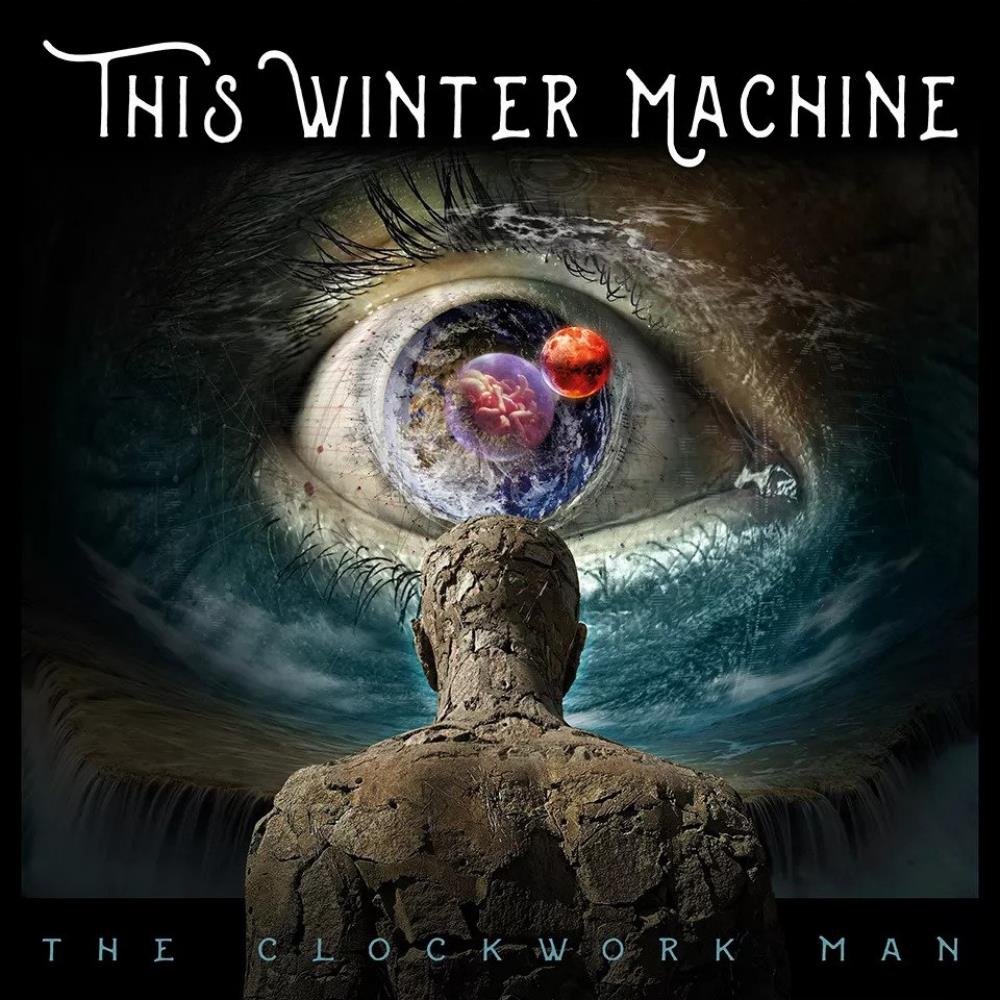

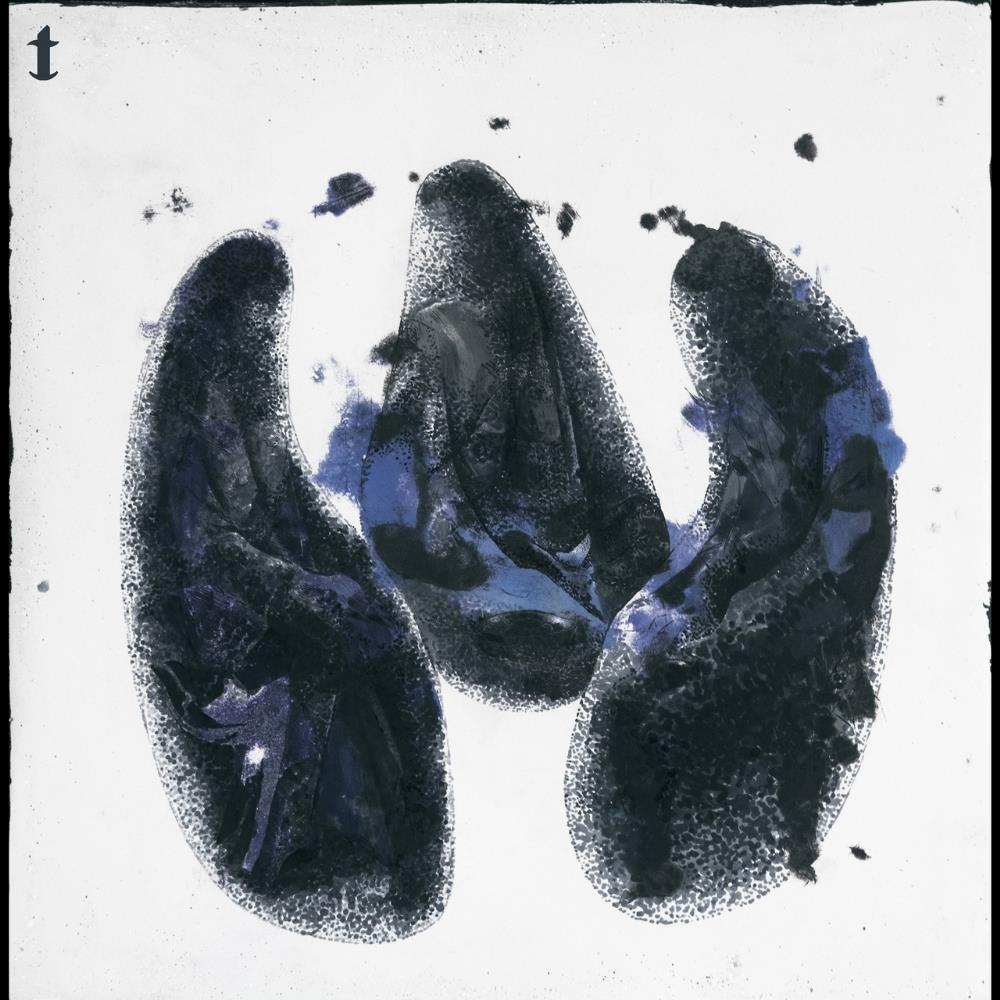
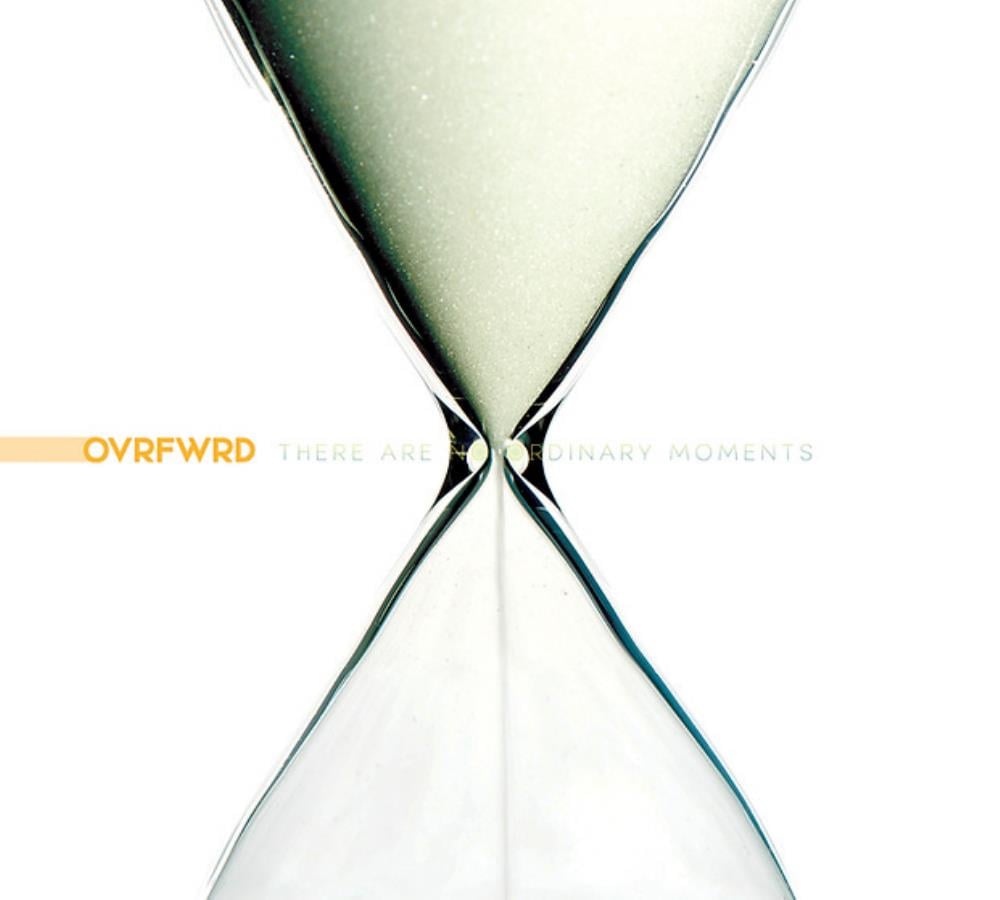
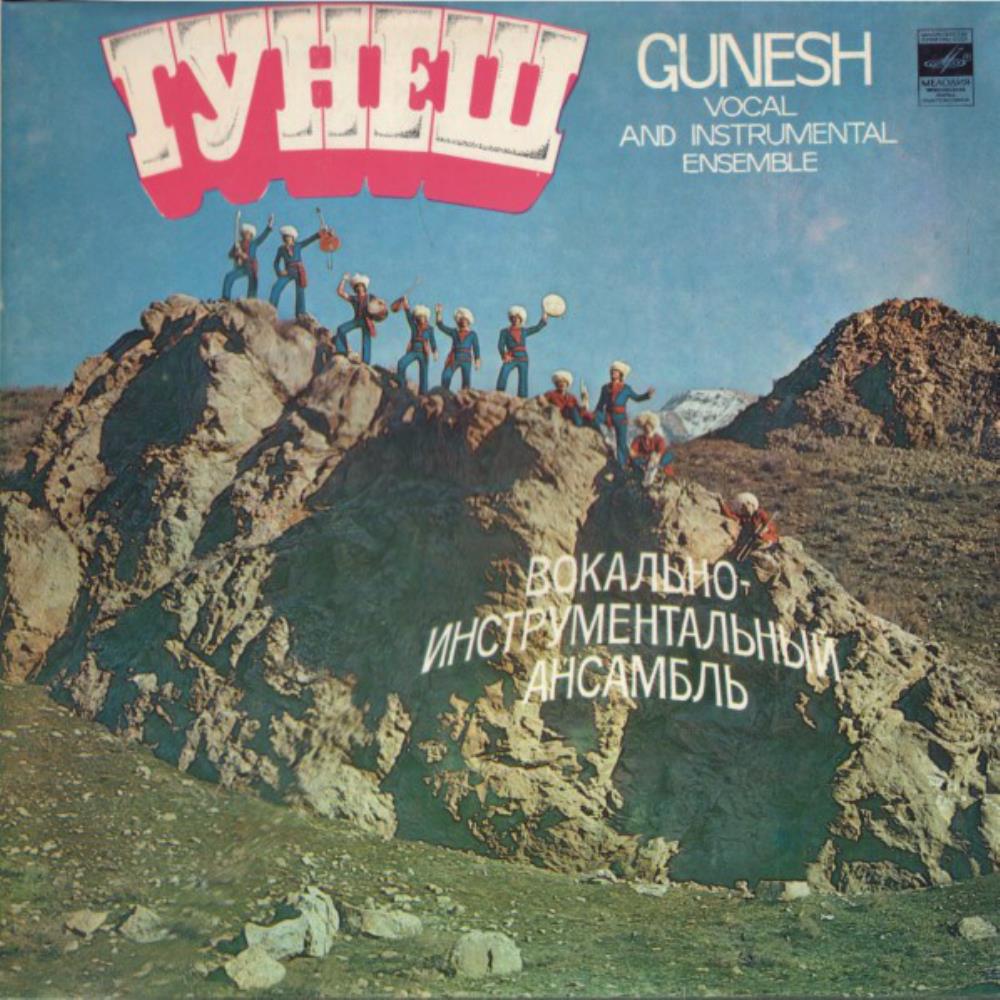
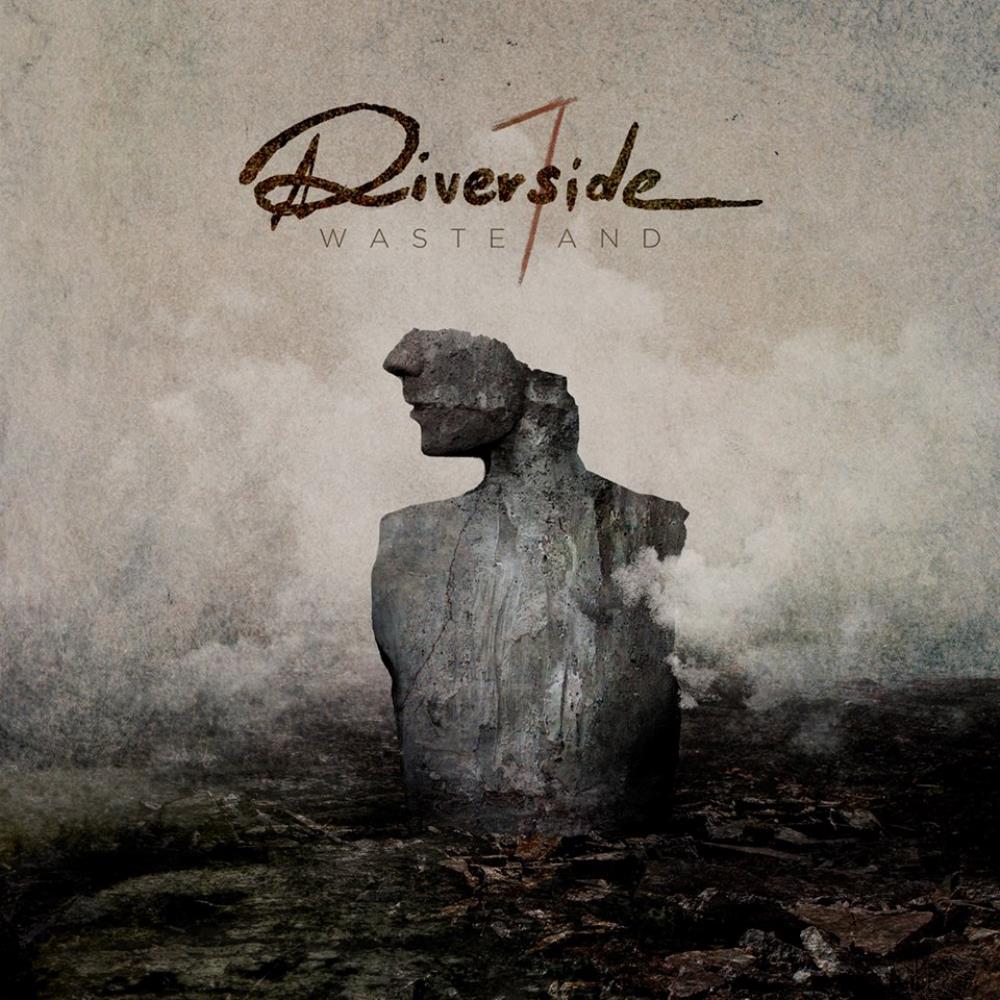
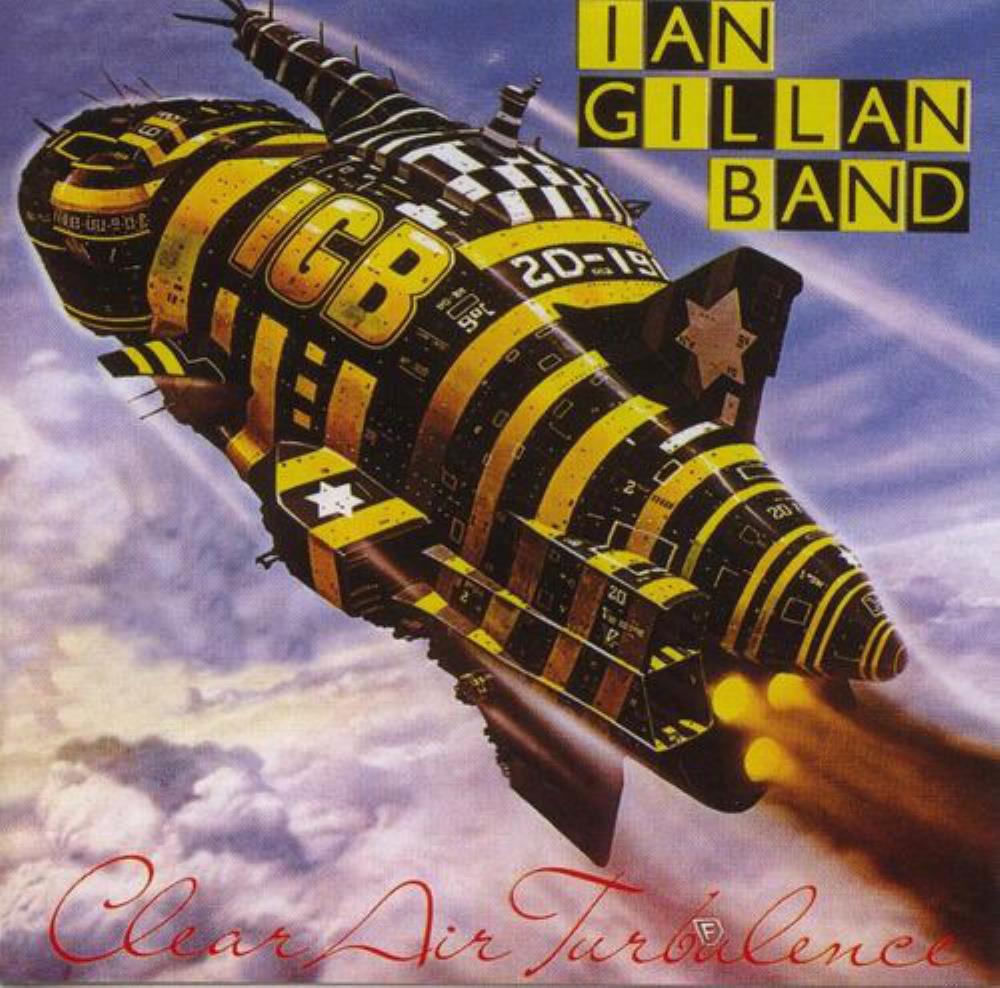
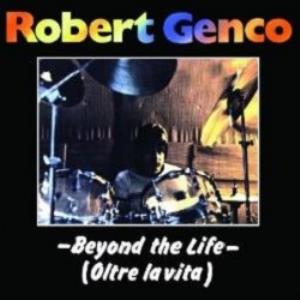
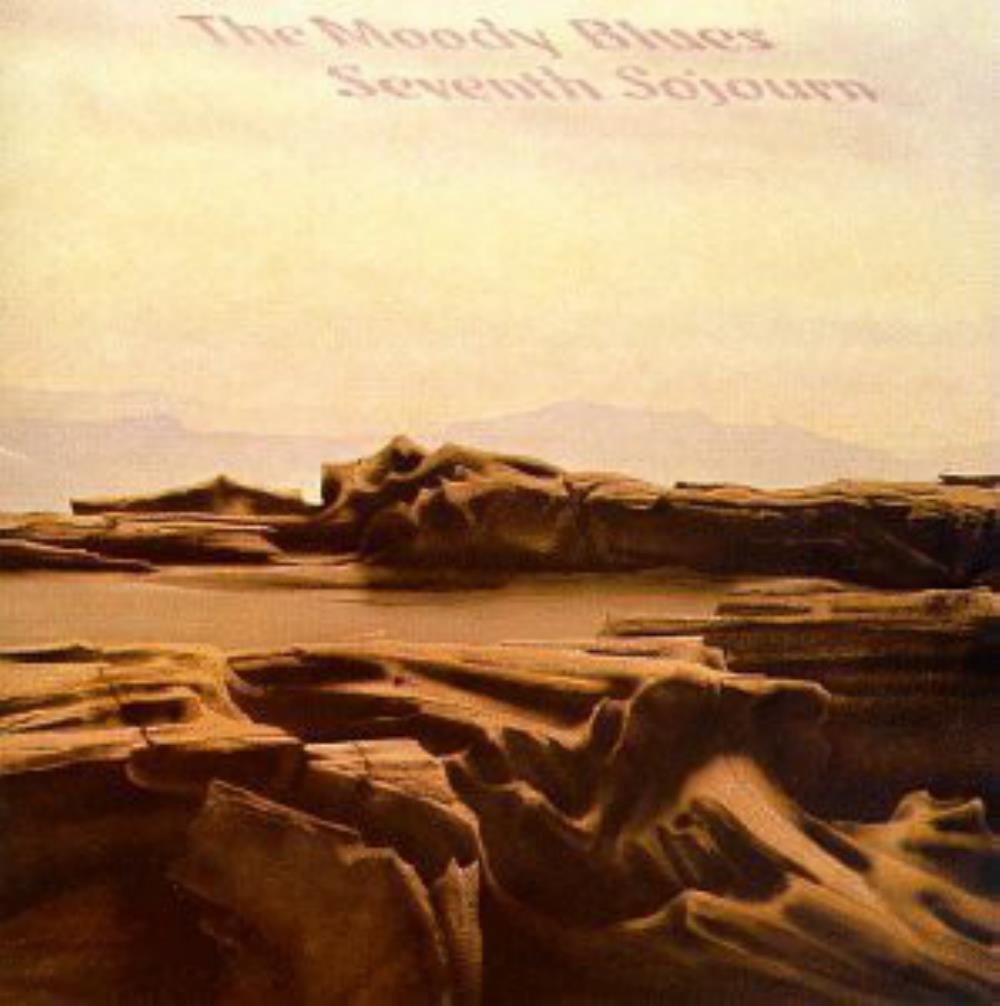
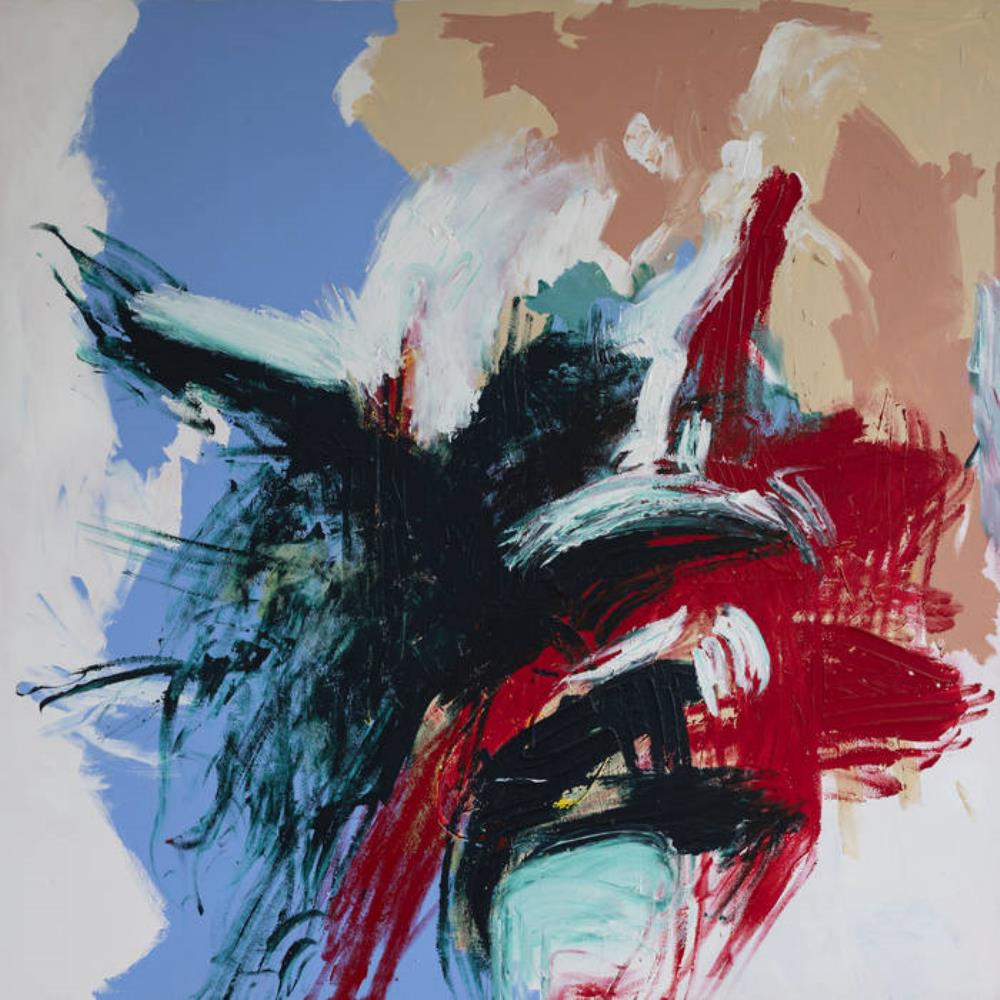

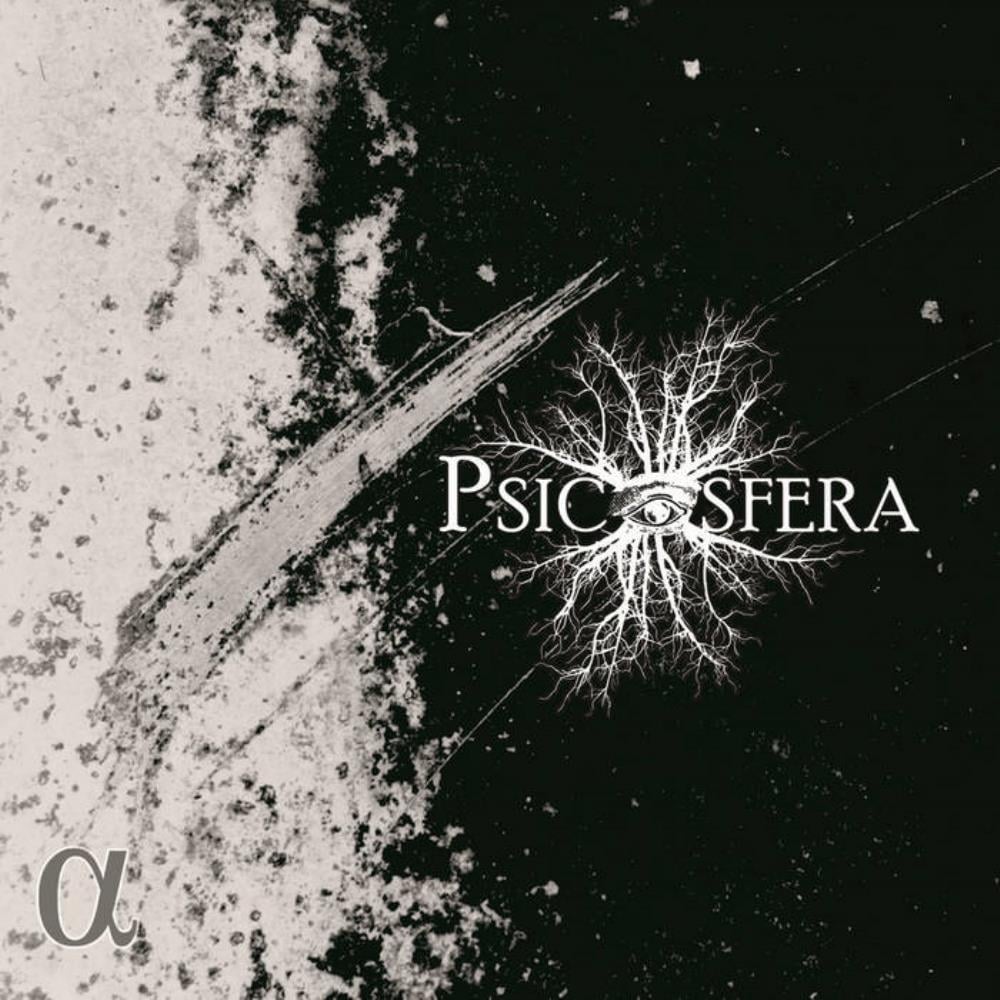
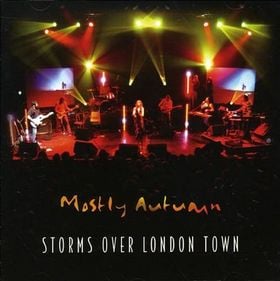


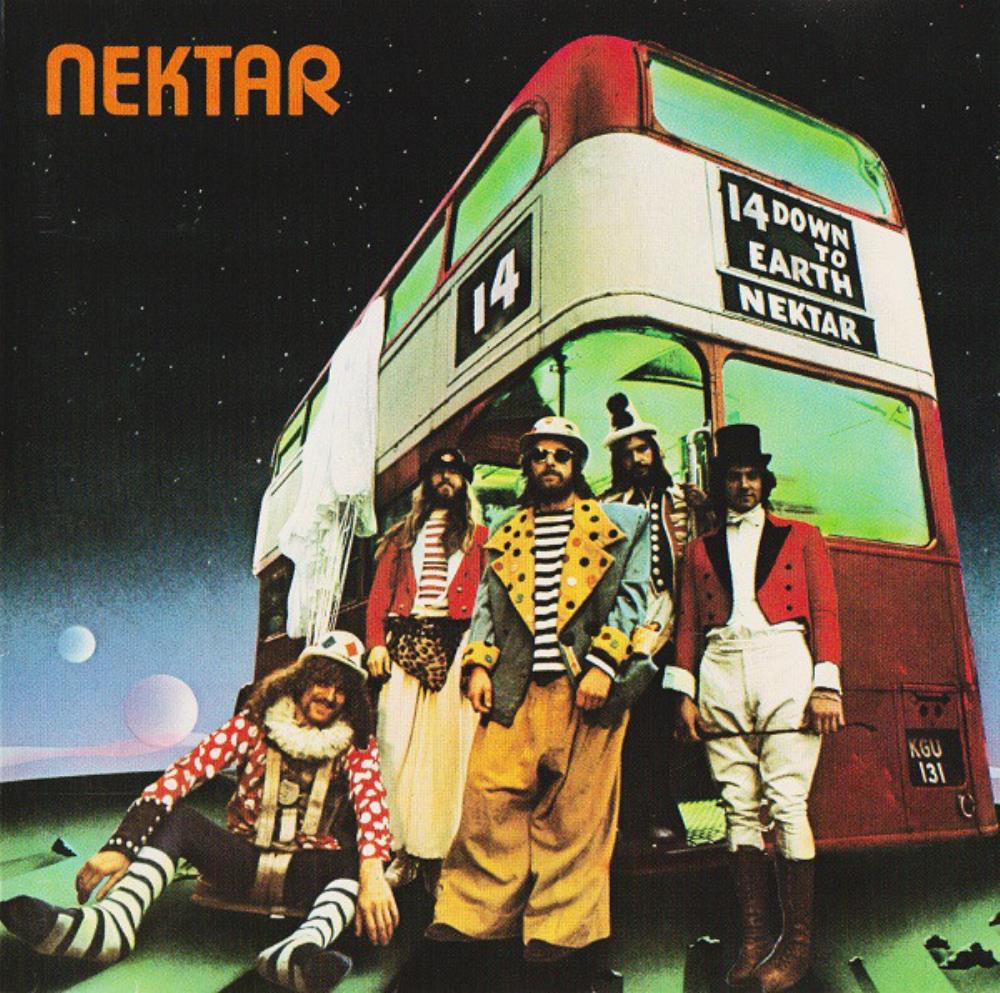
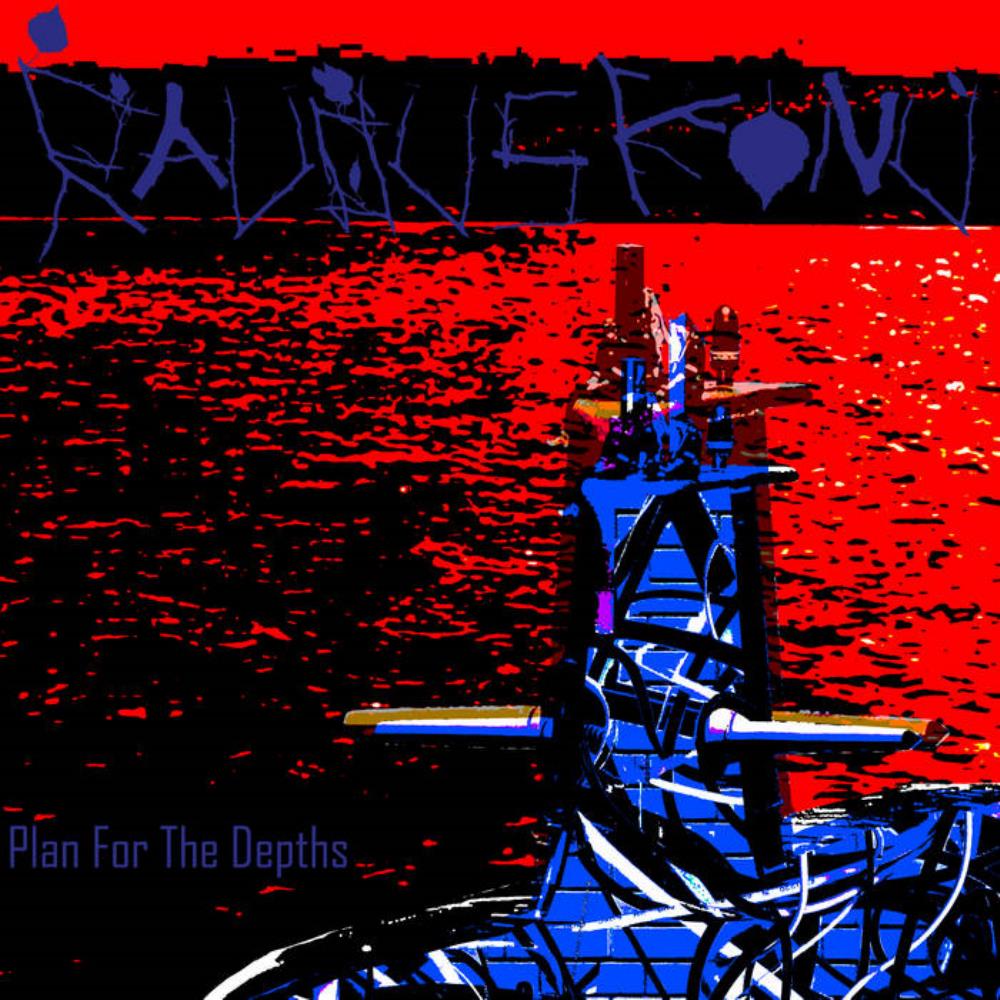
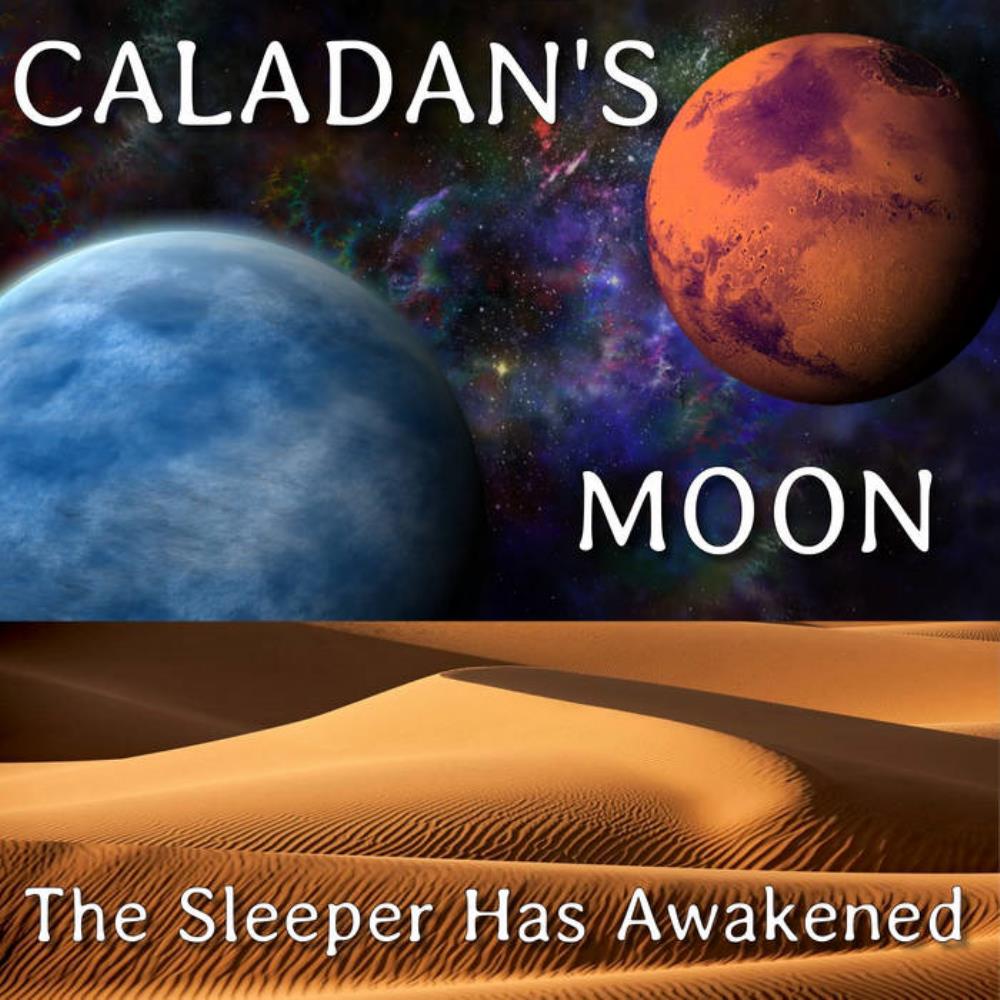
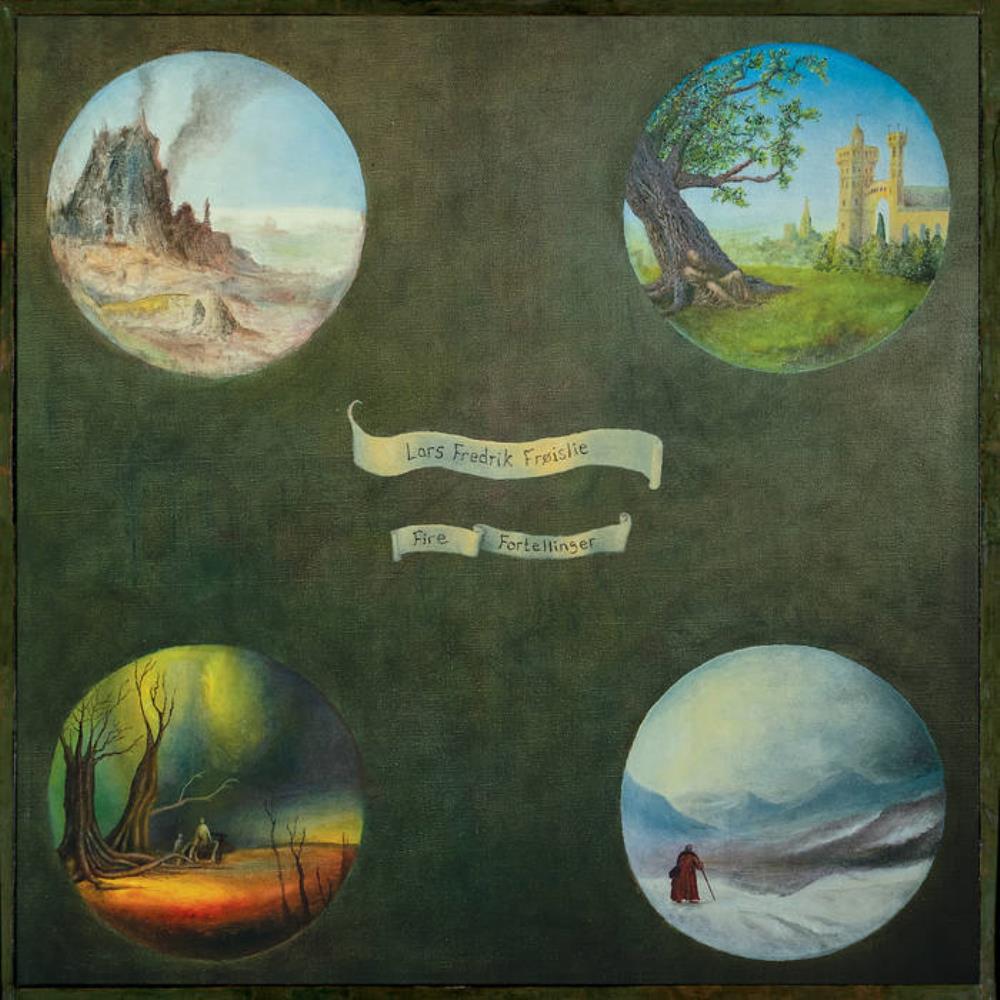
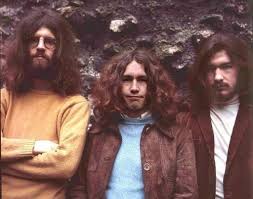
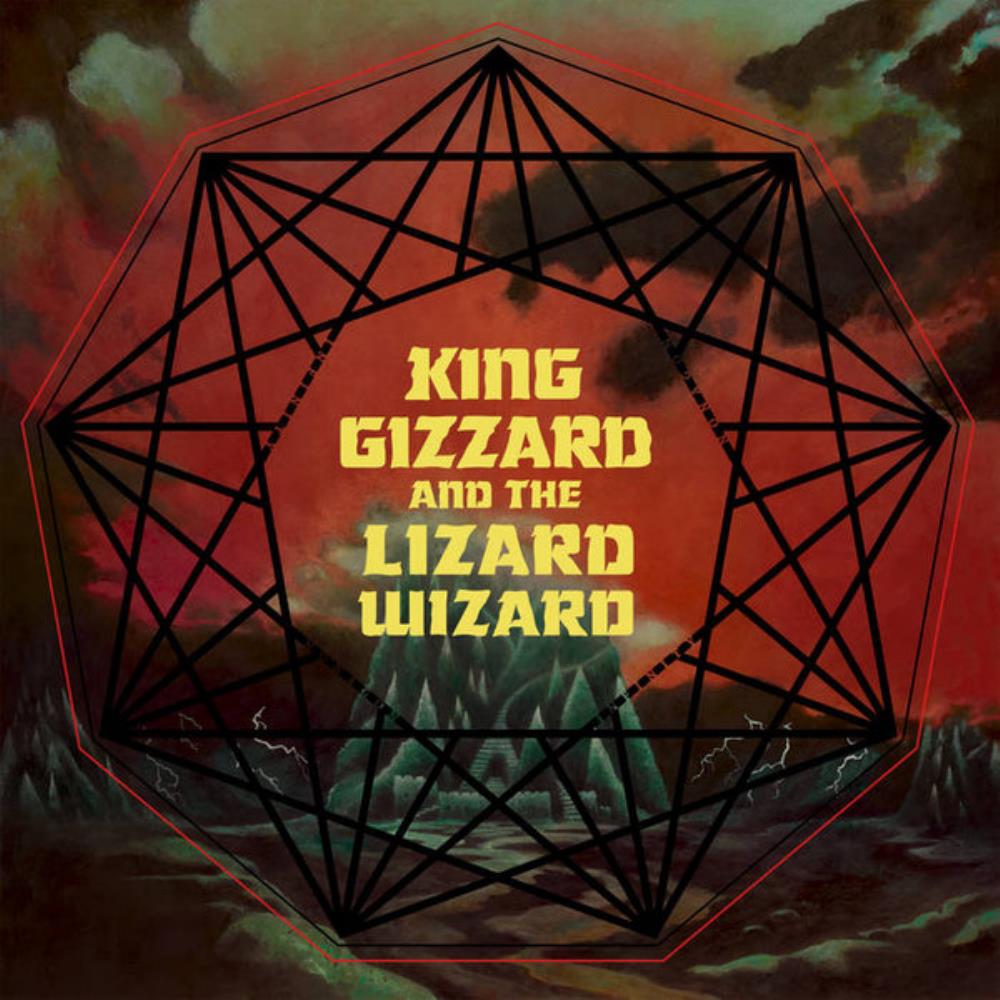

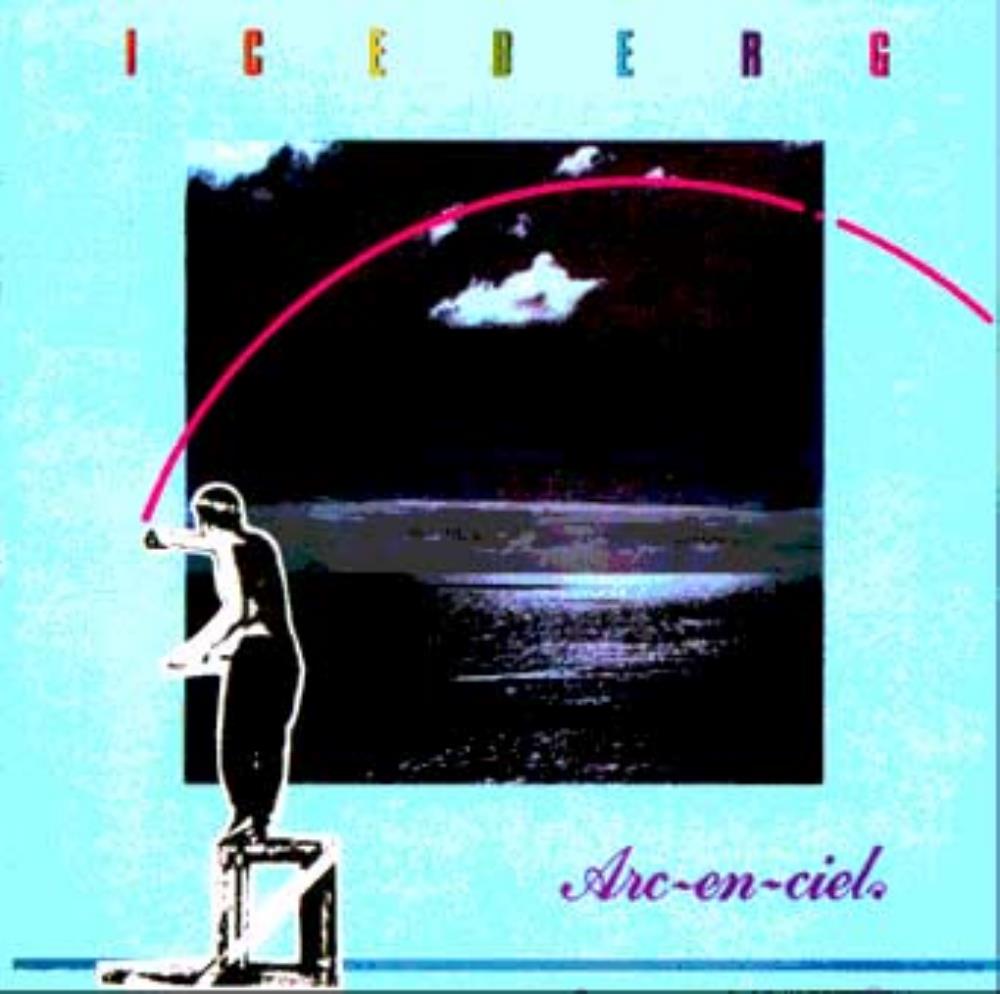
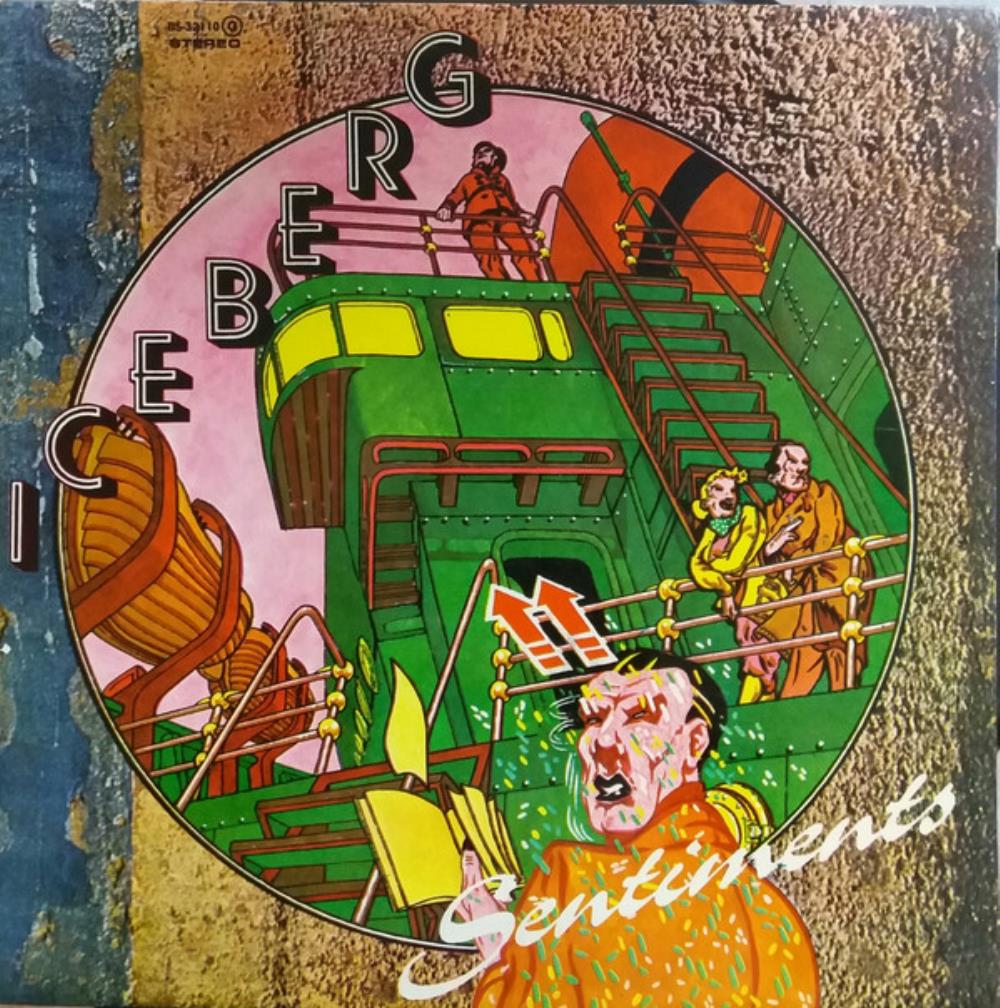
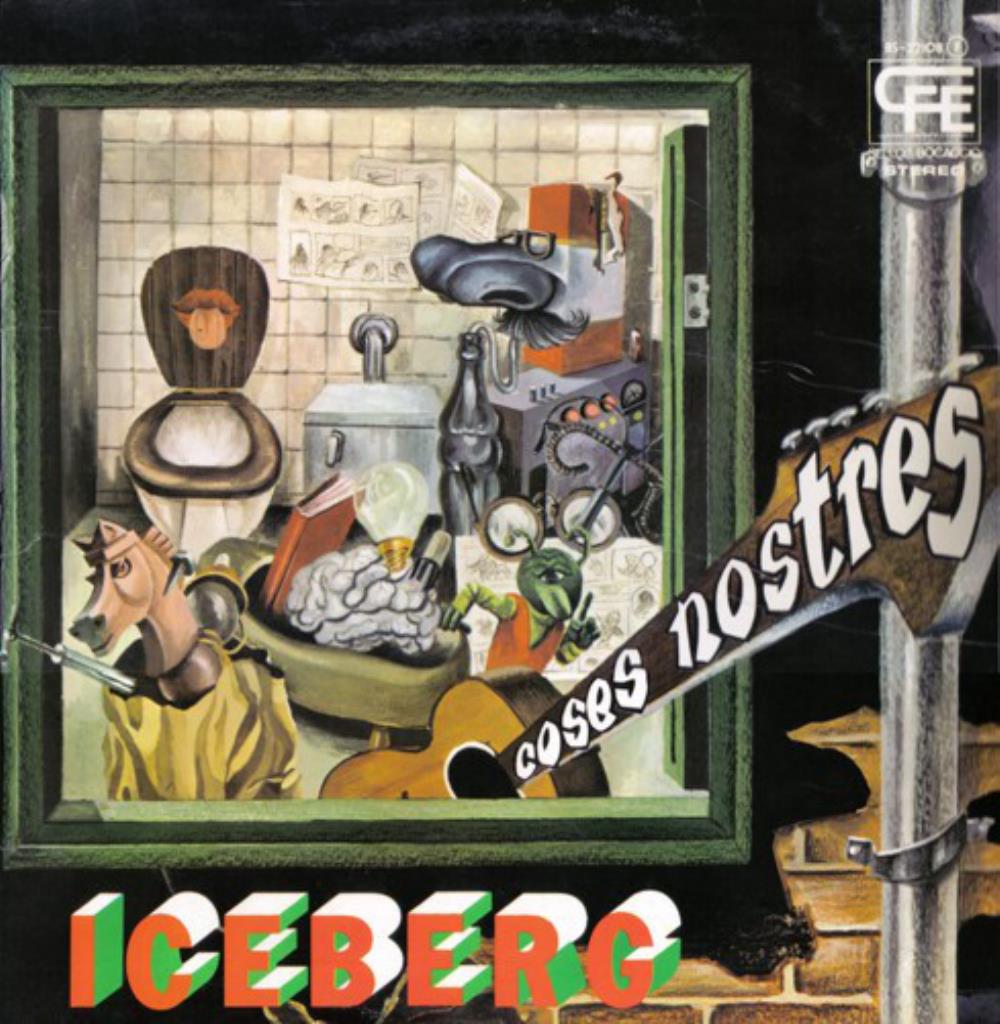
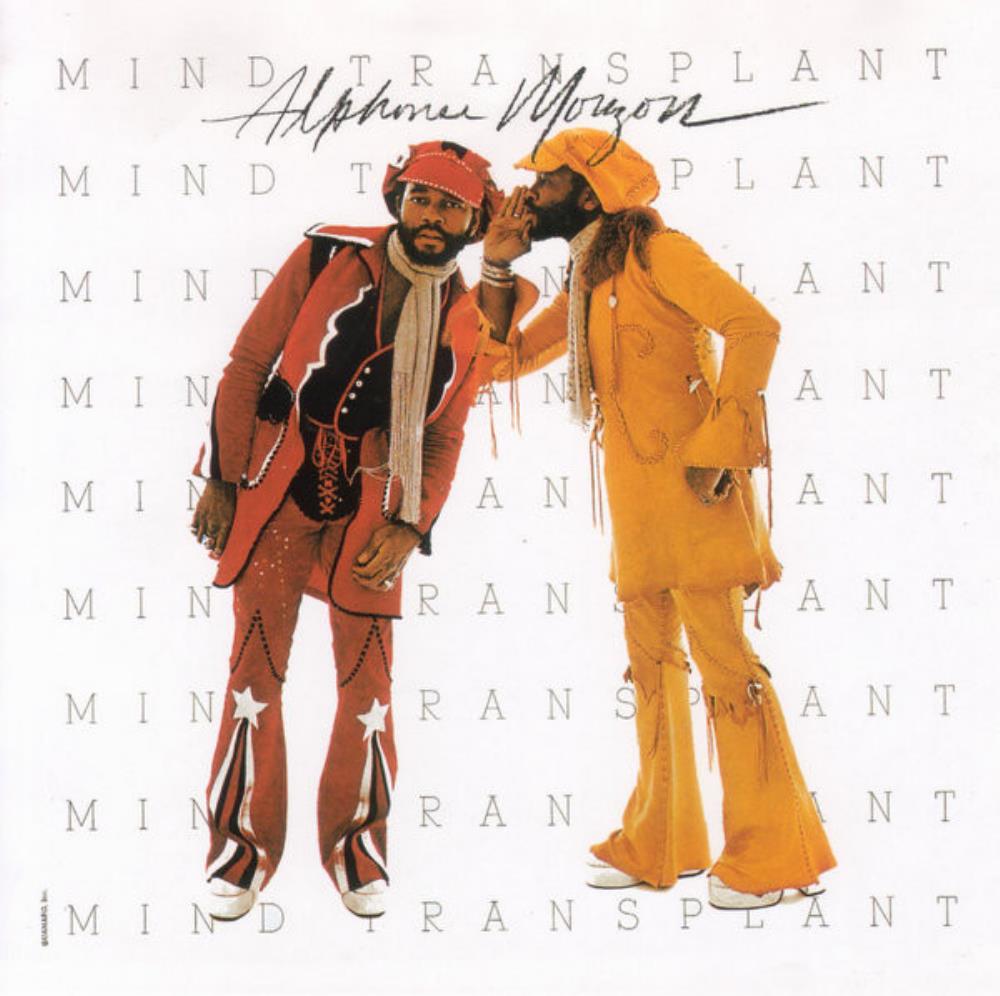
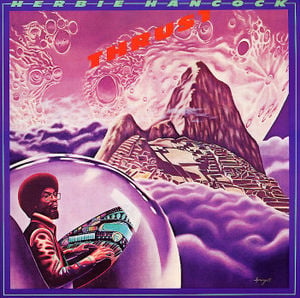
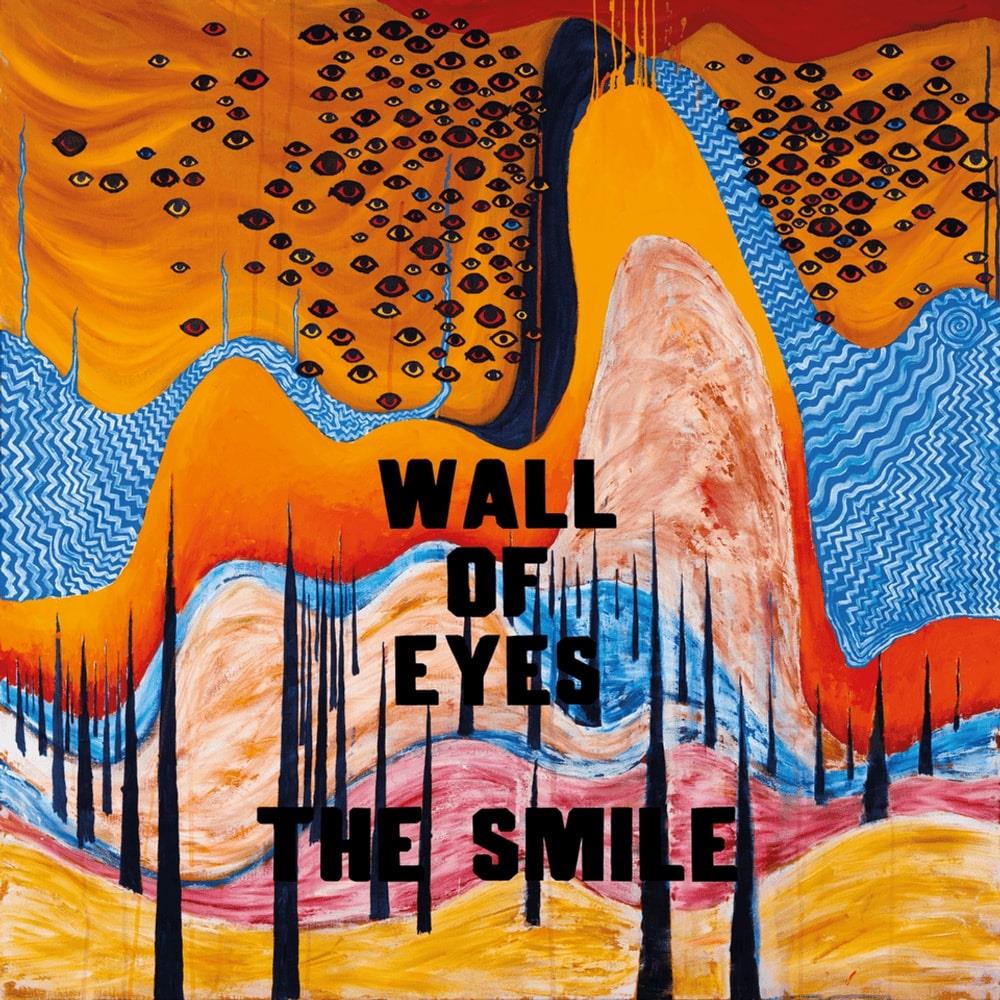
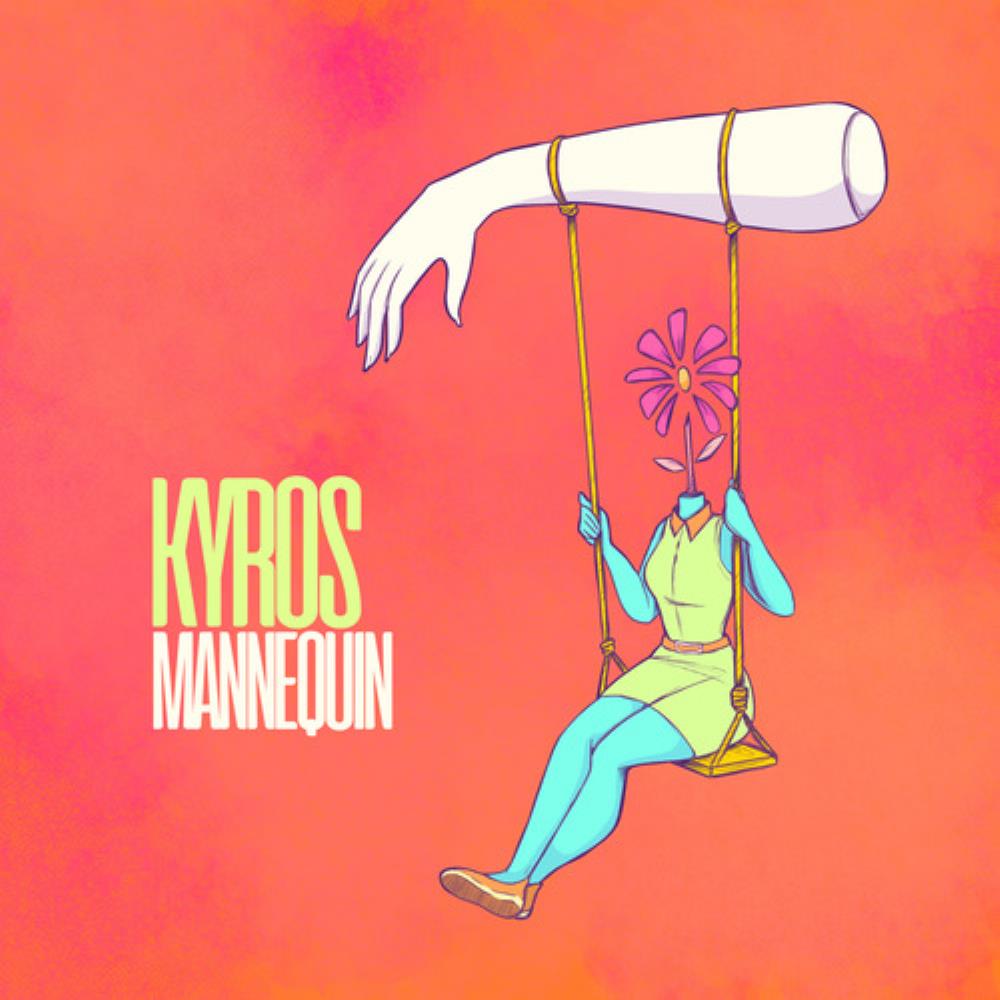
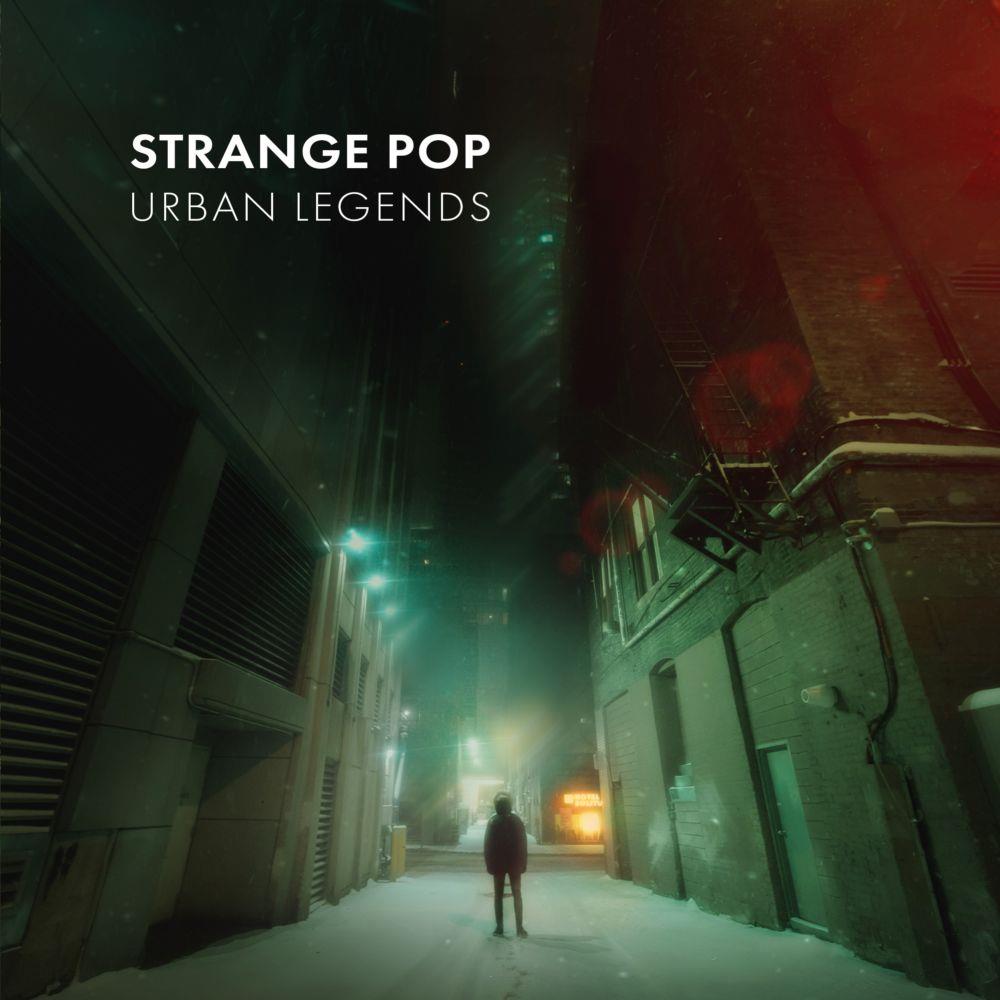
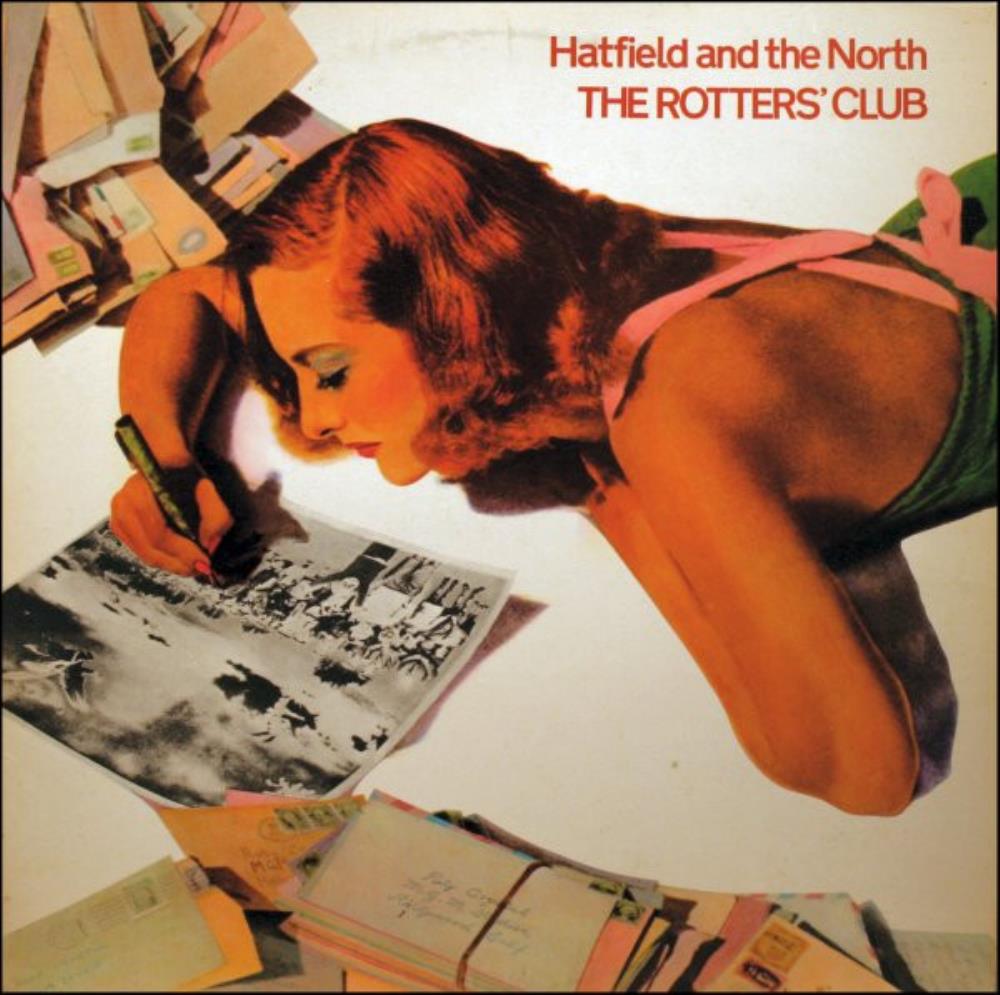
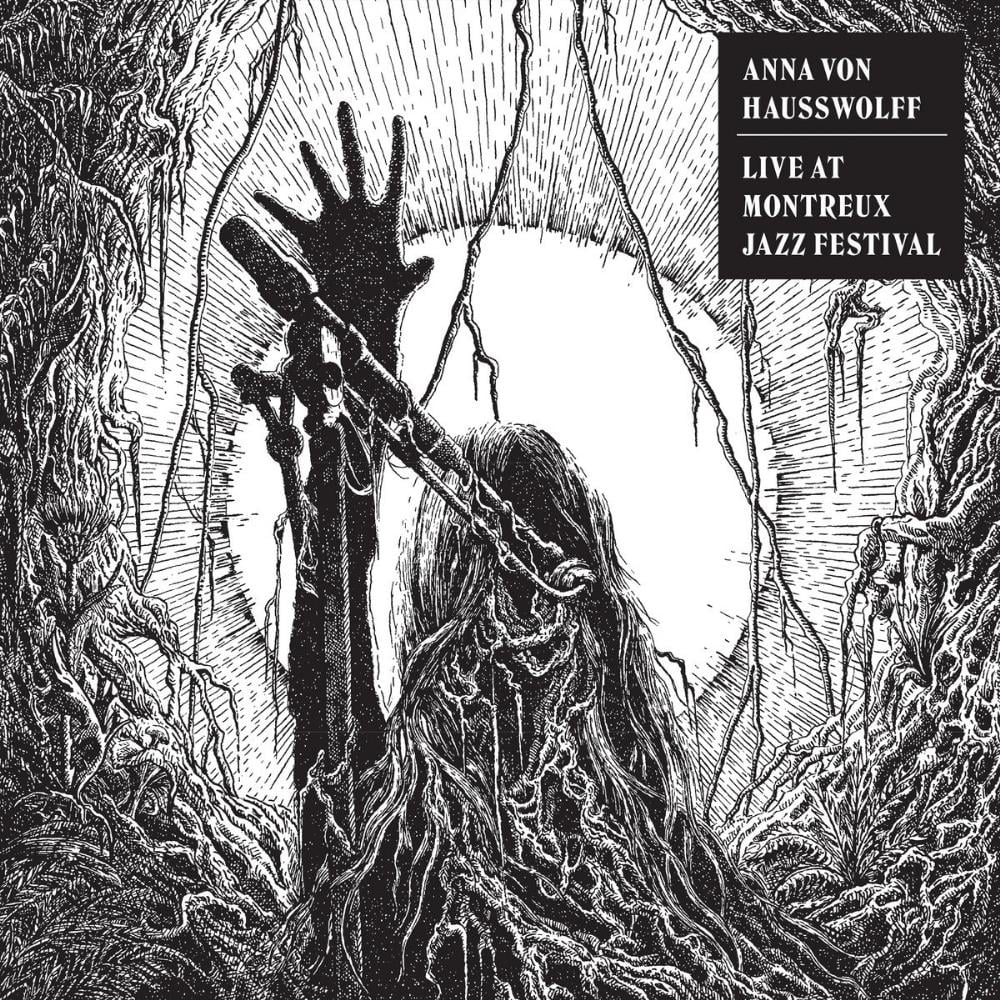
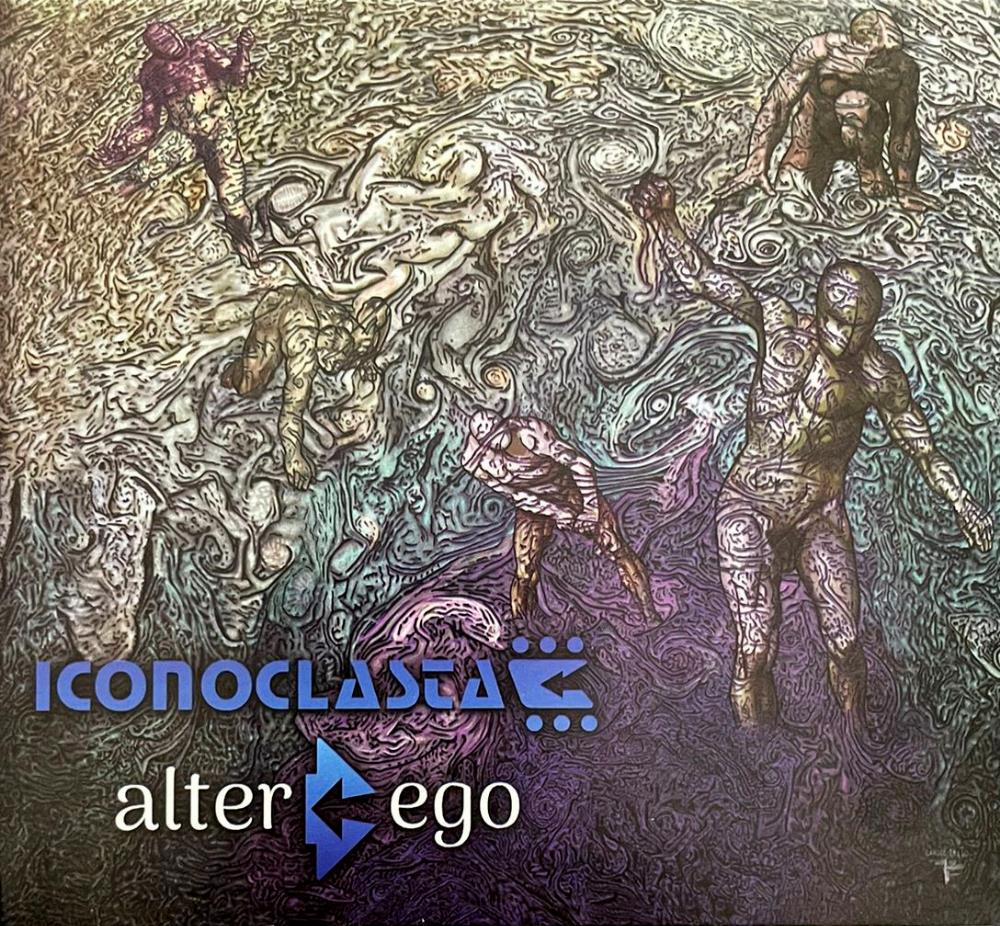
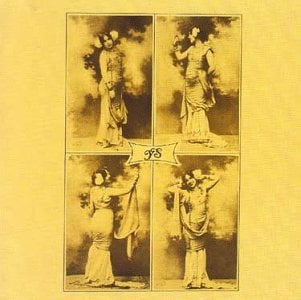
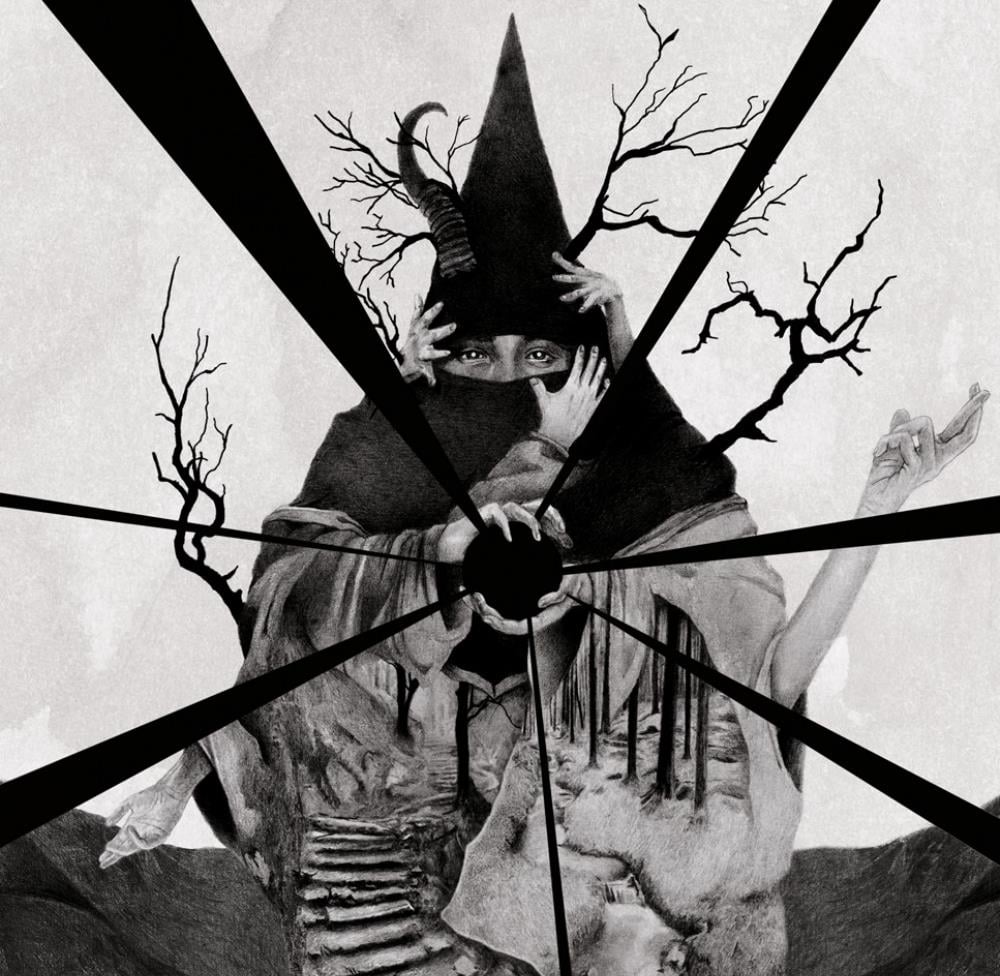

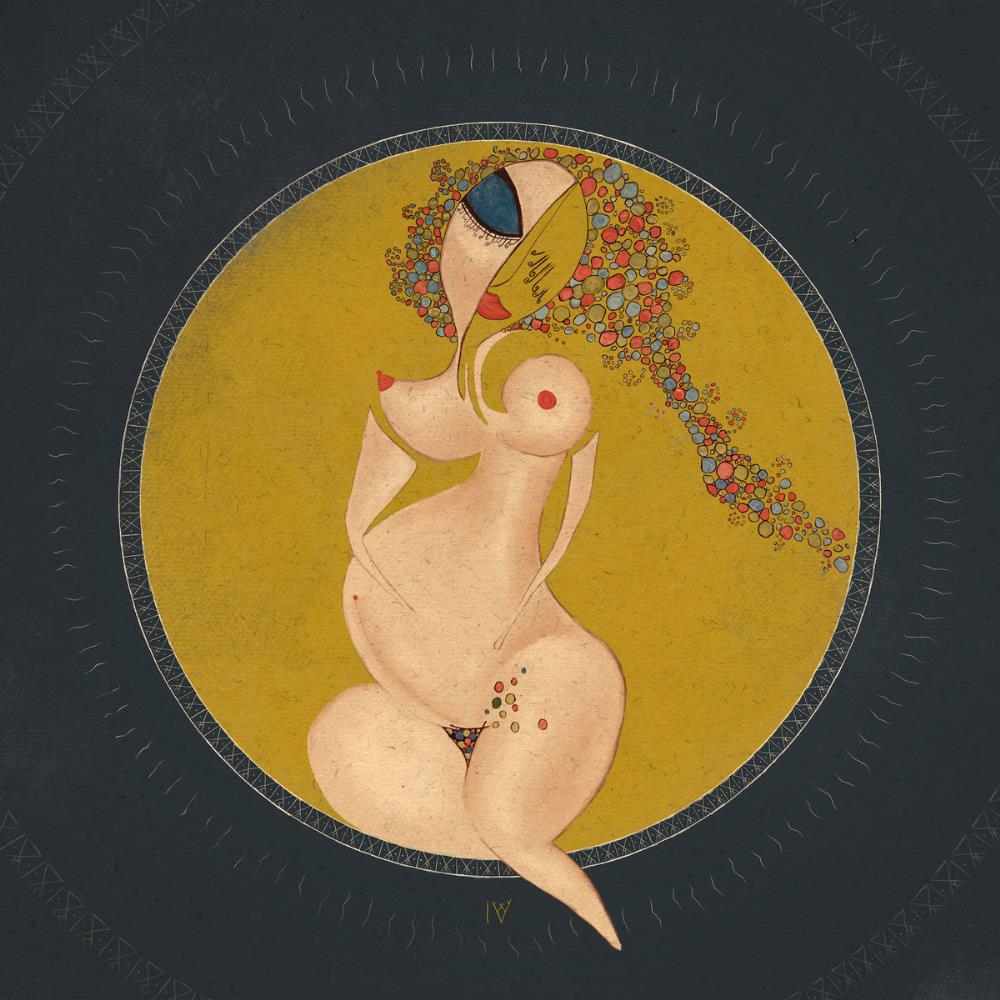
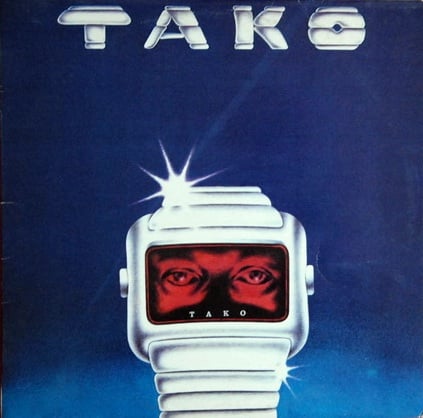
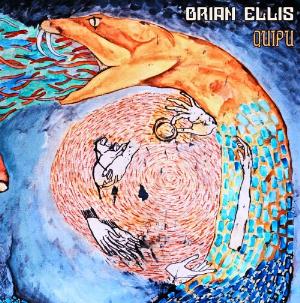
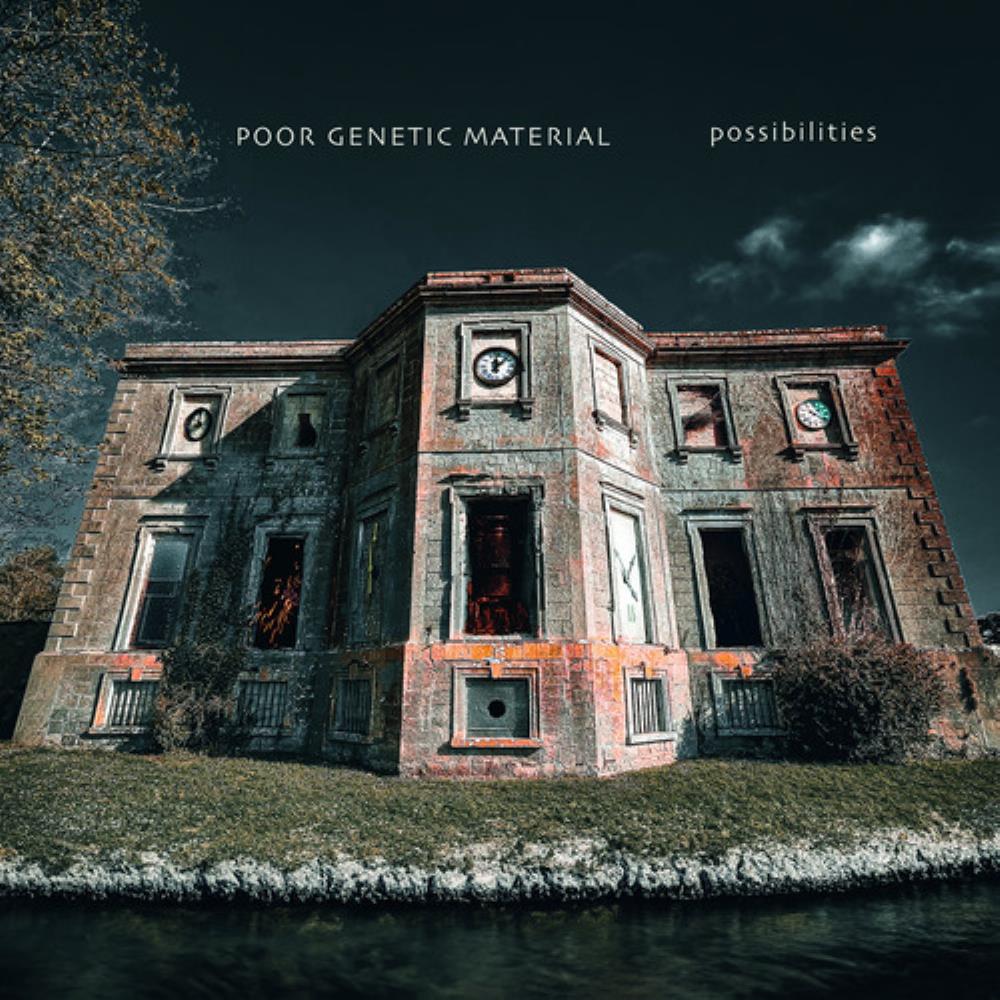
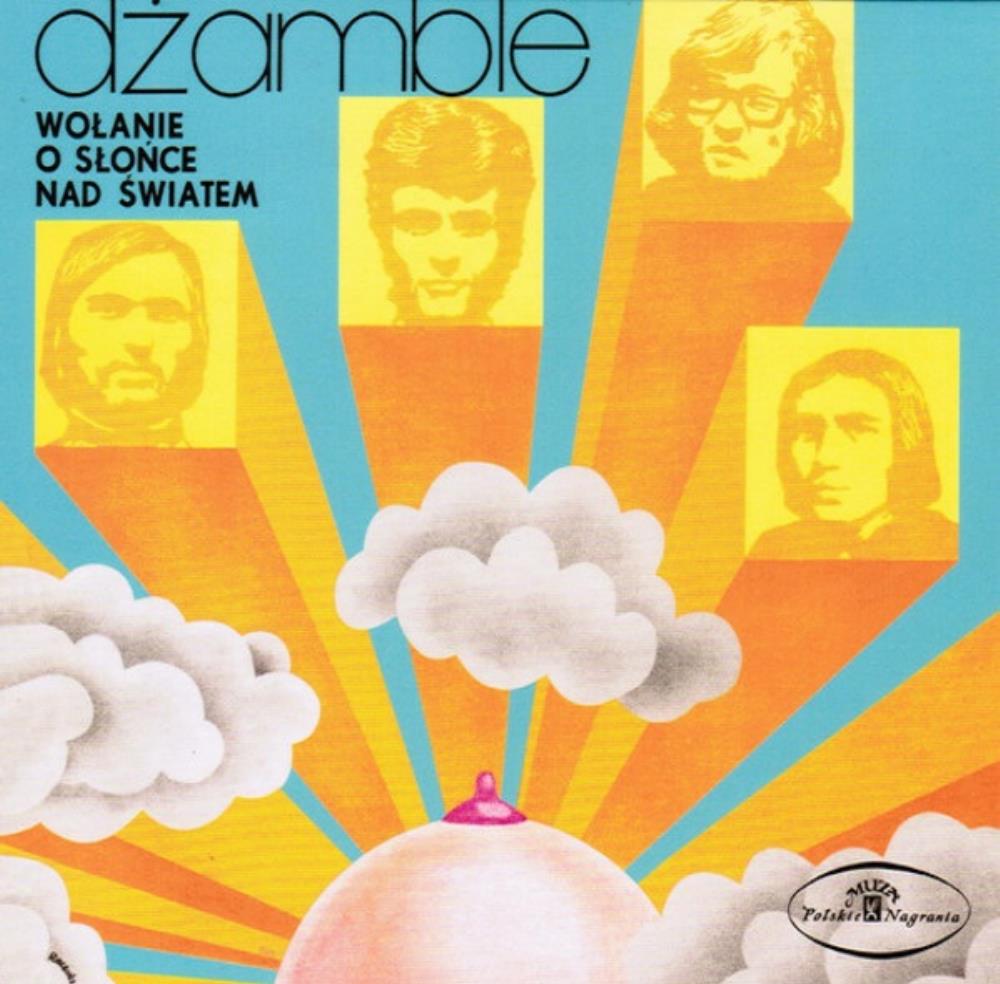
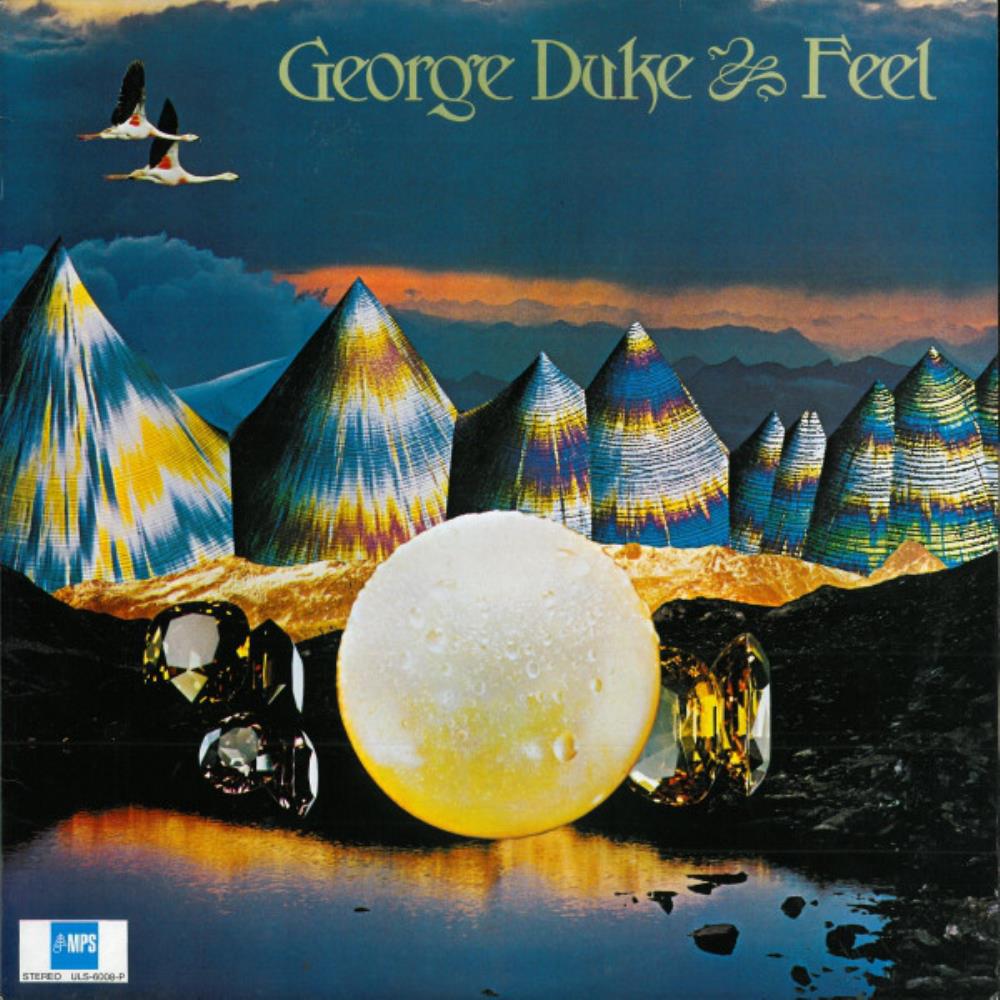
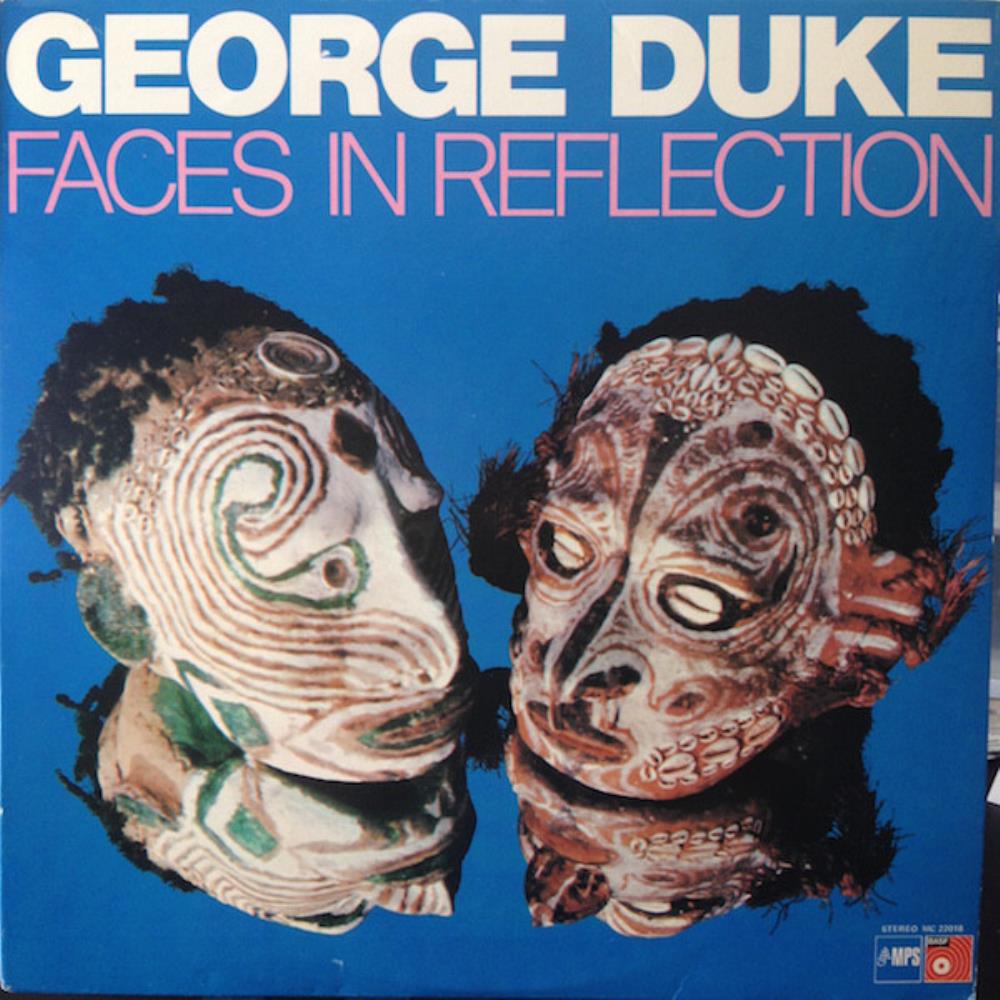
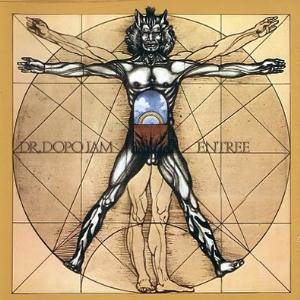
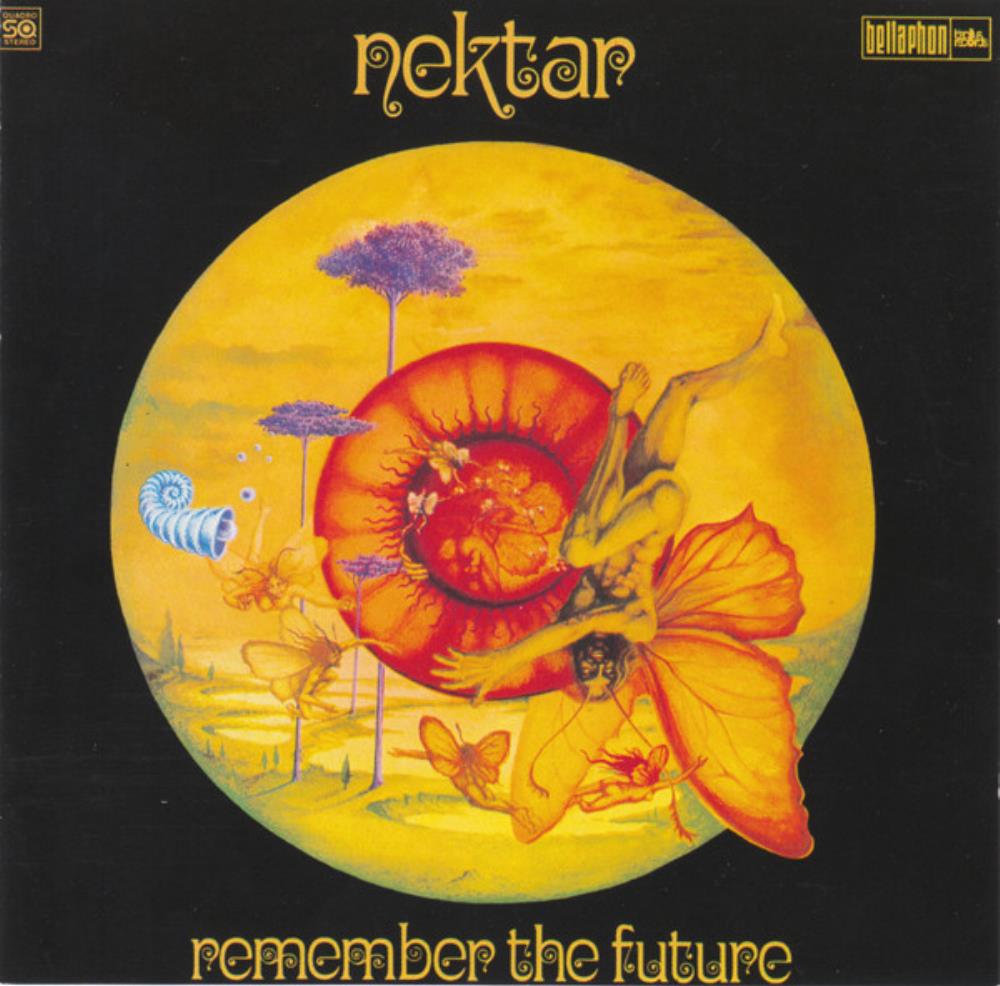
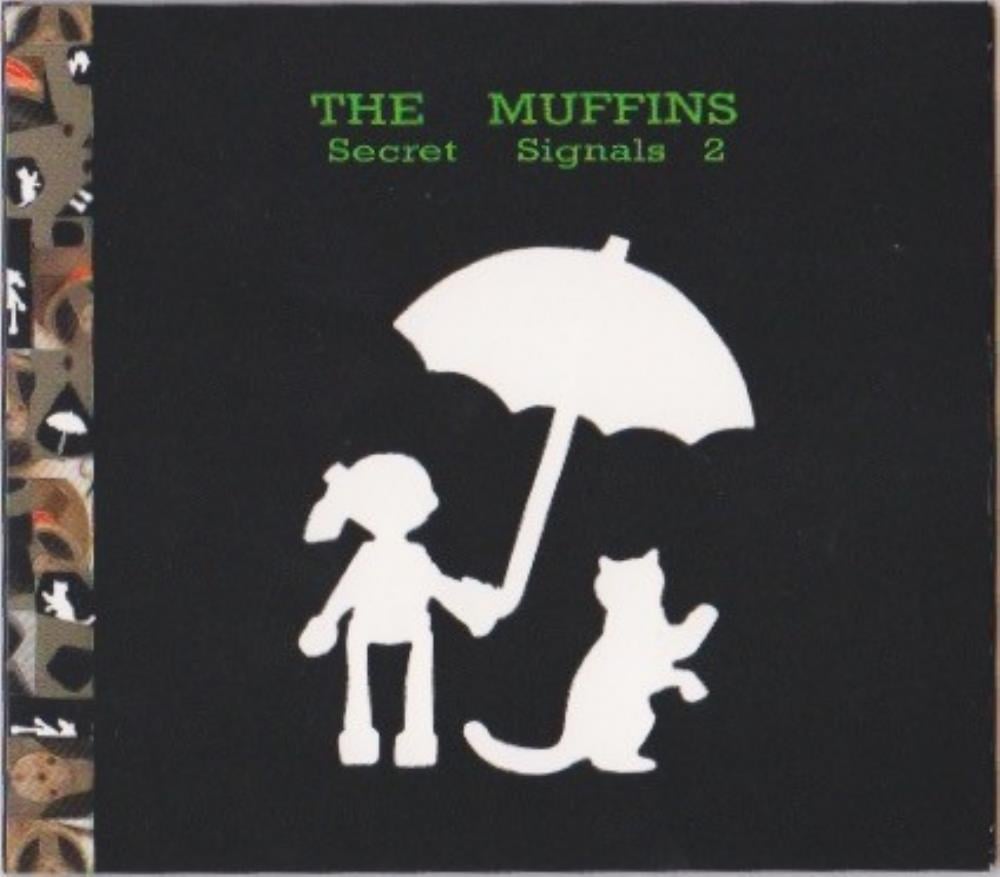
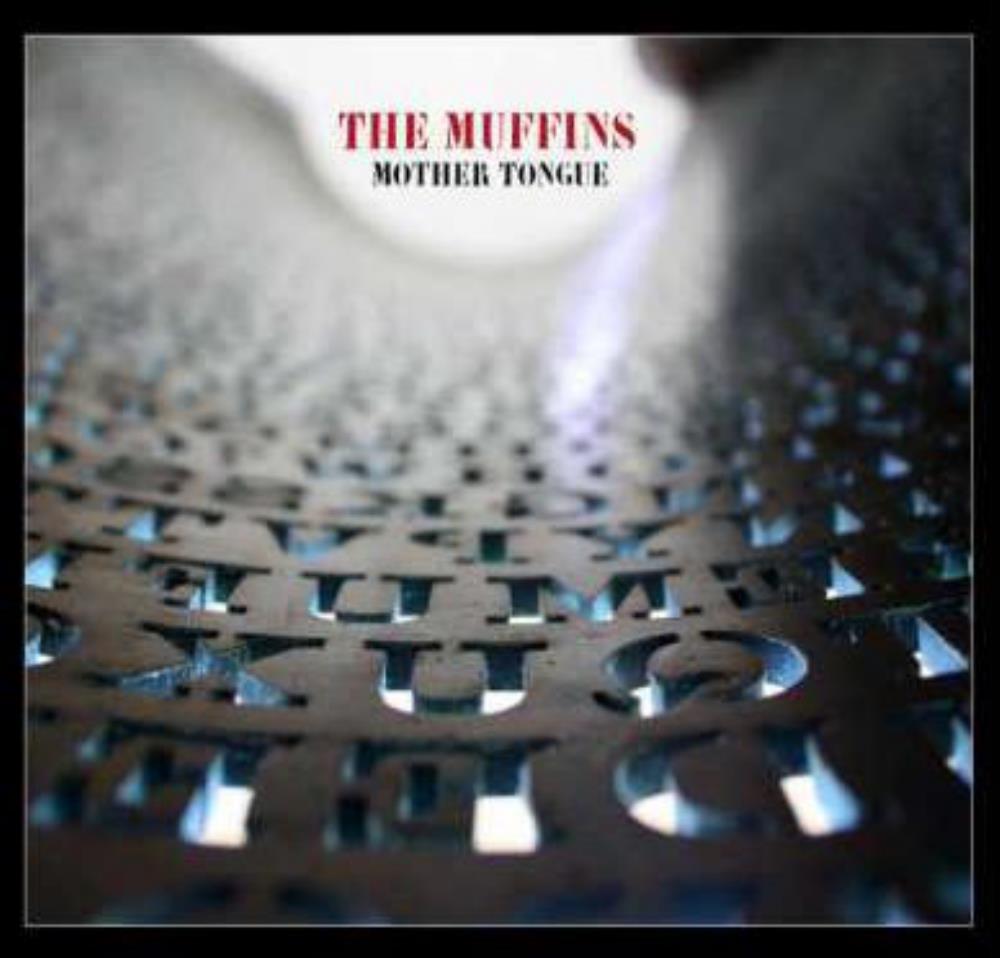
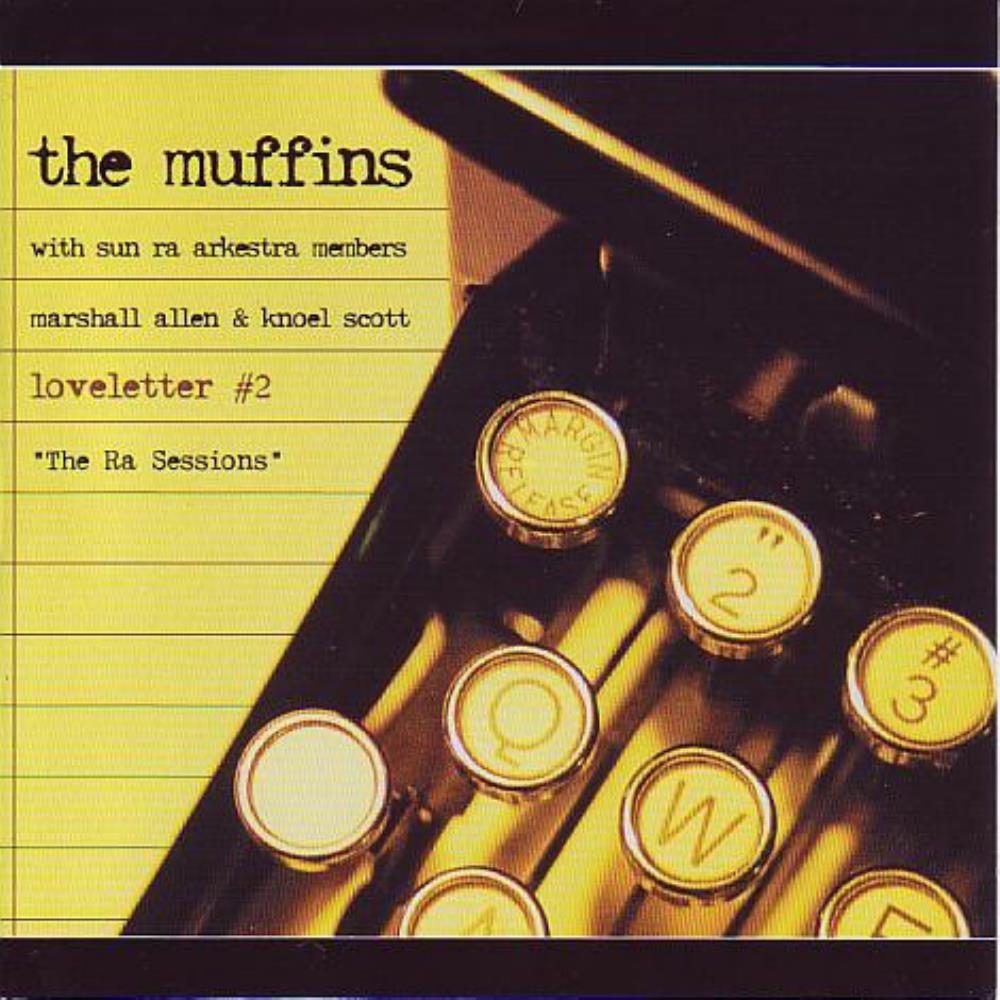
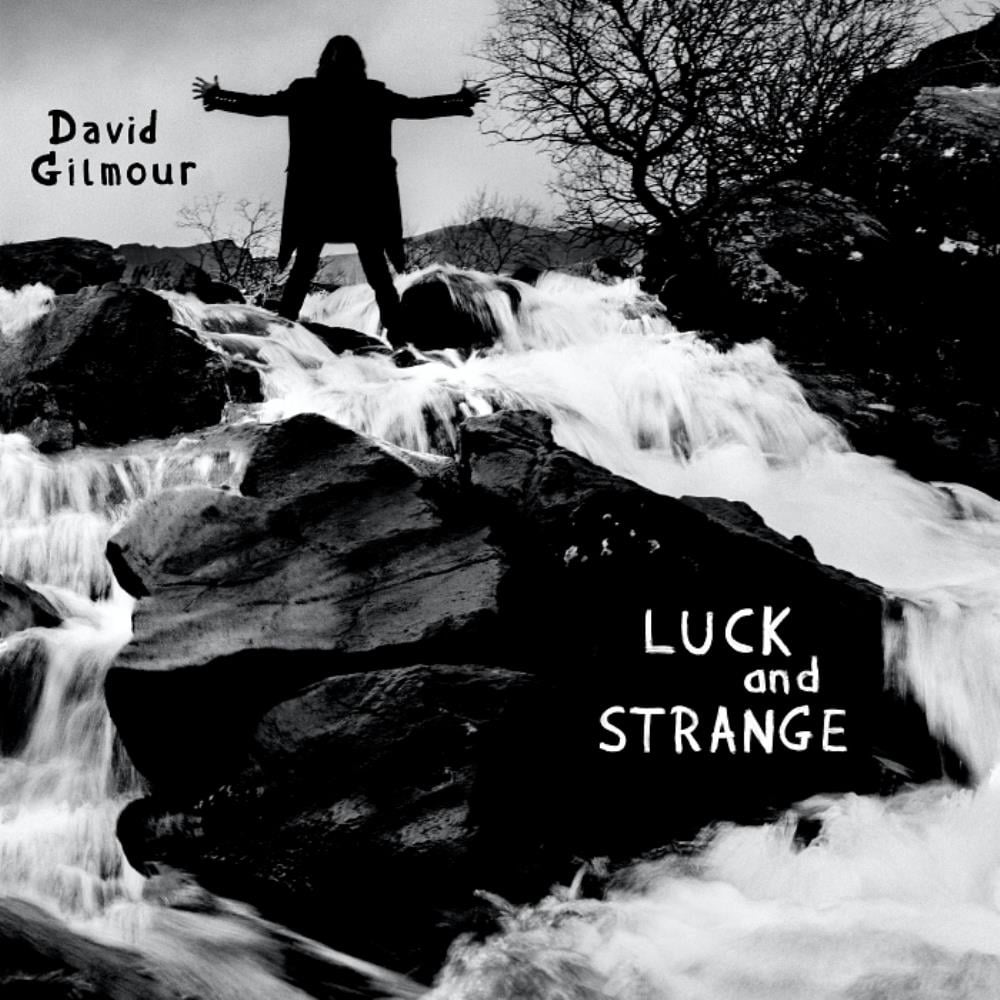
.jpg)


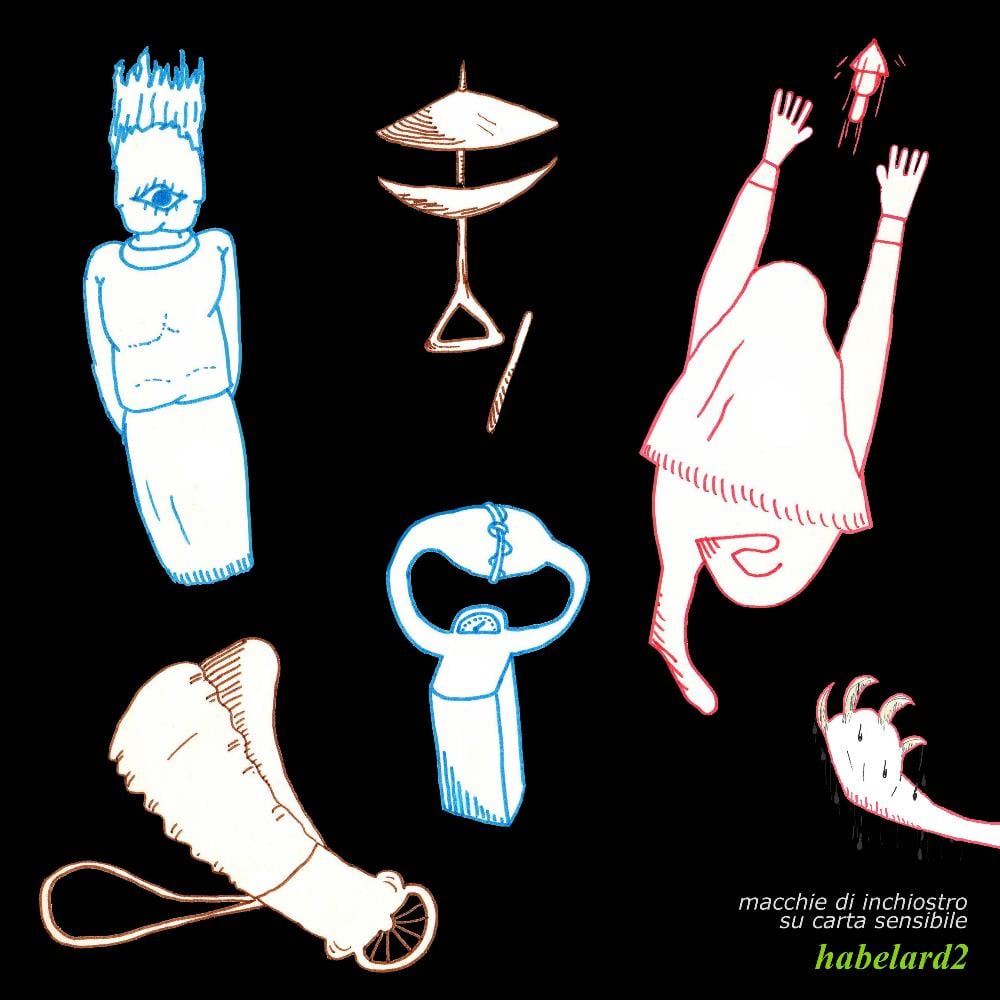
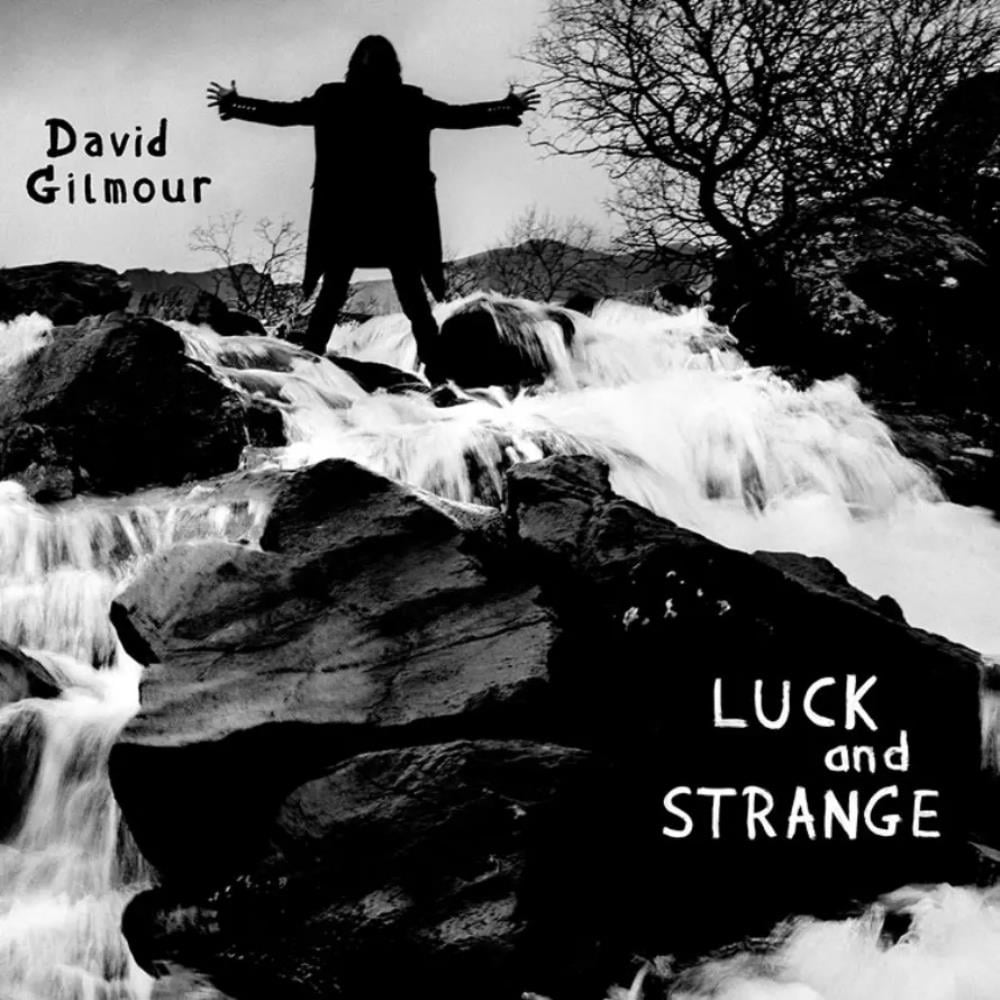
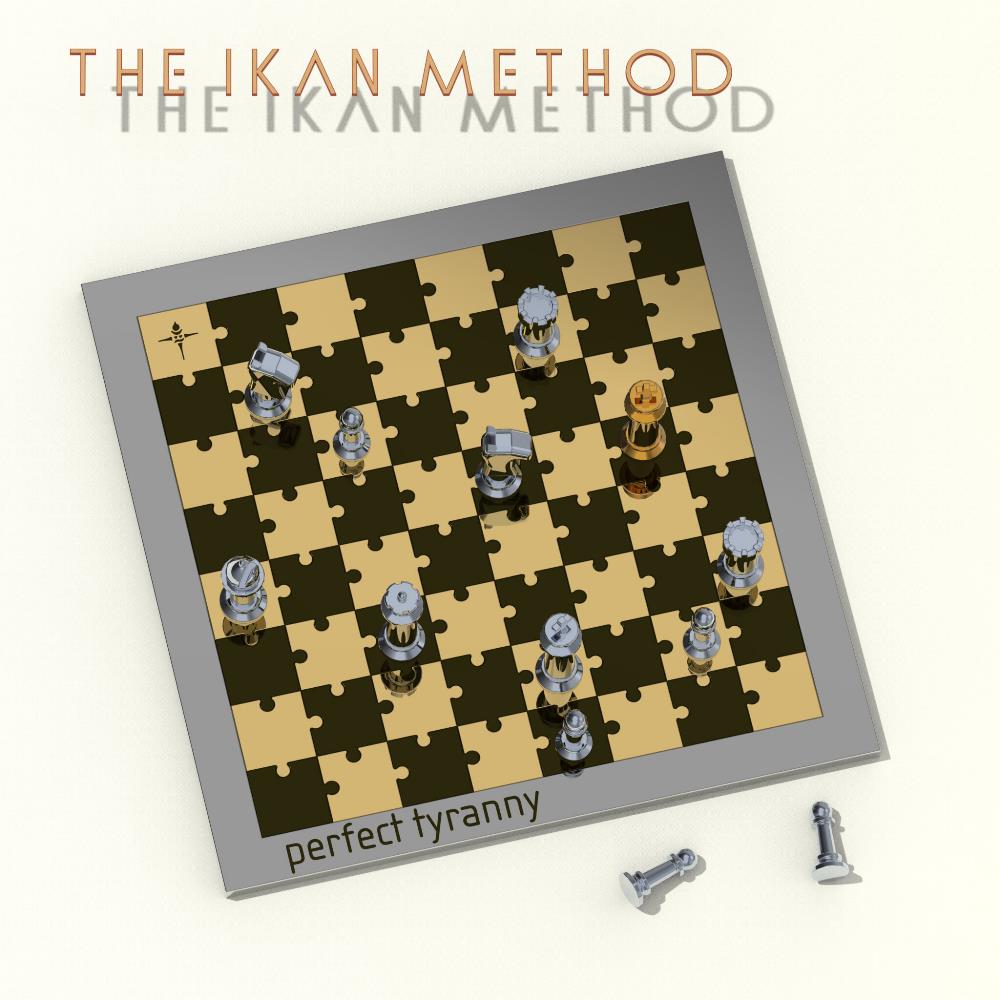
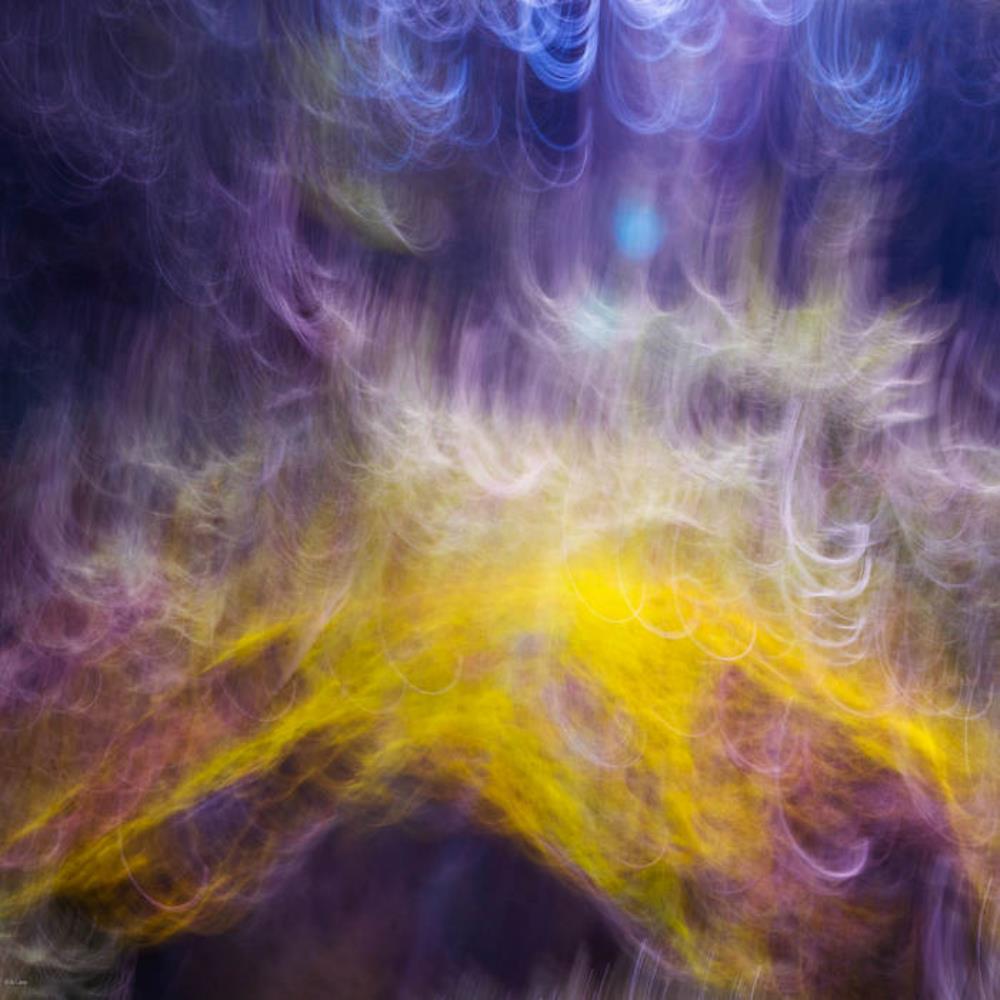
 |
|